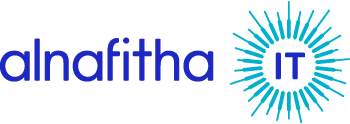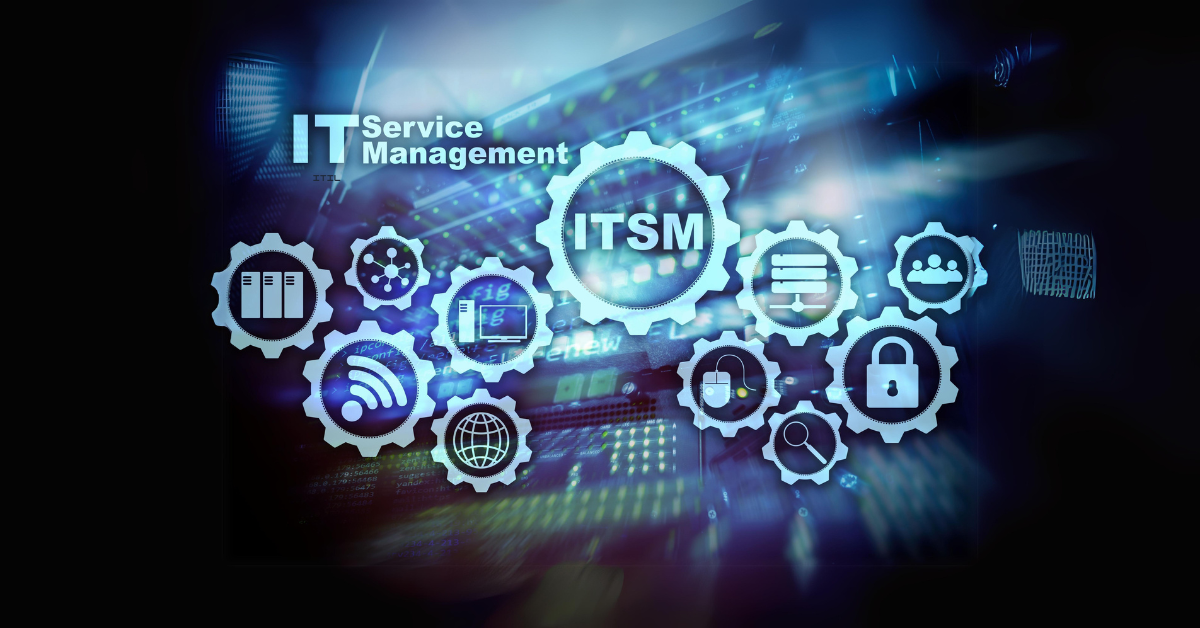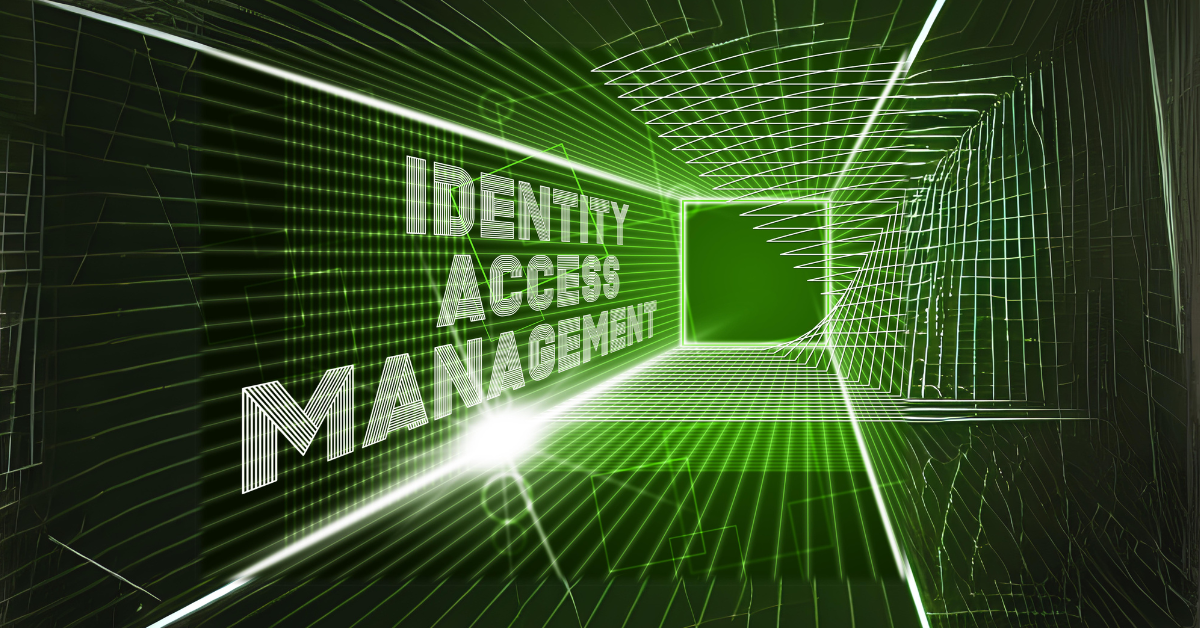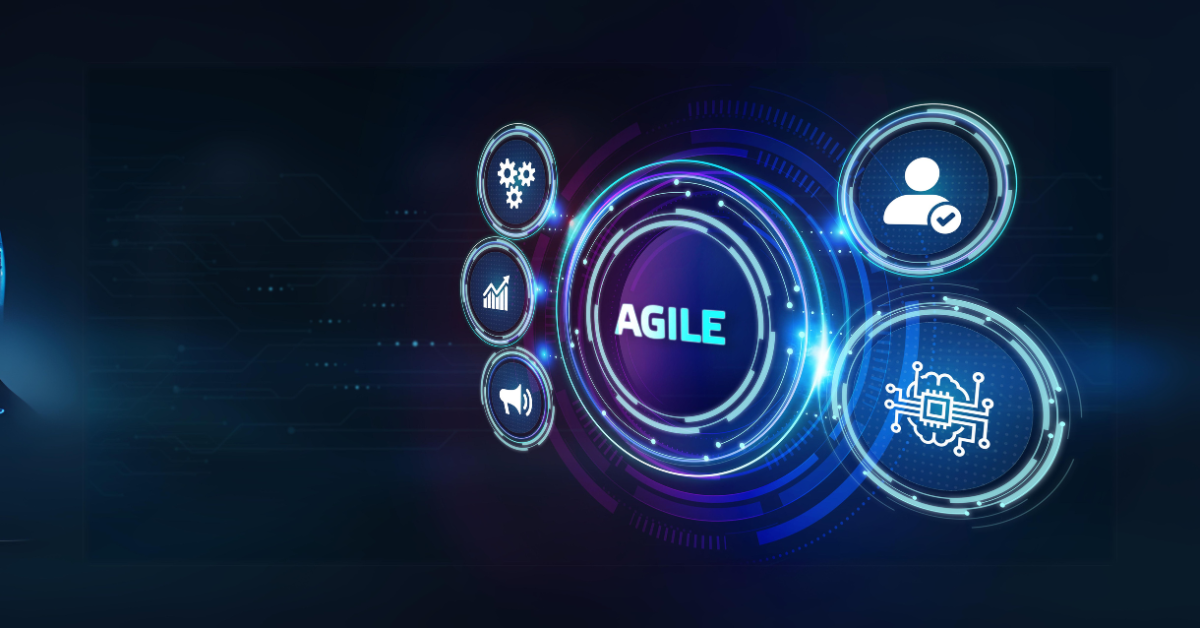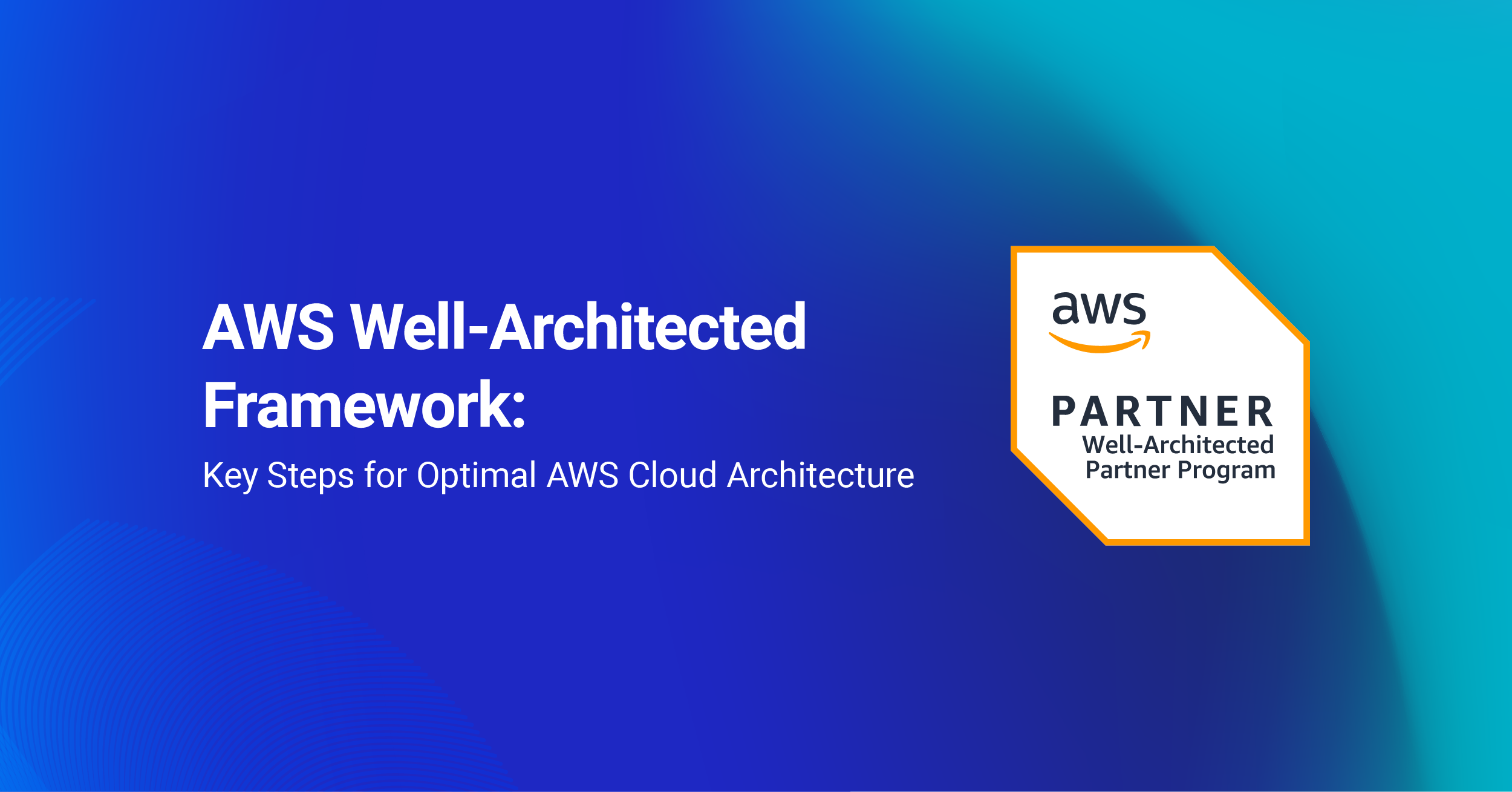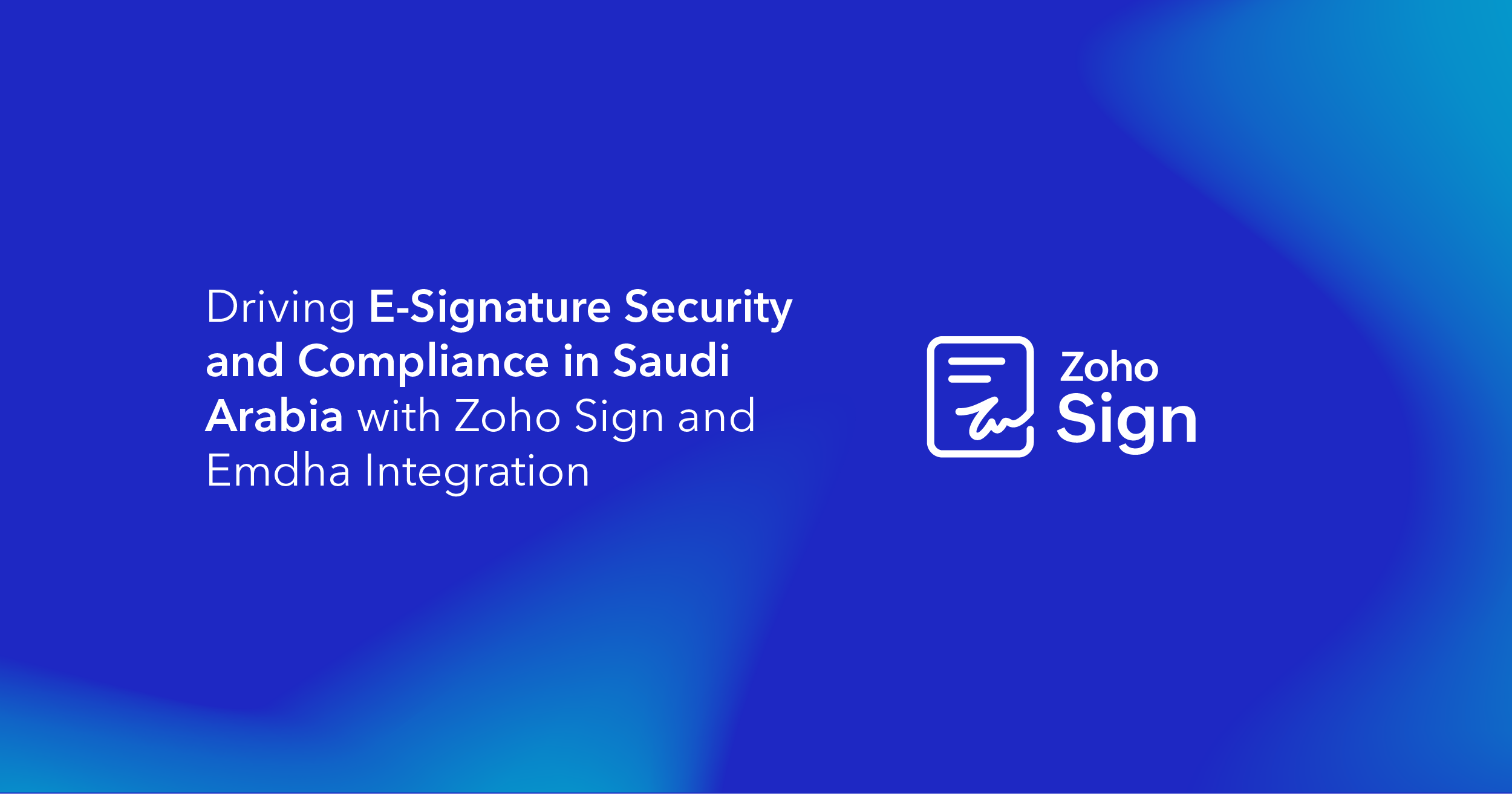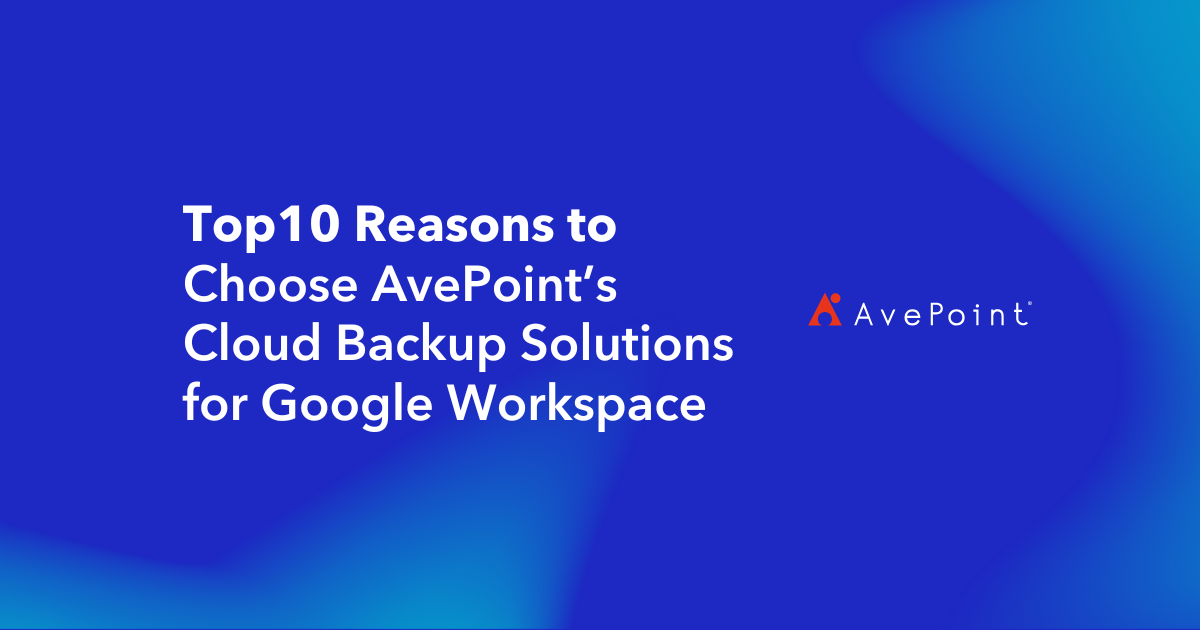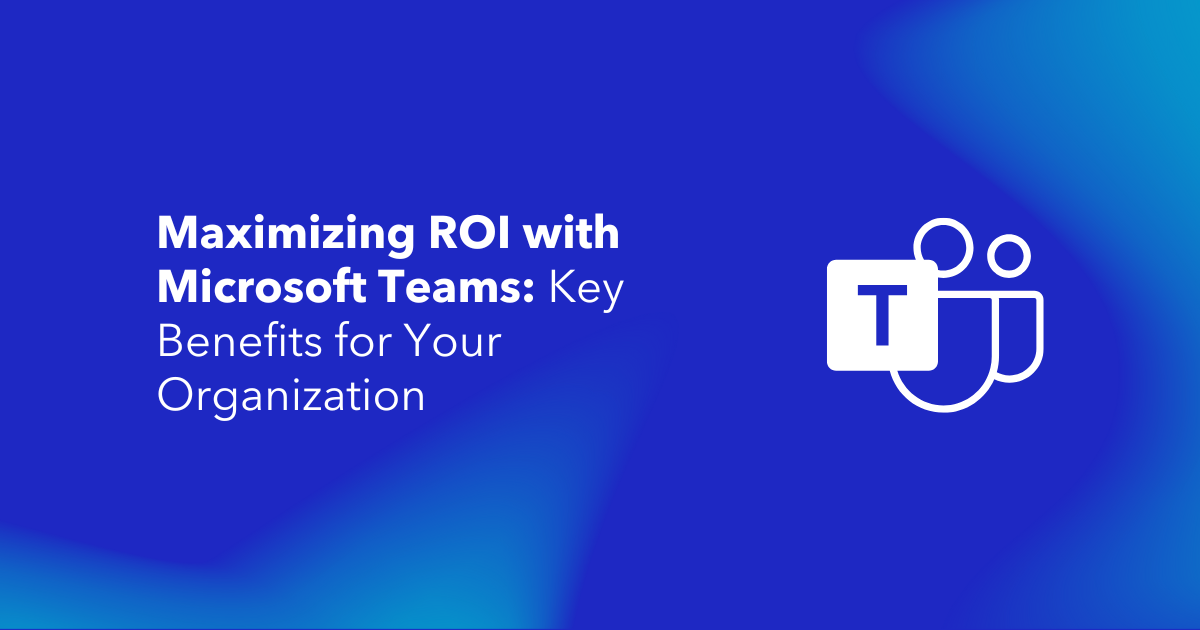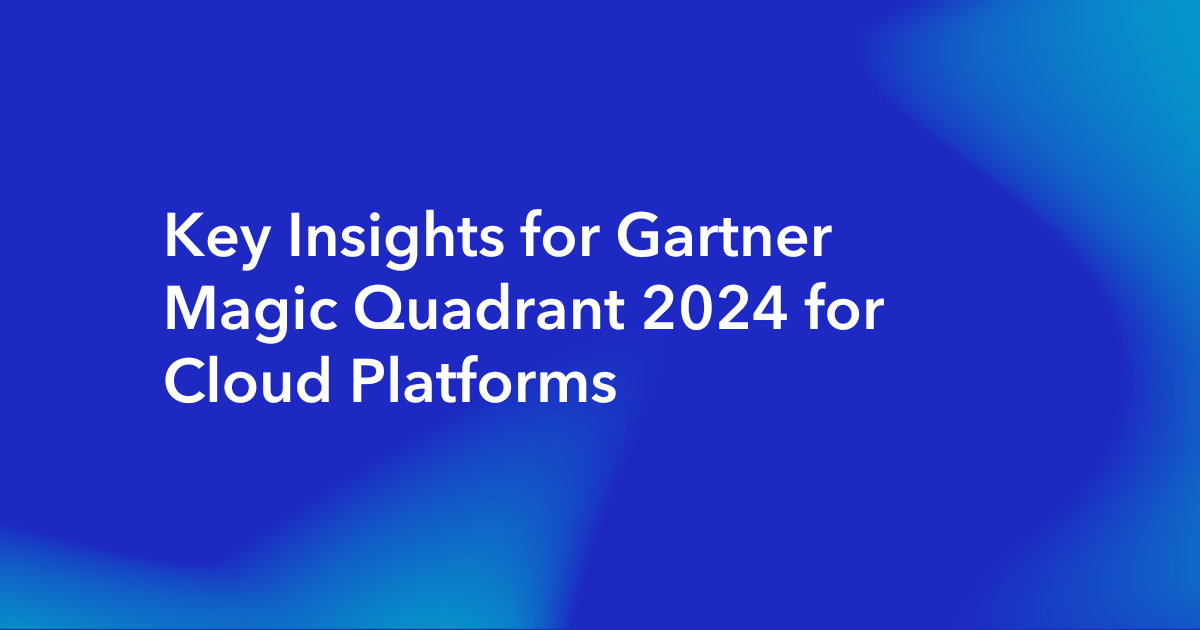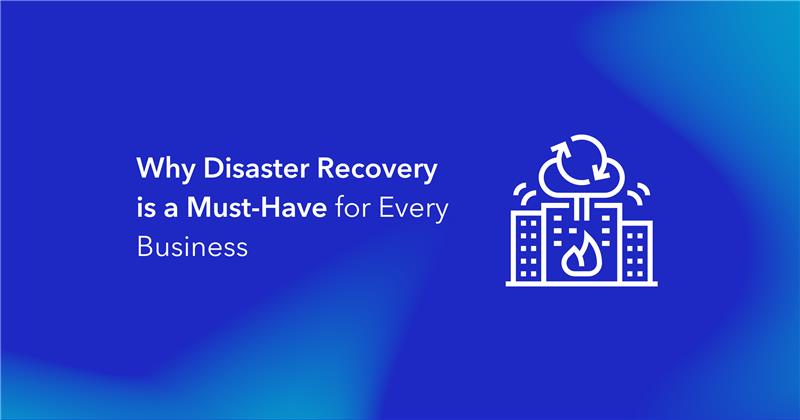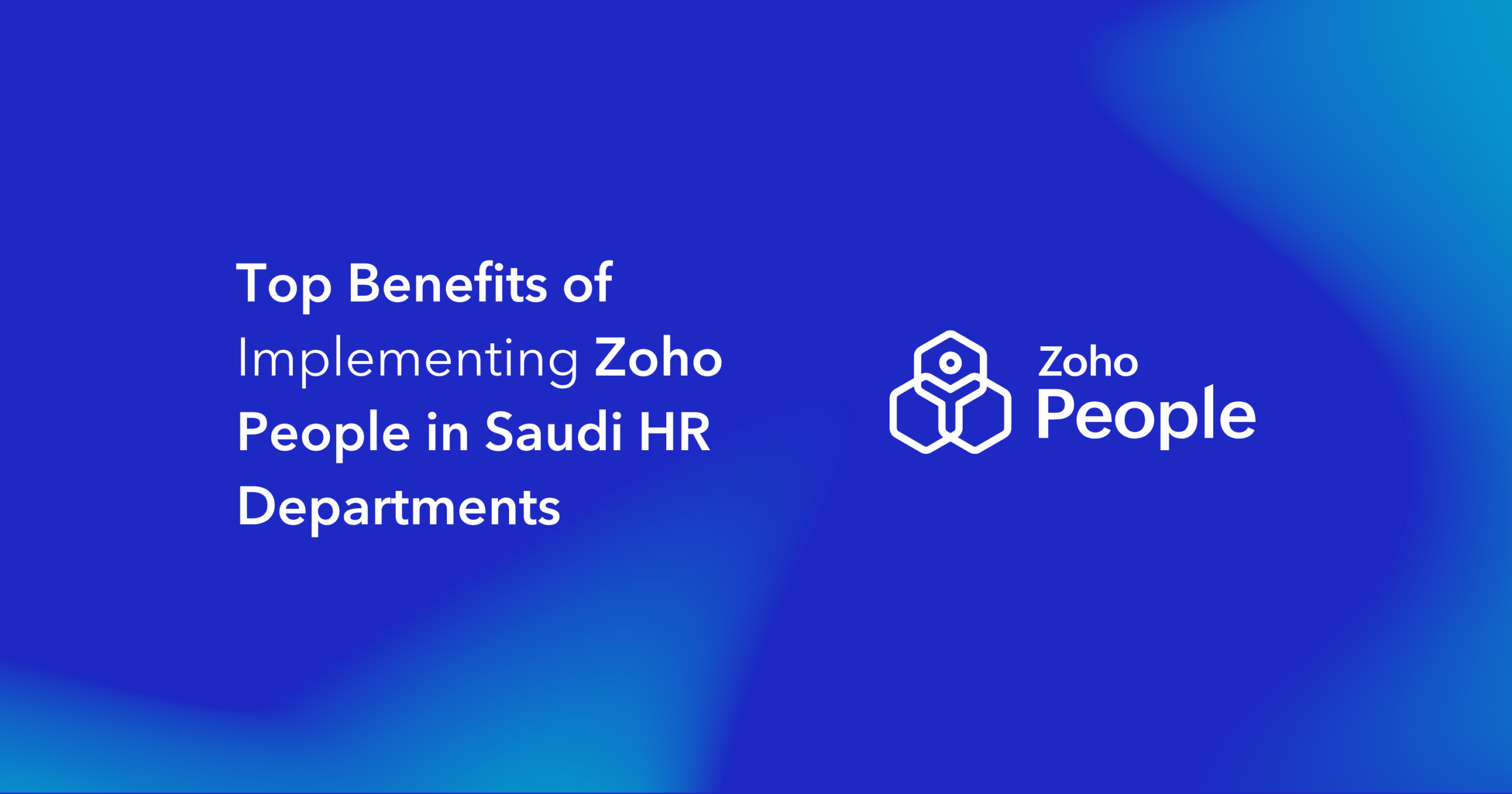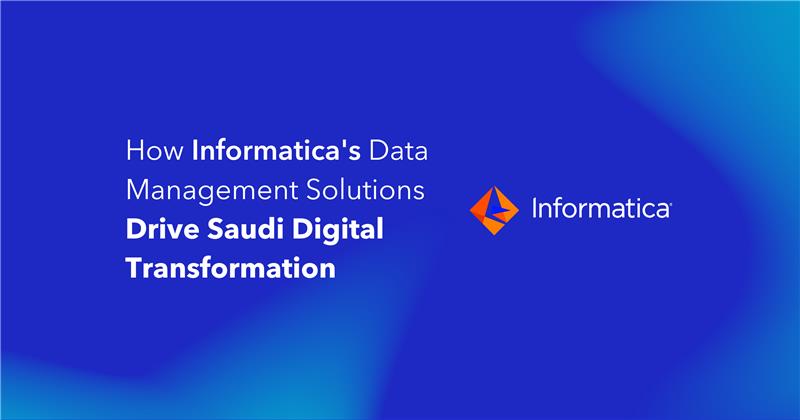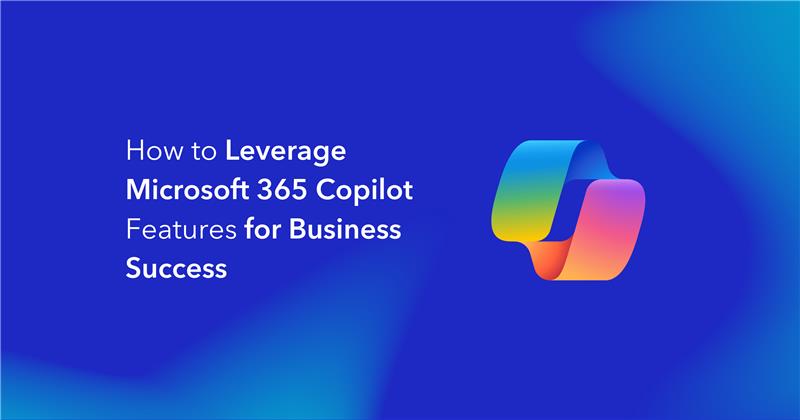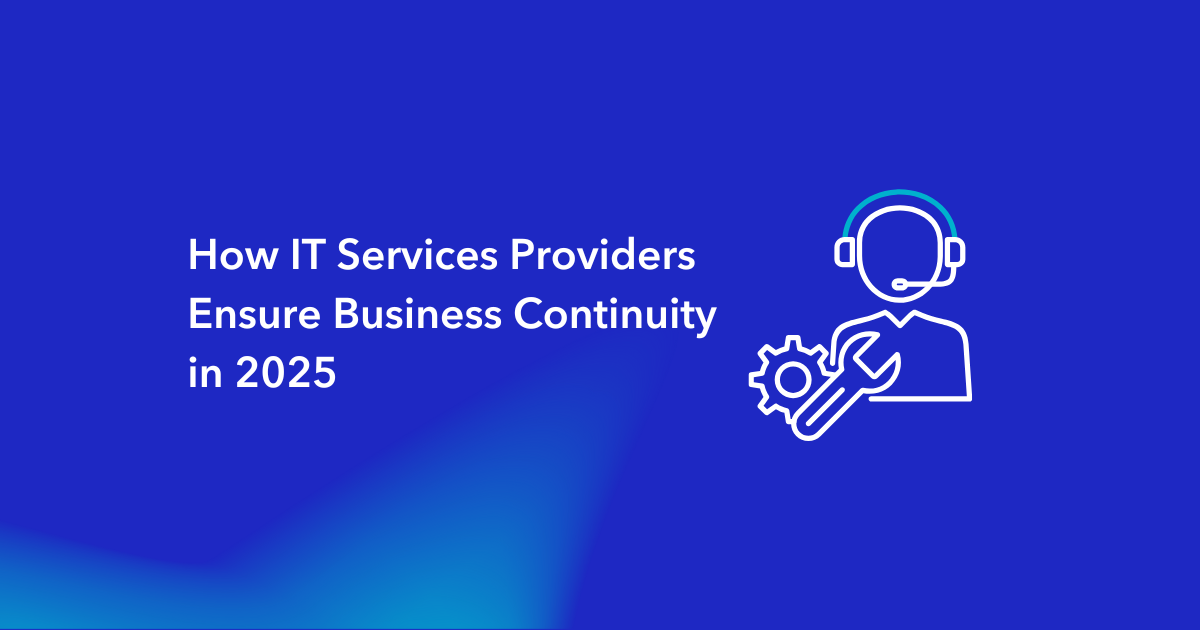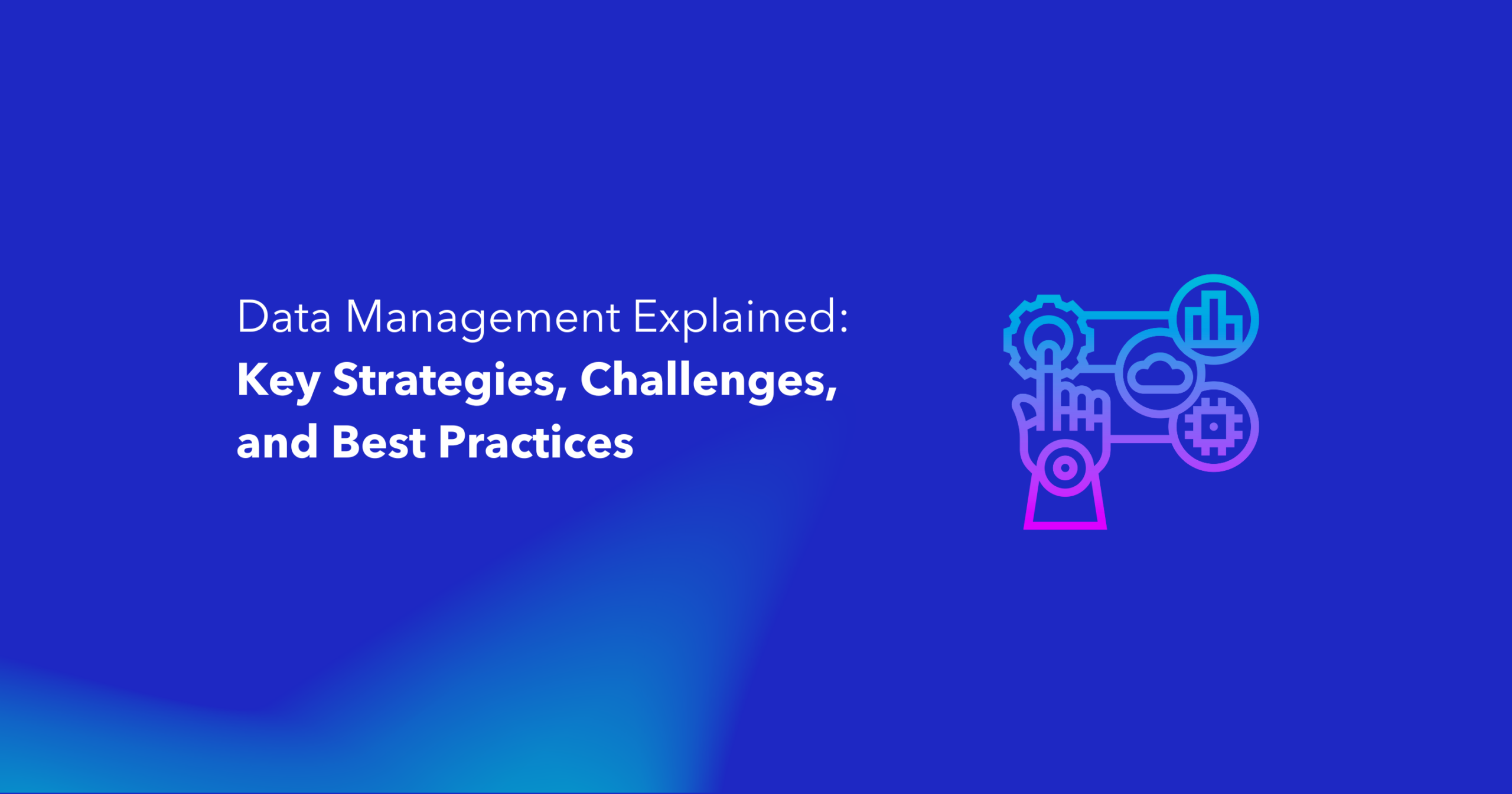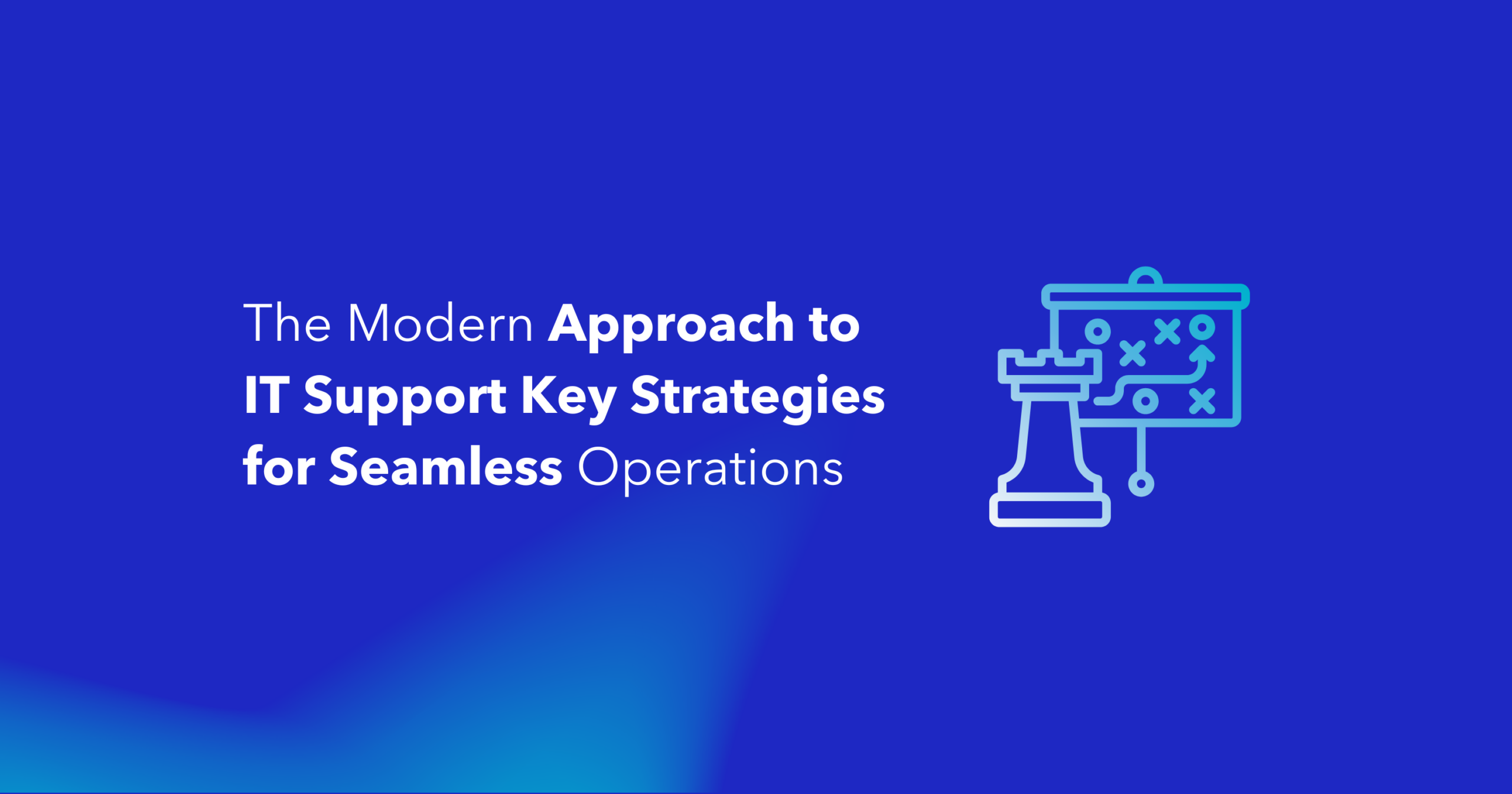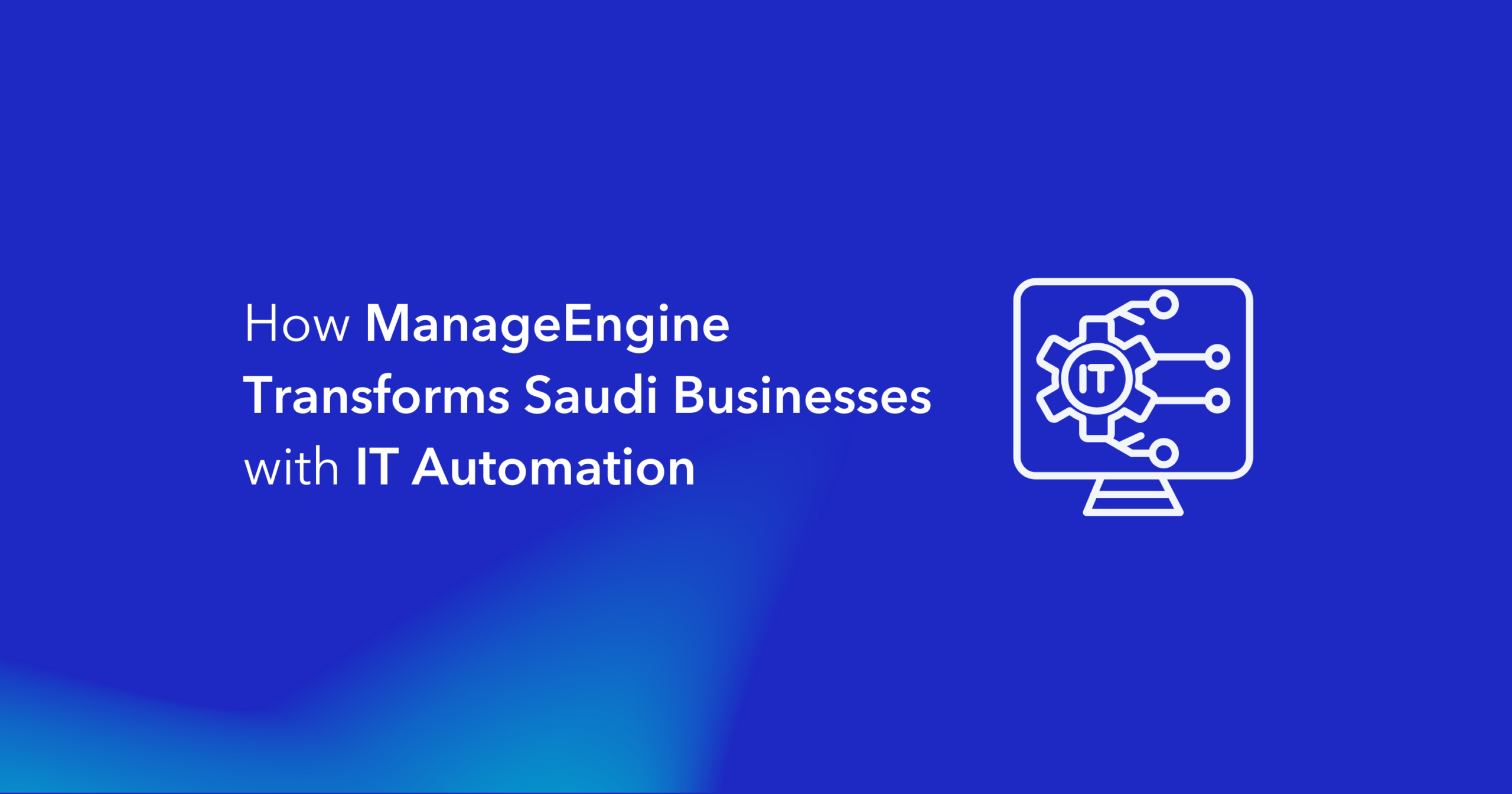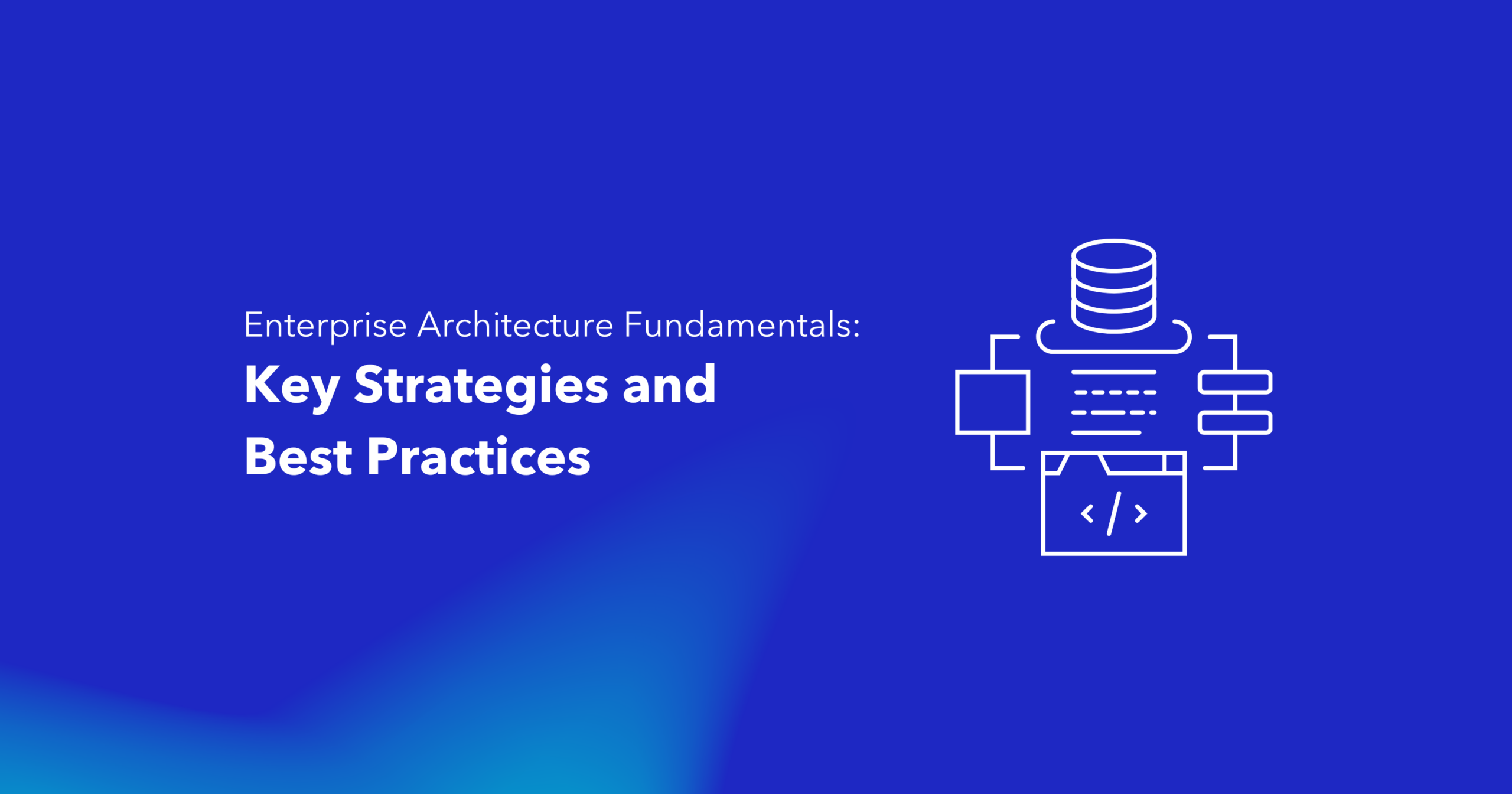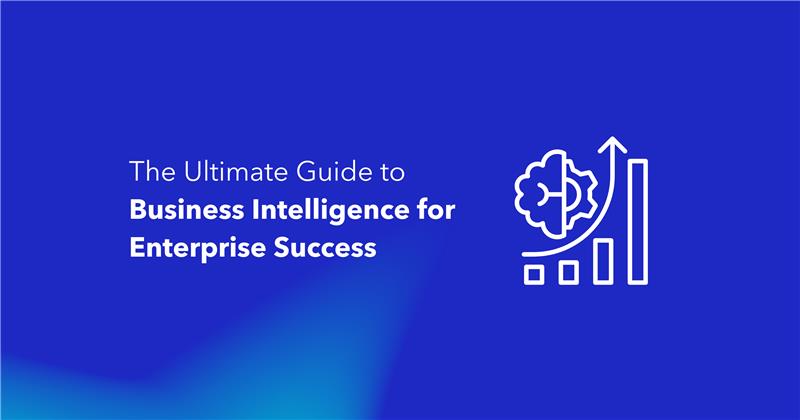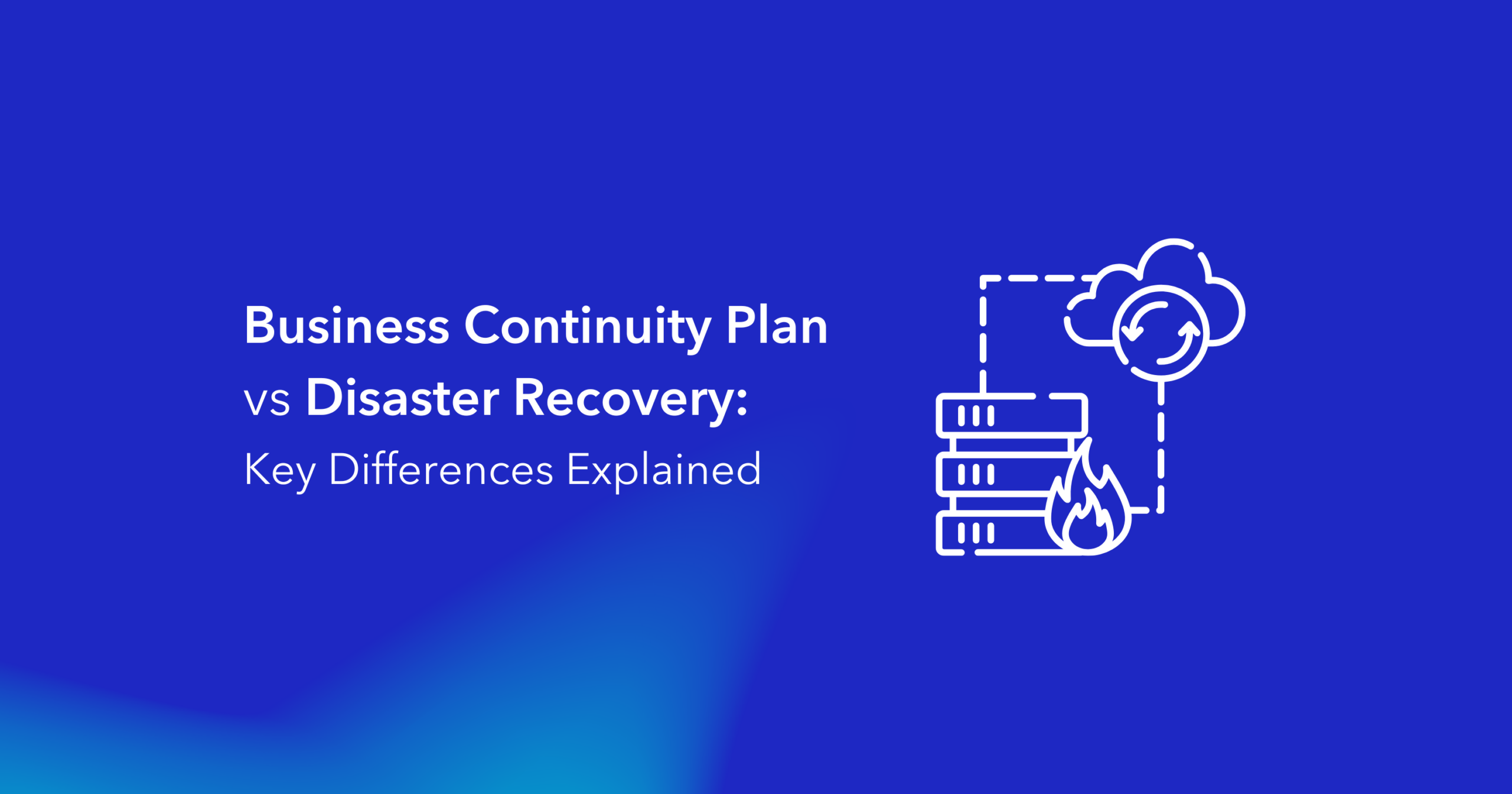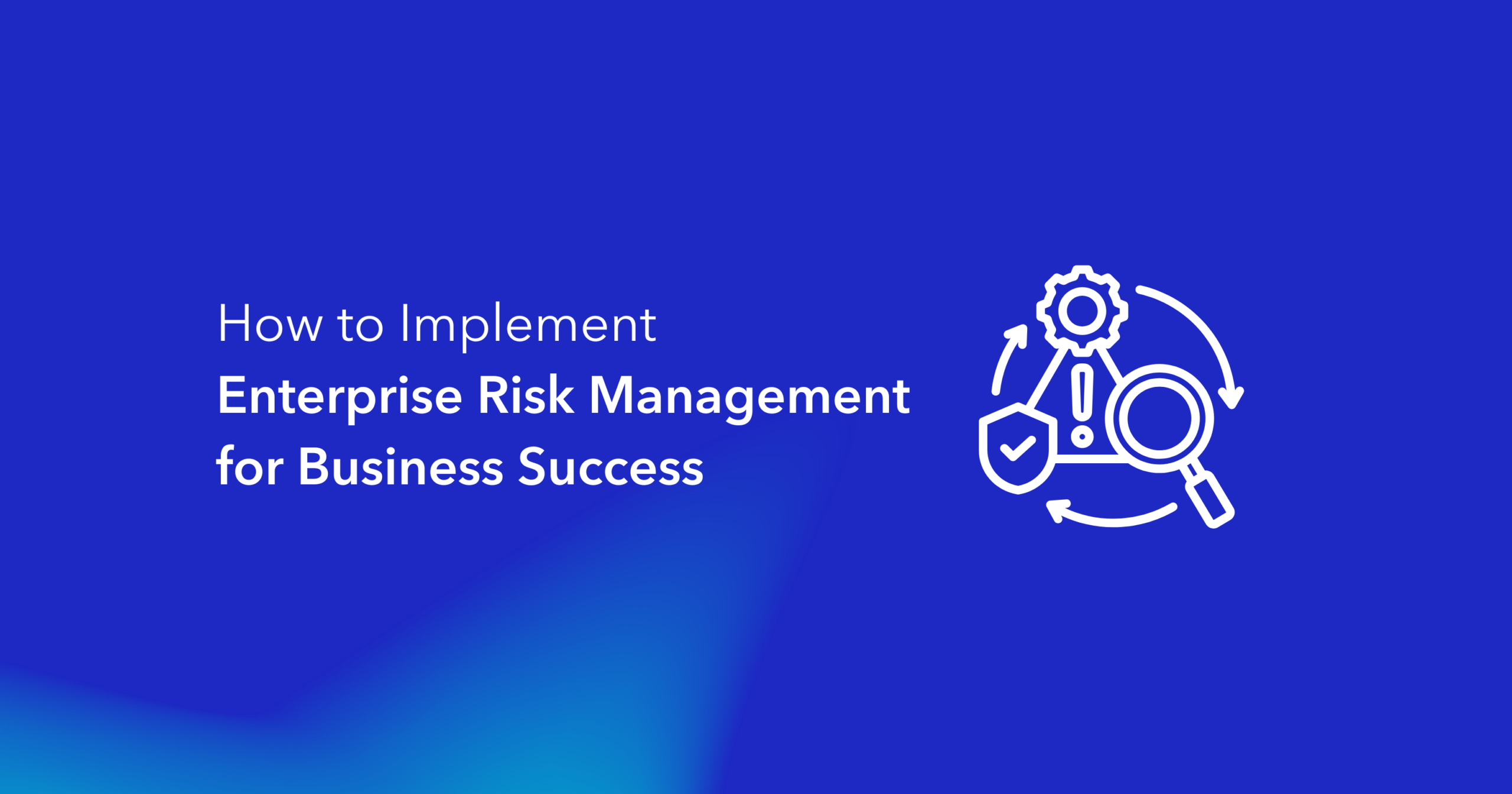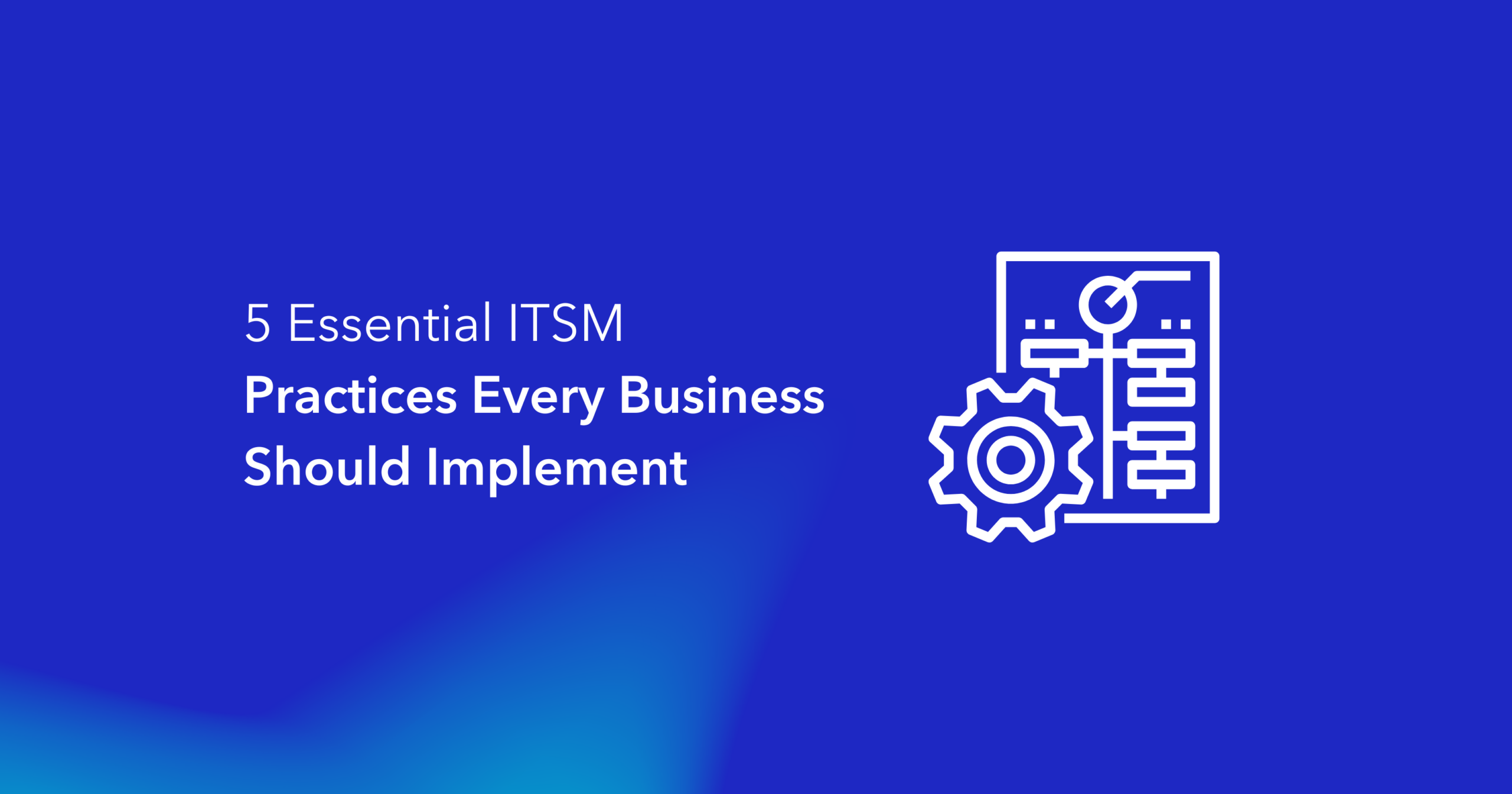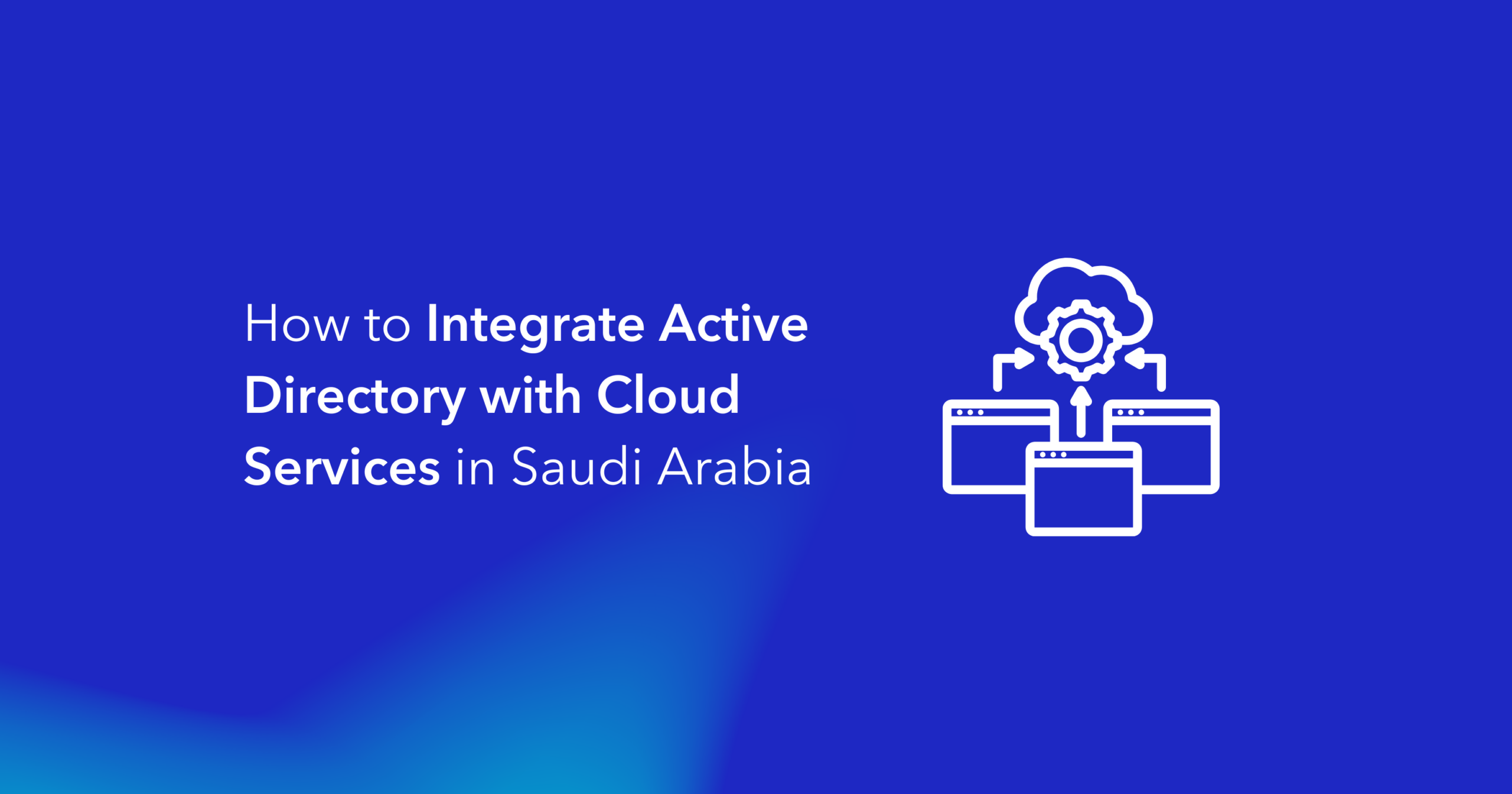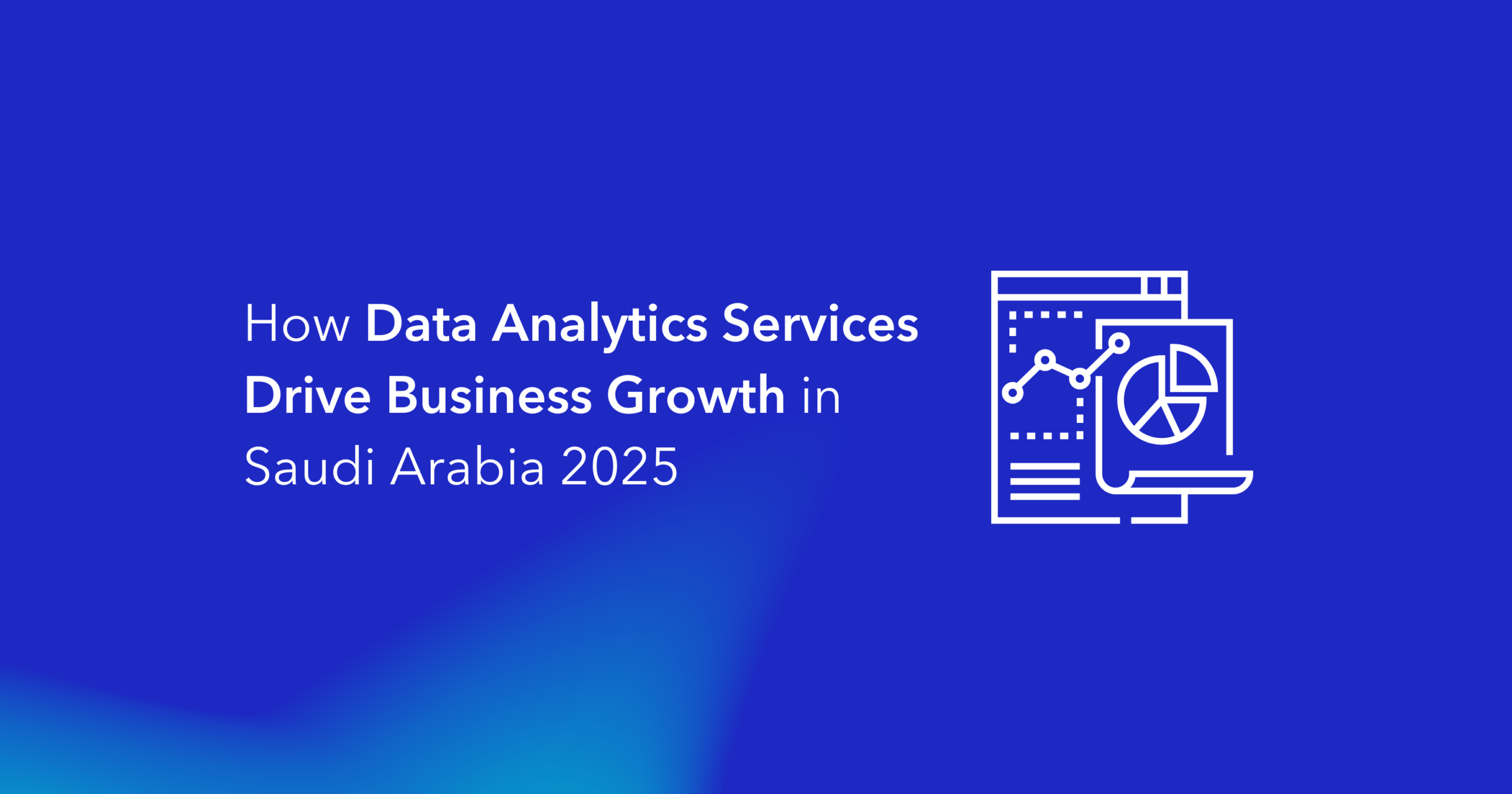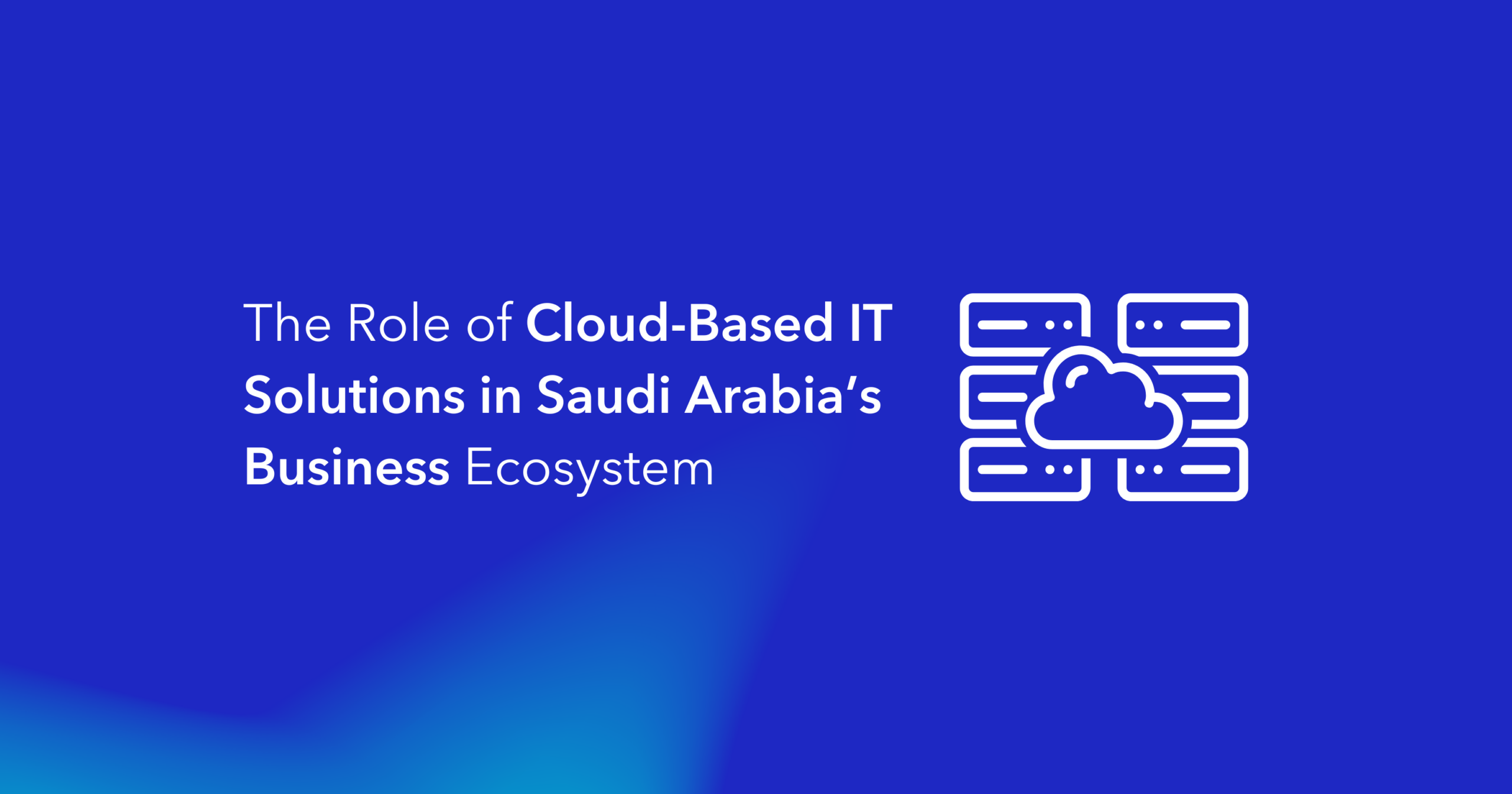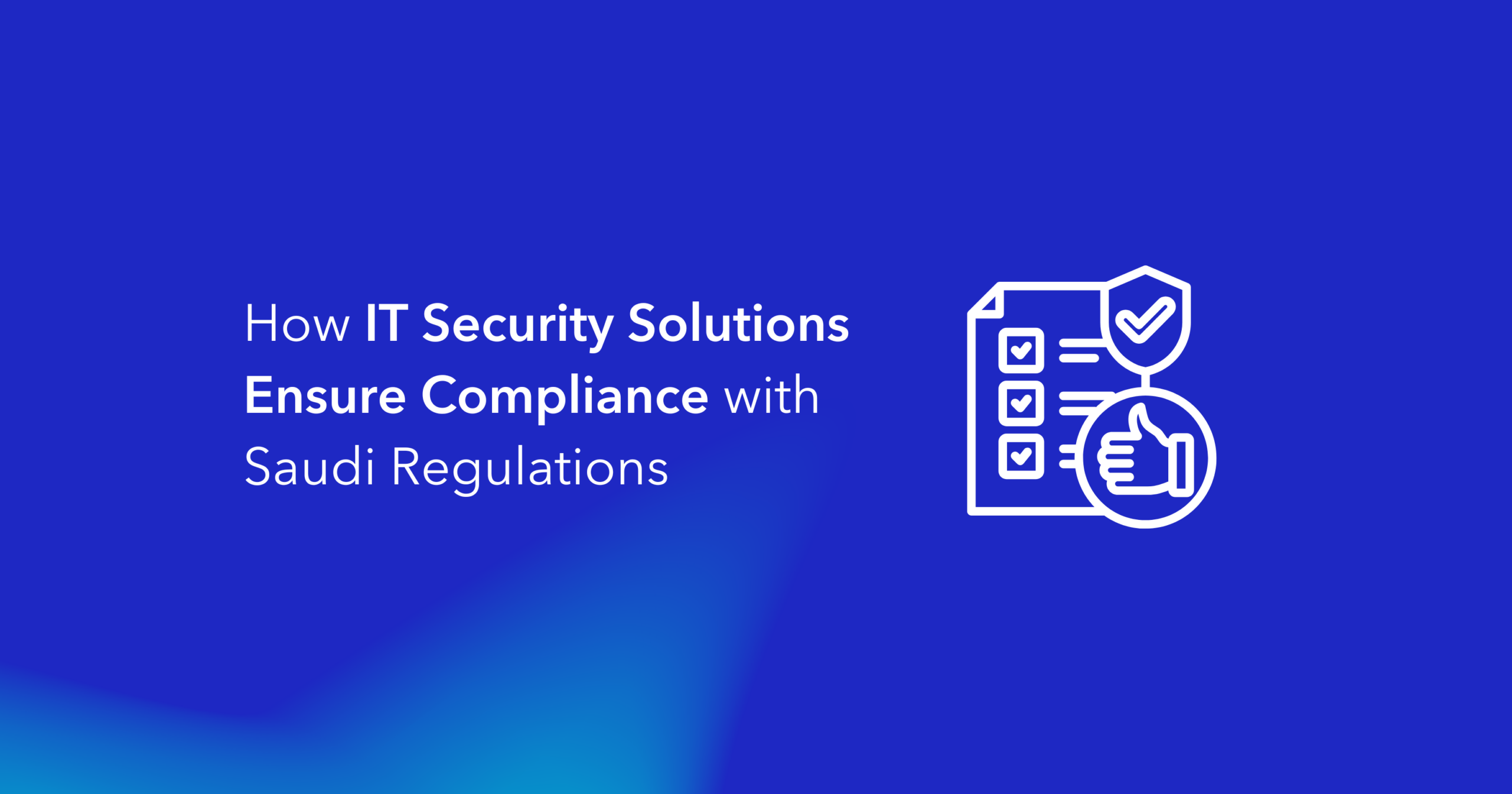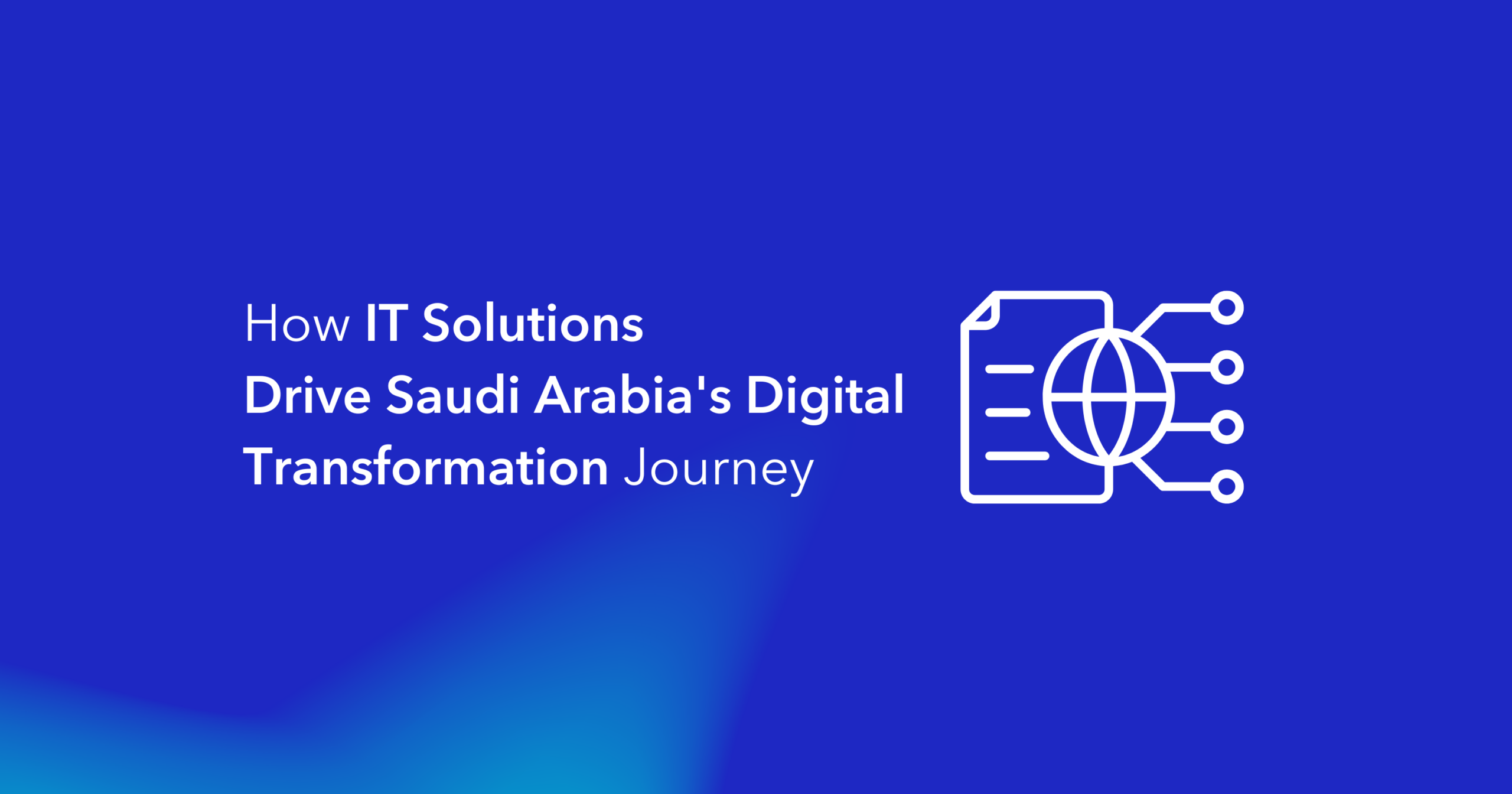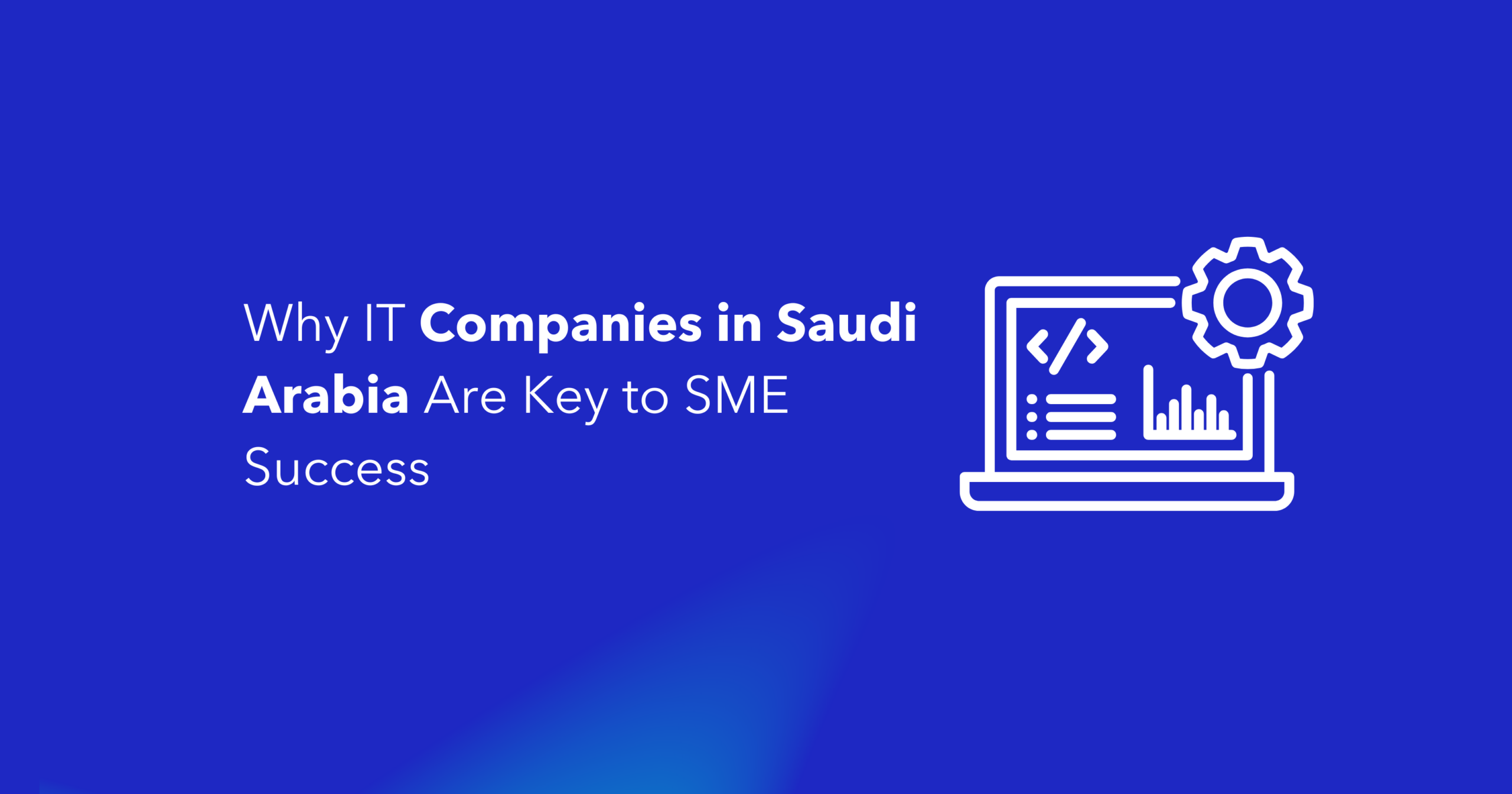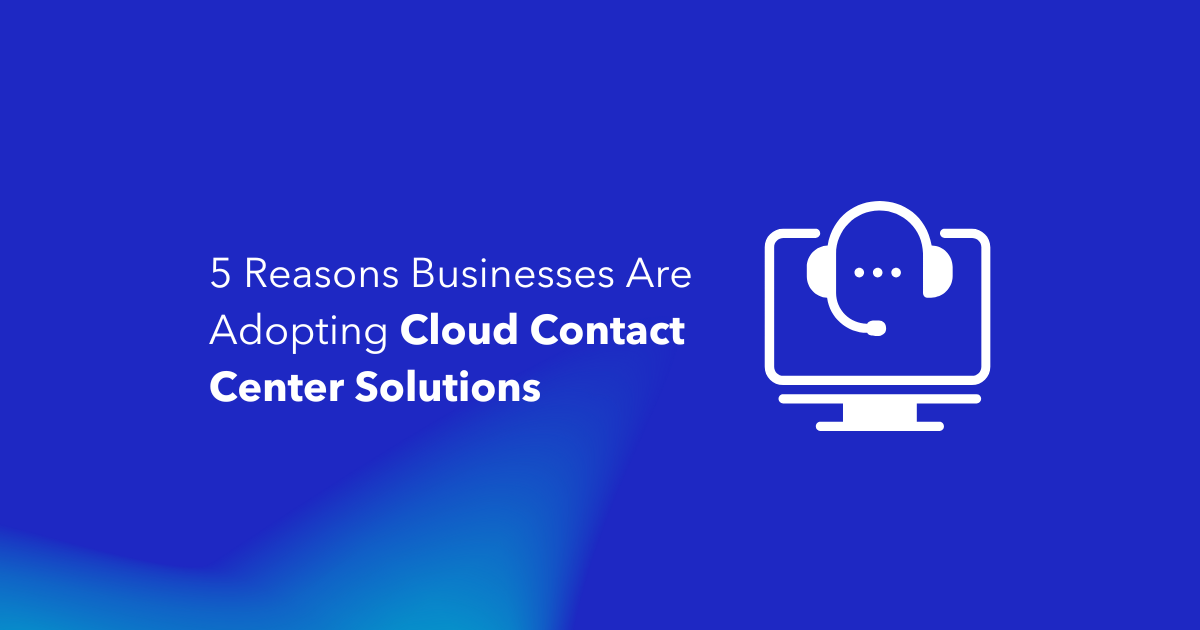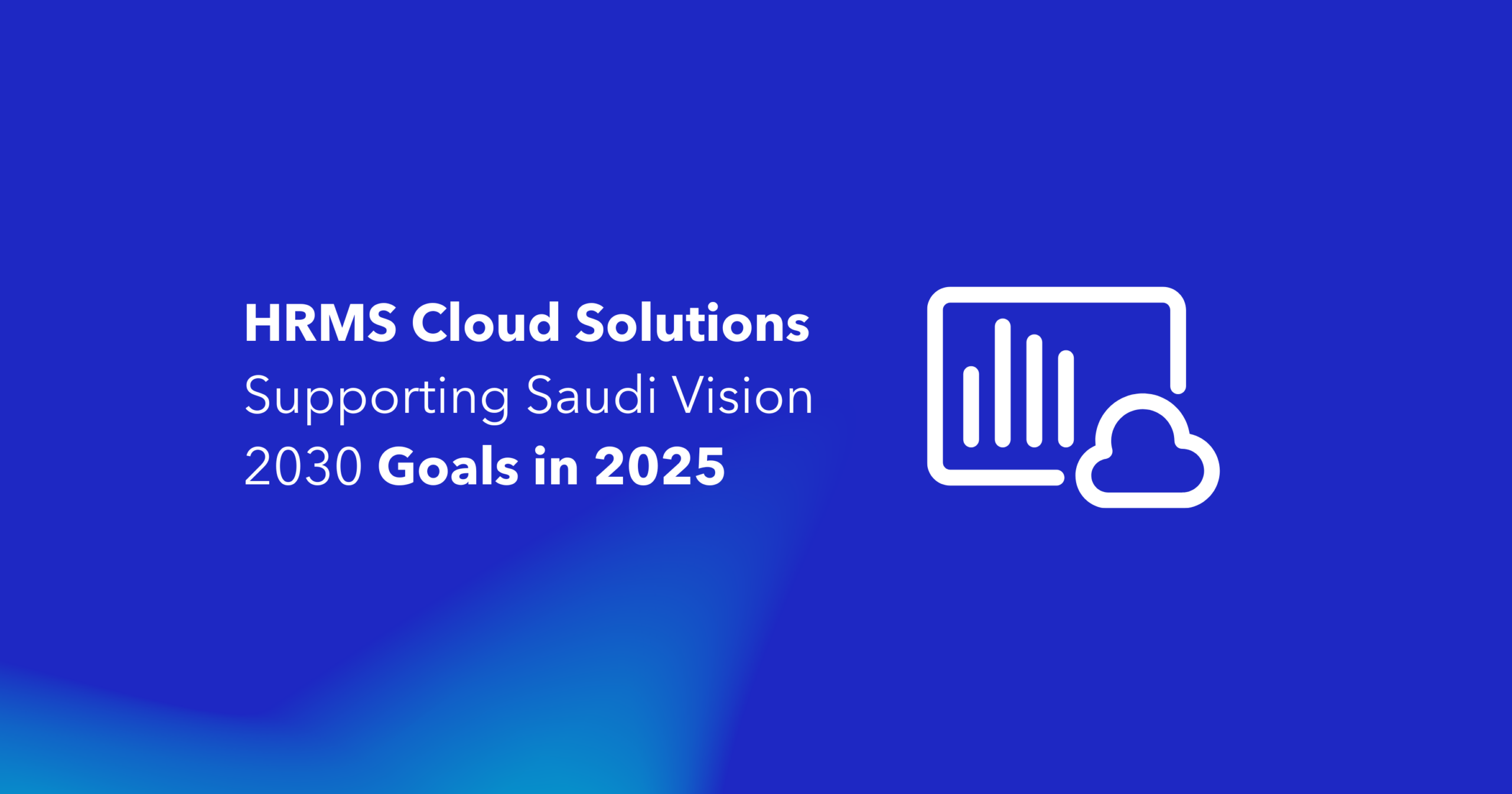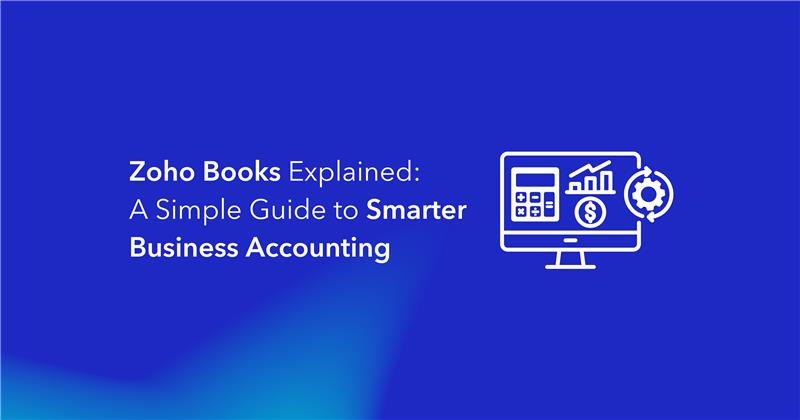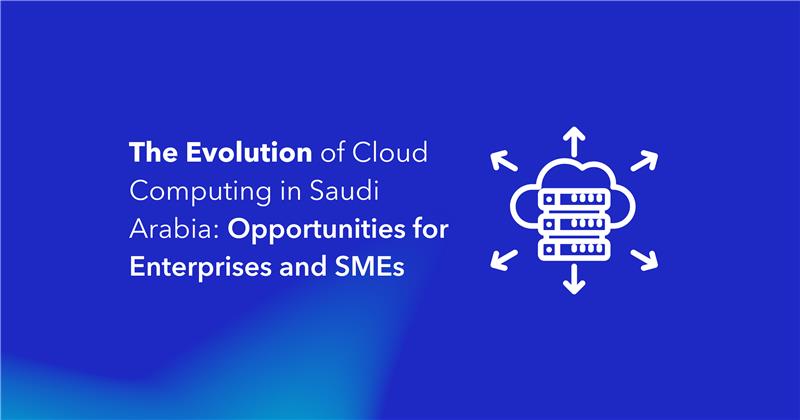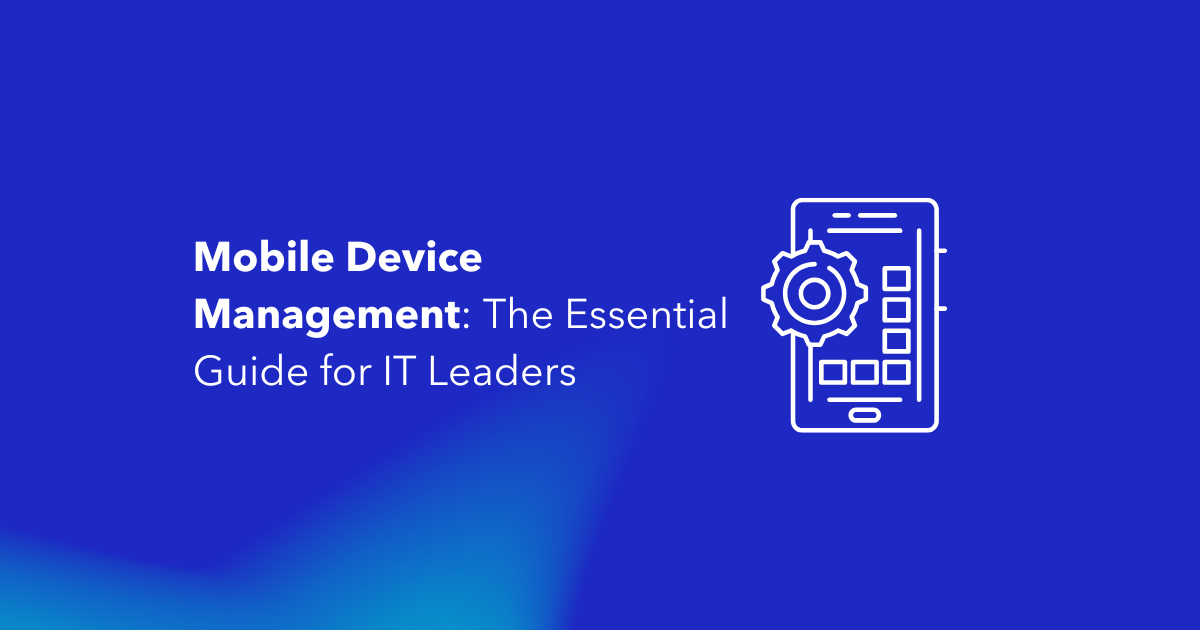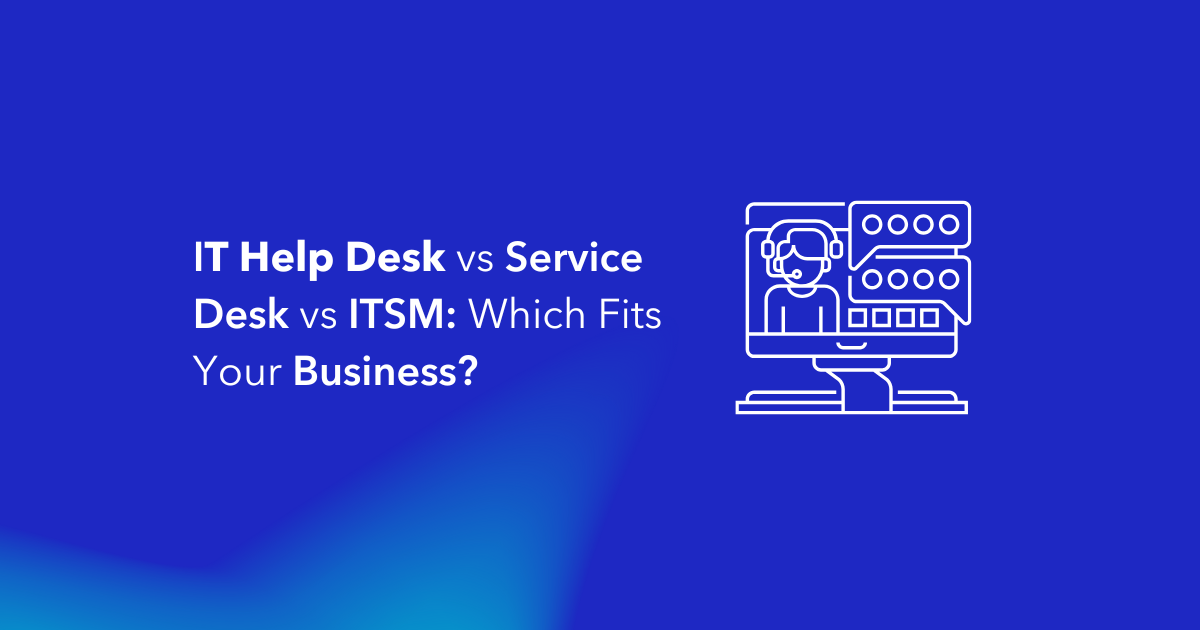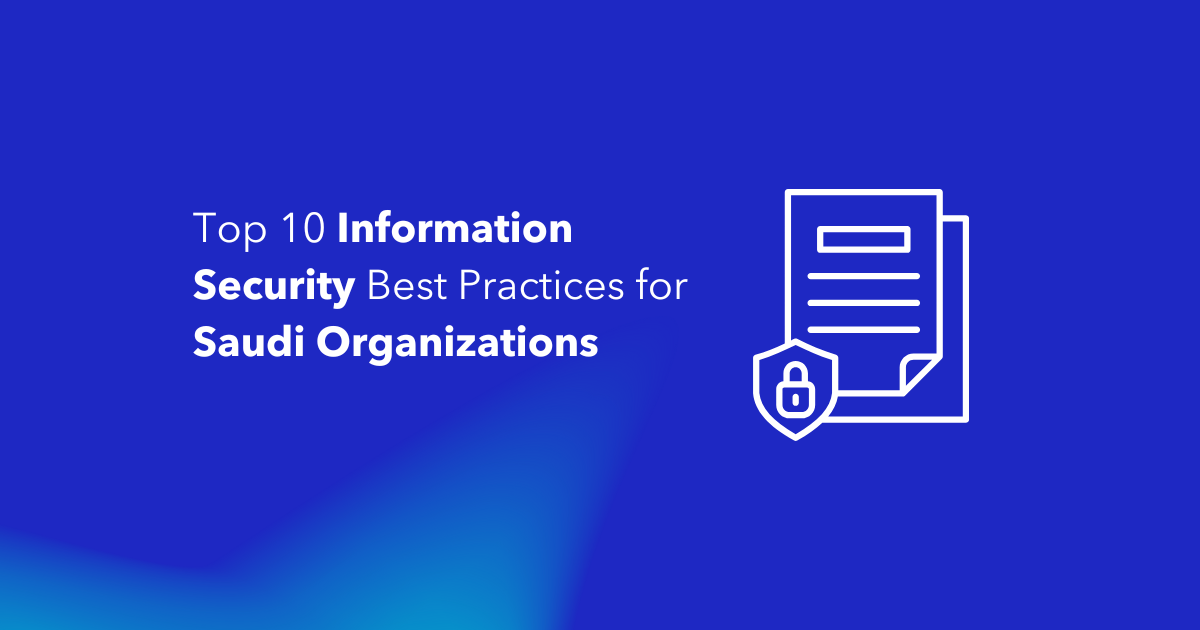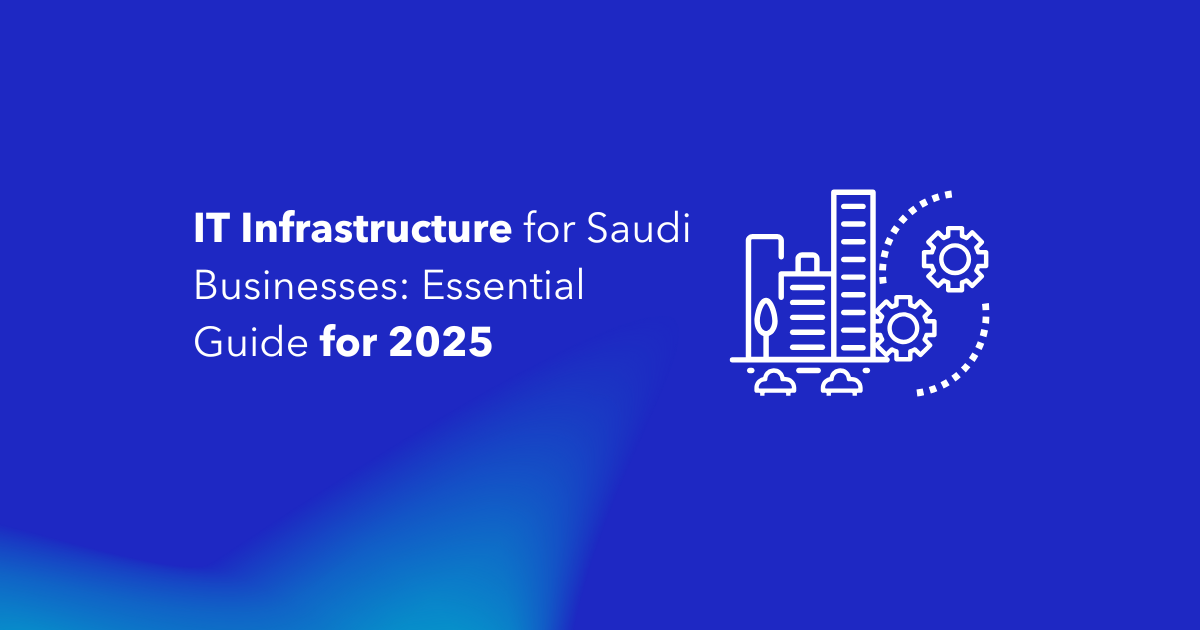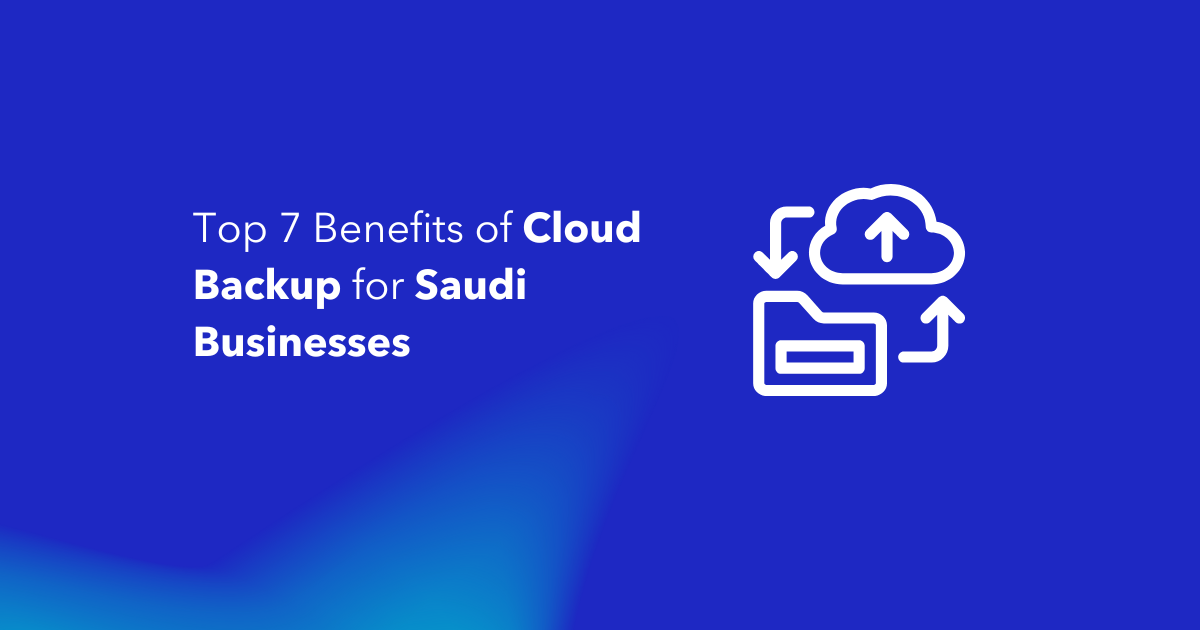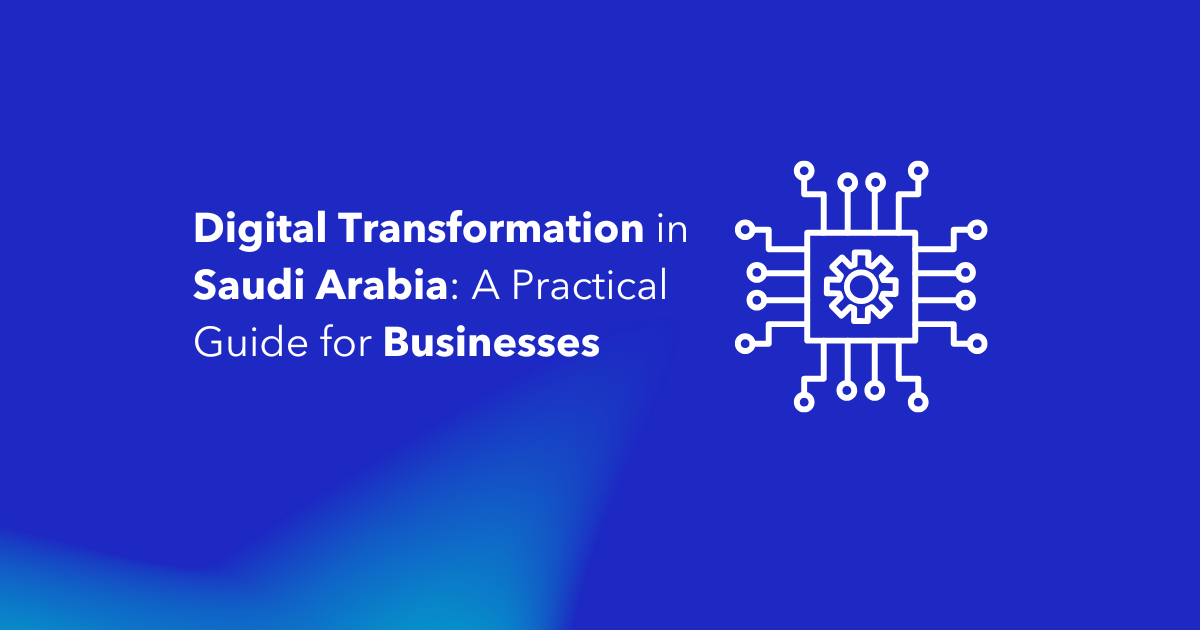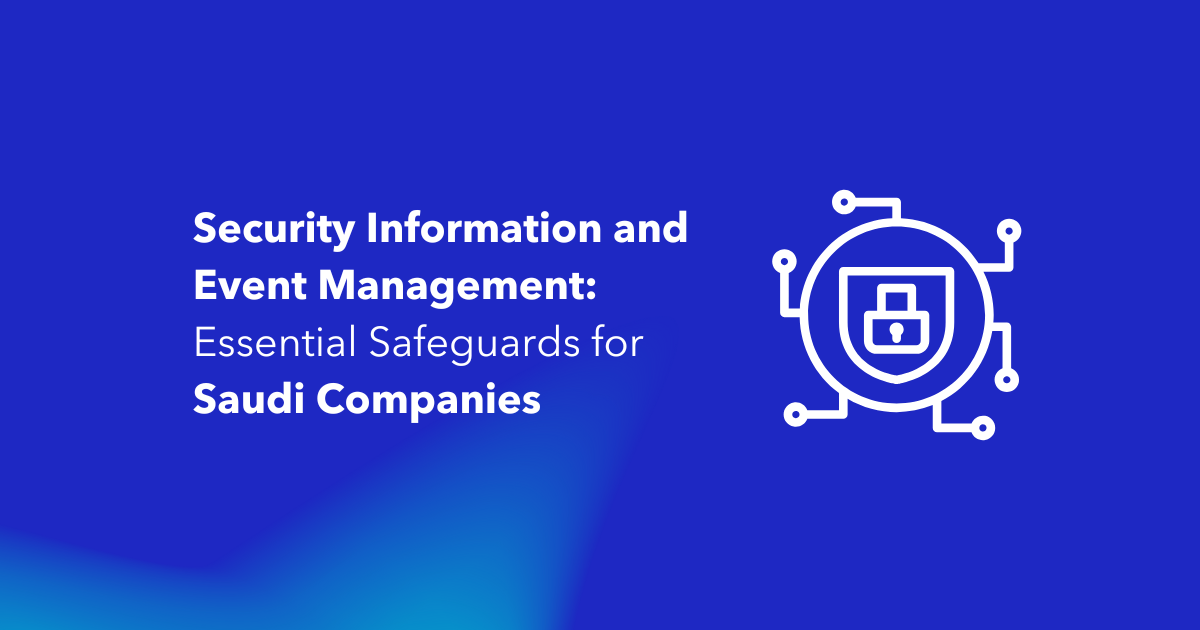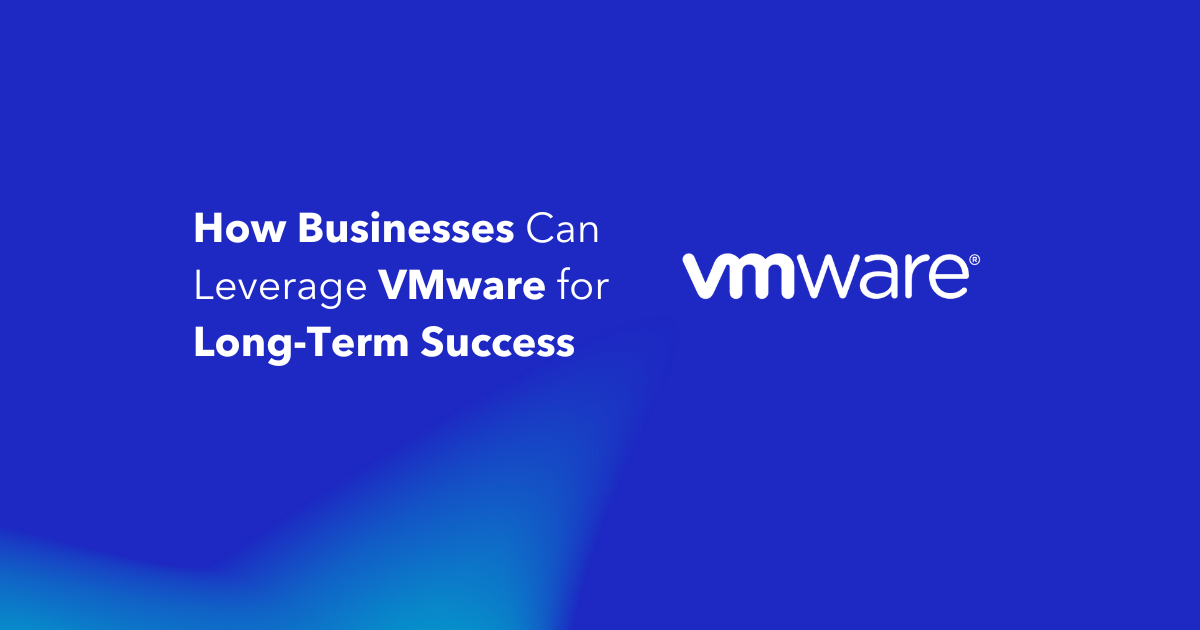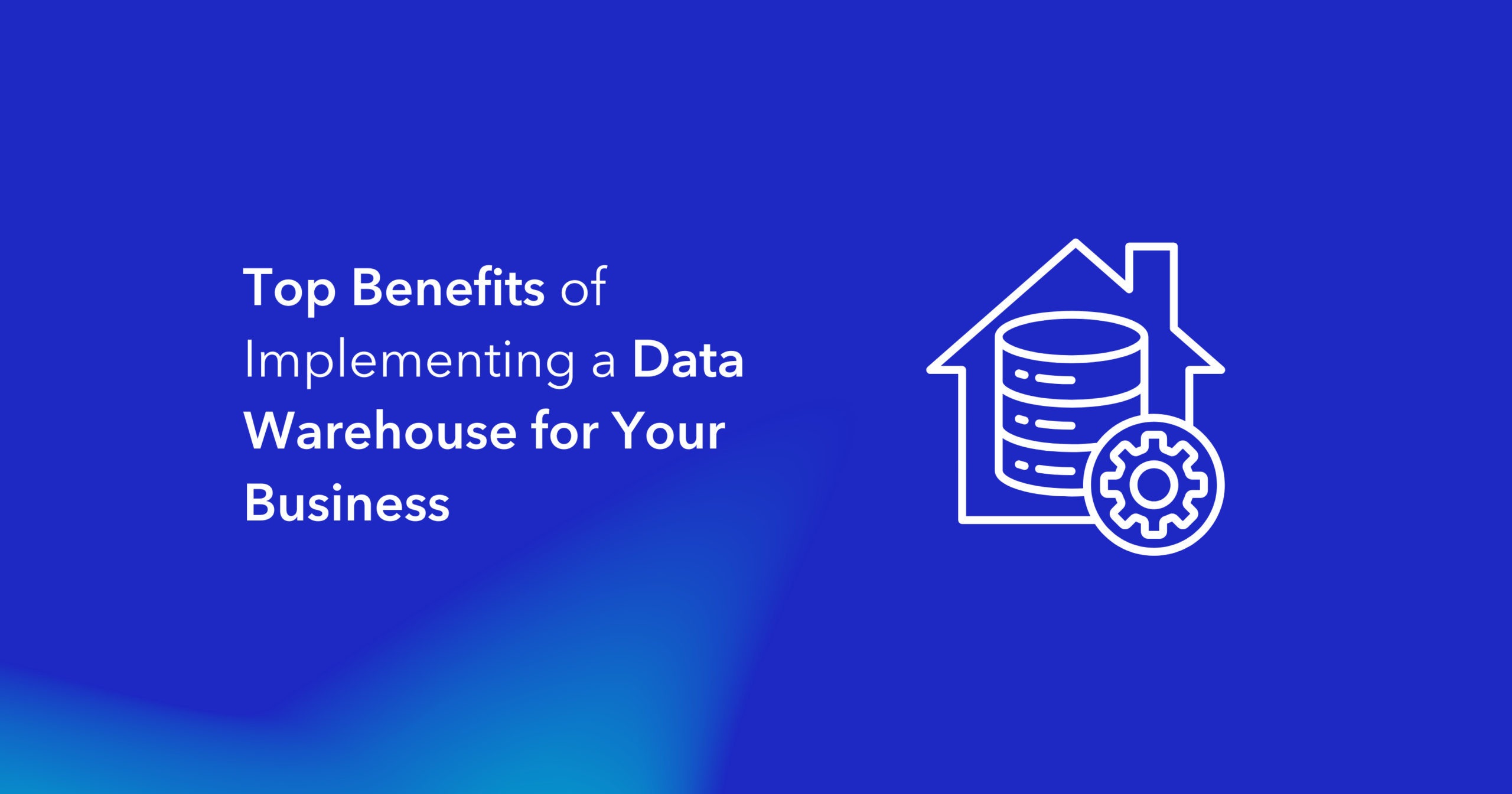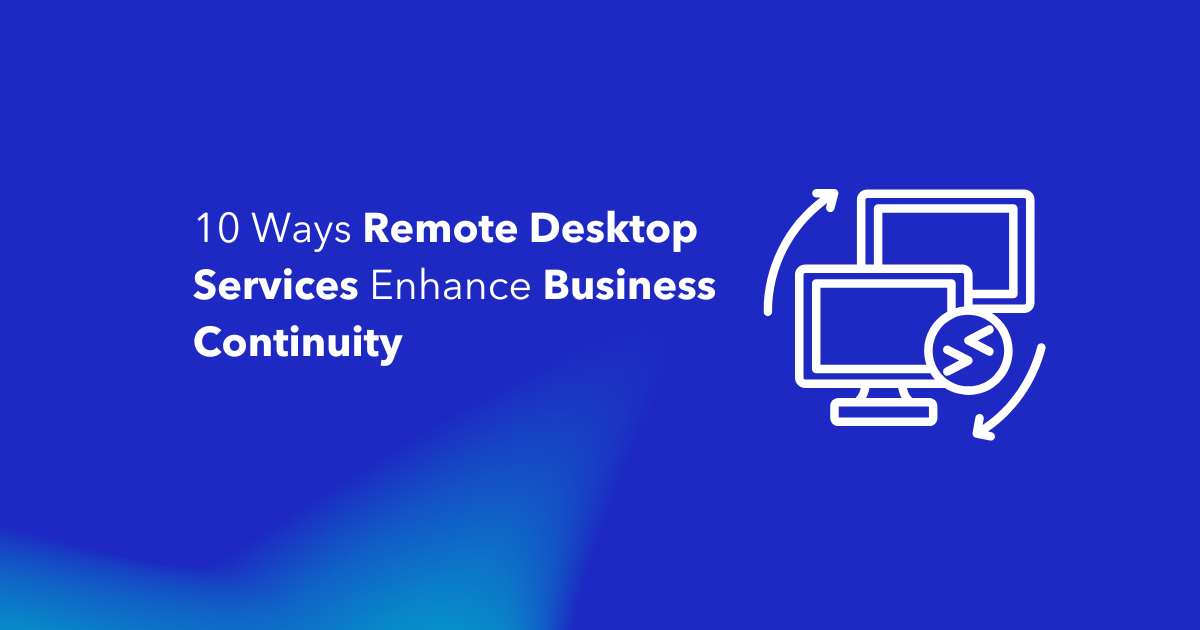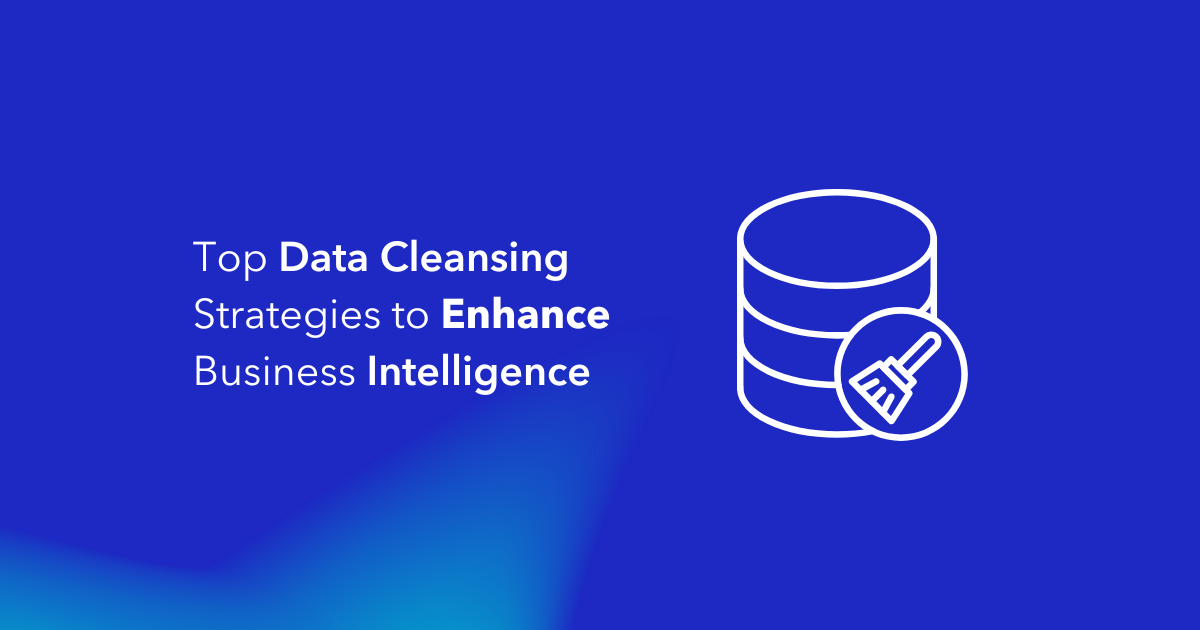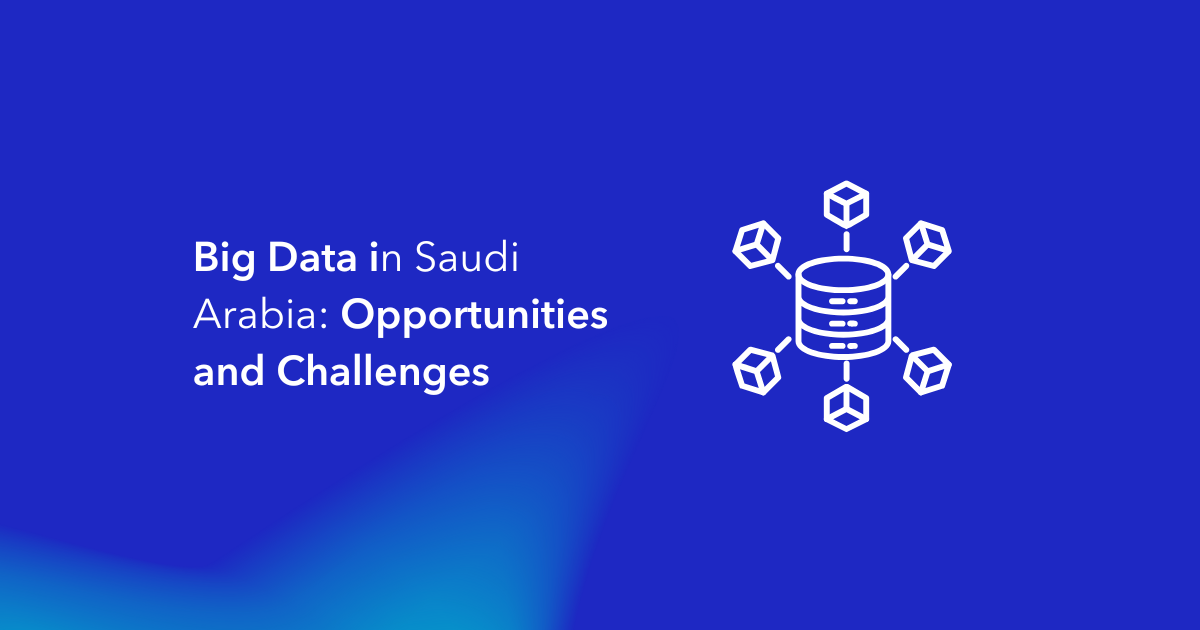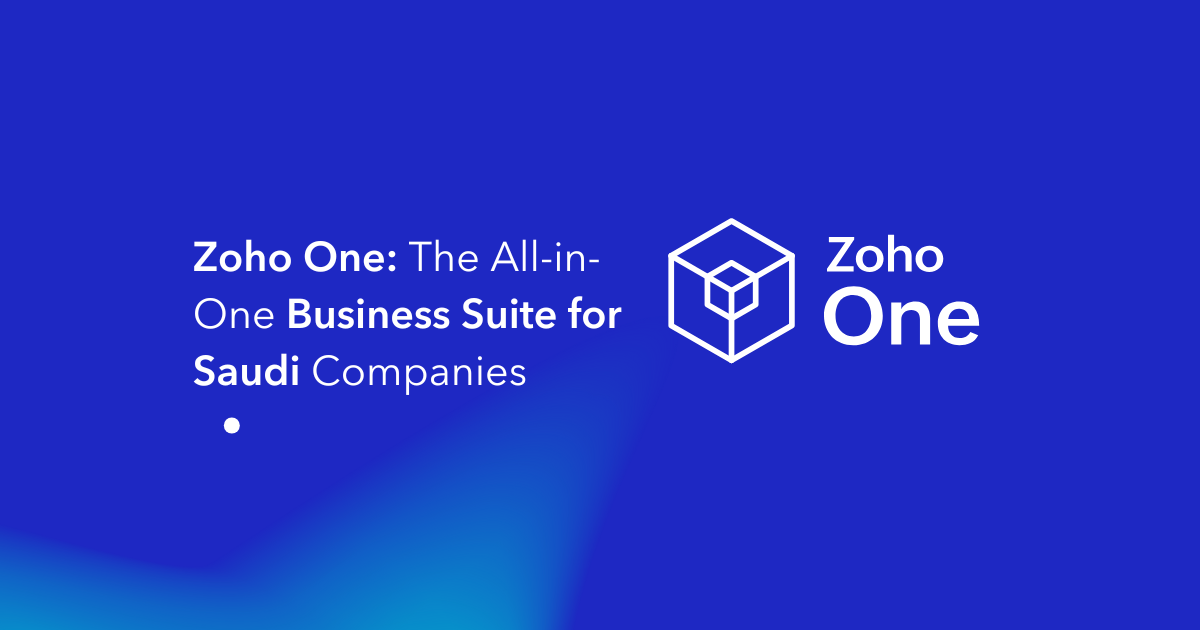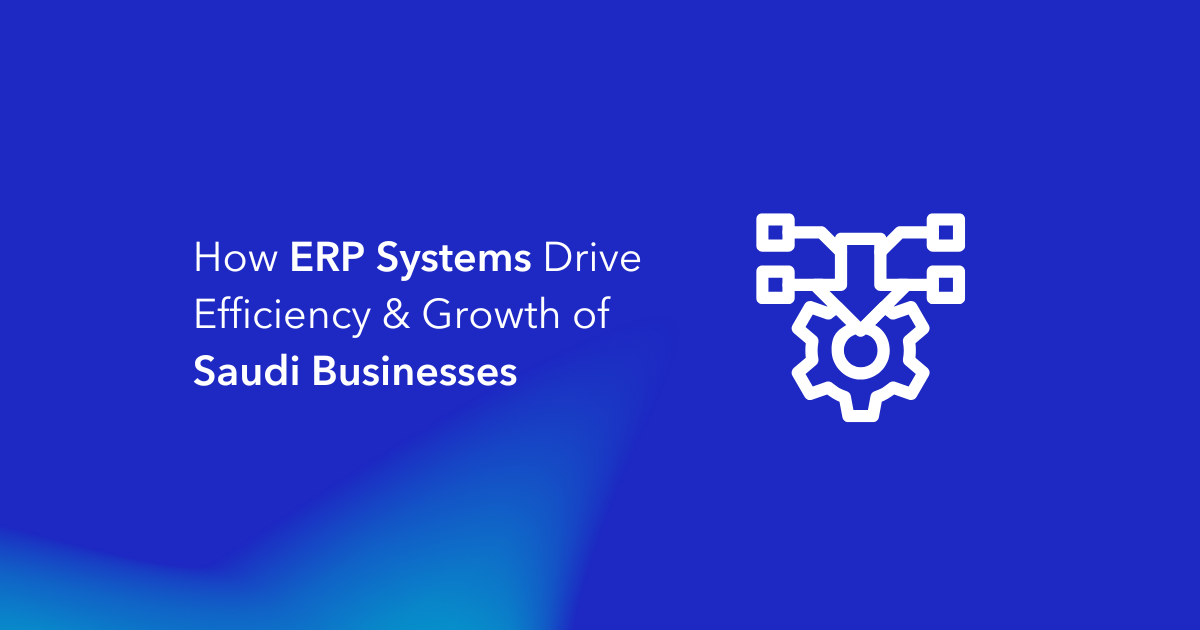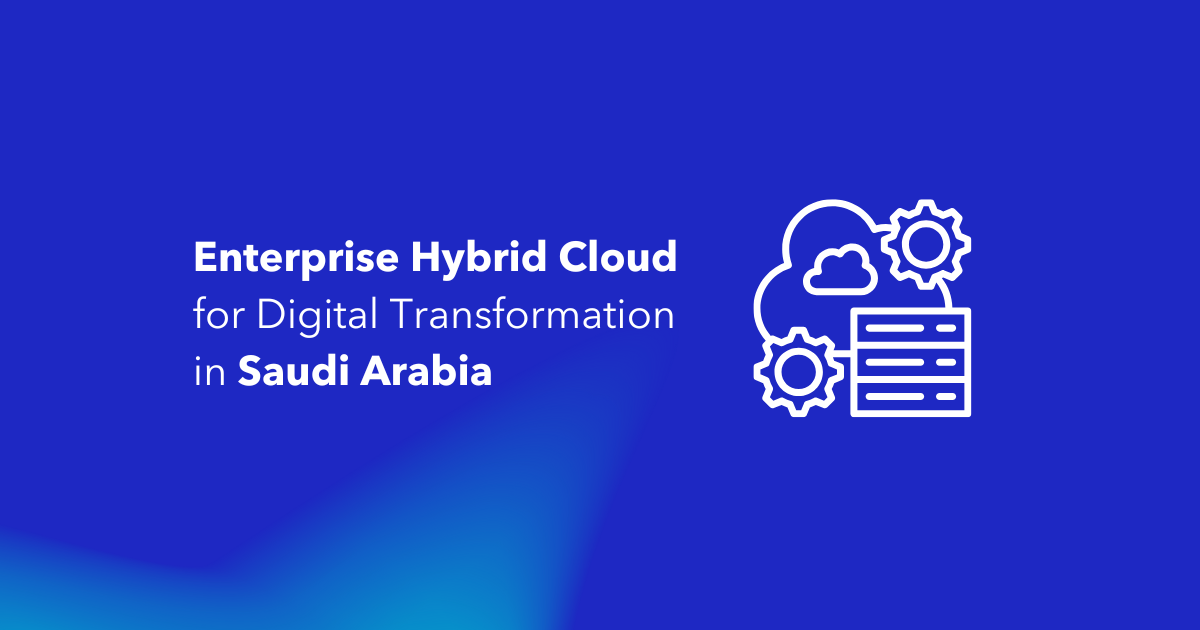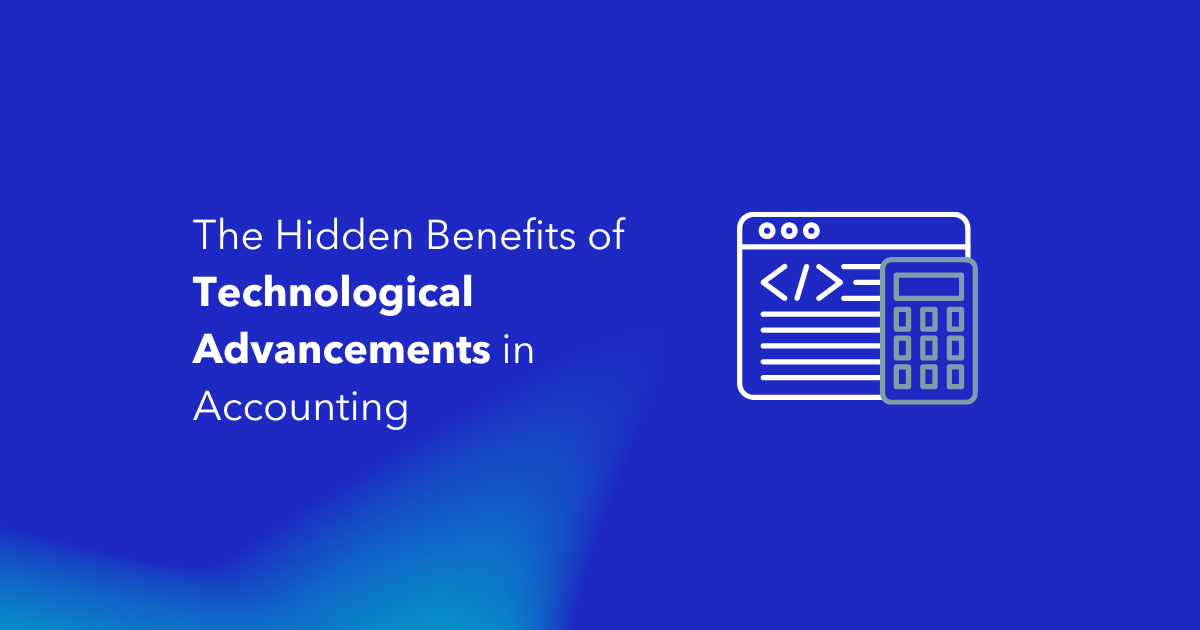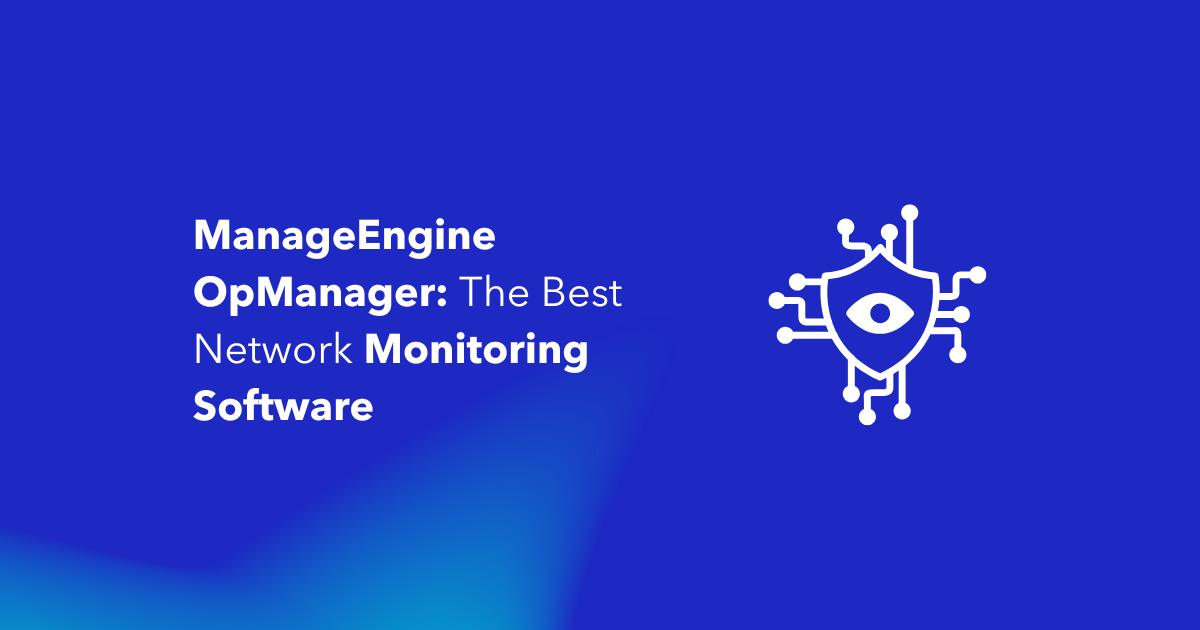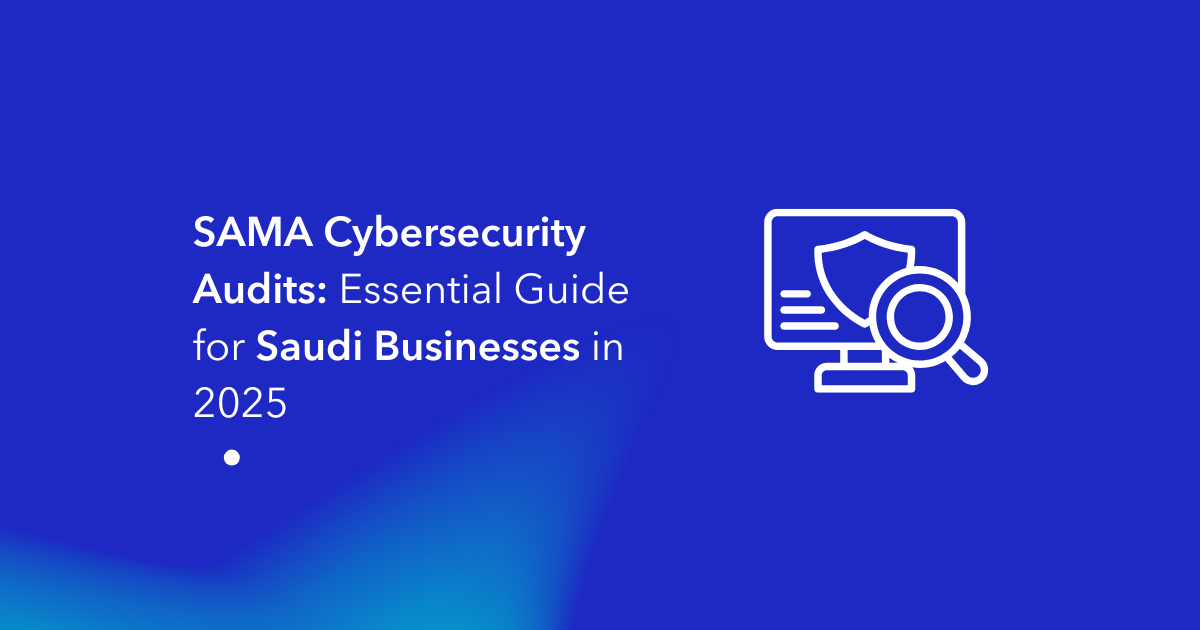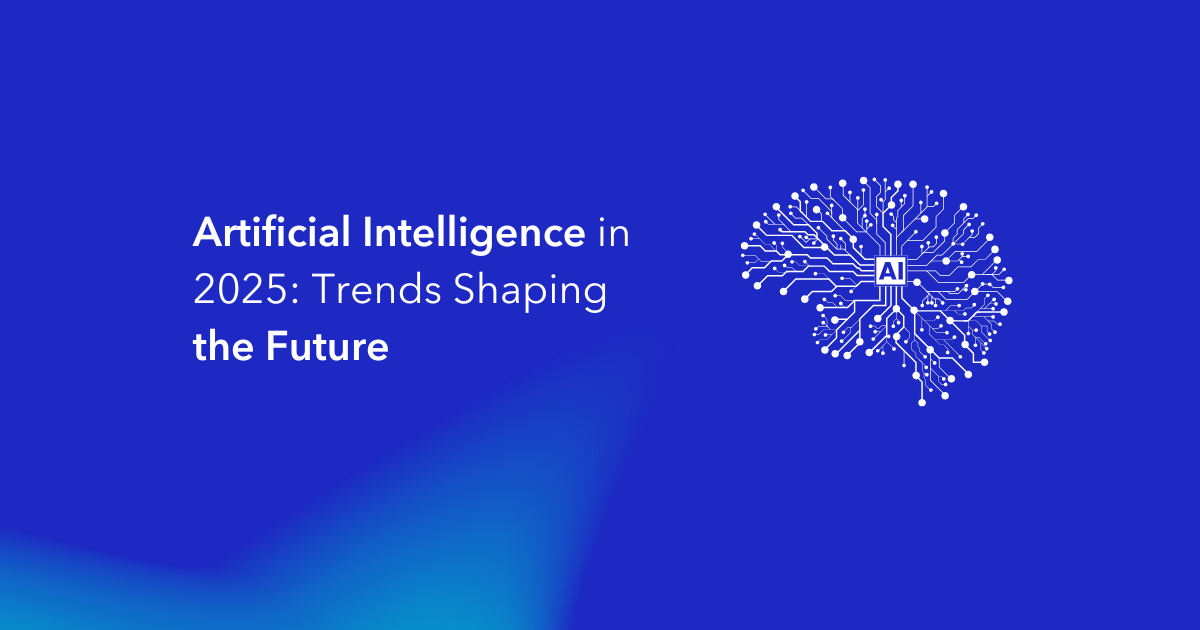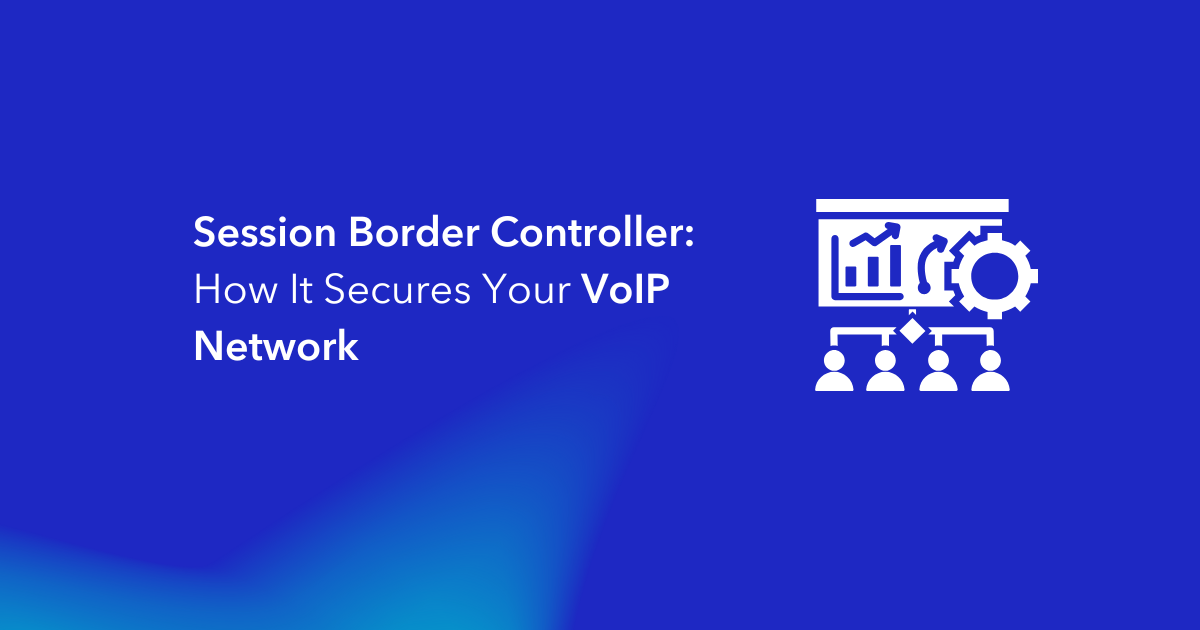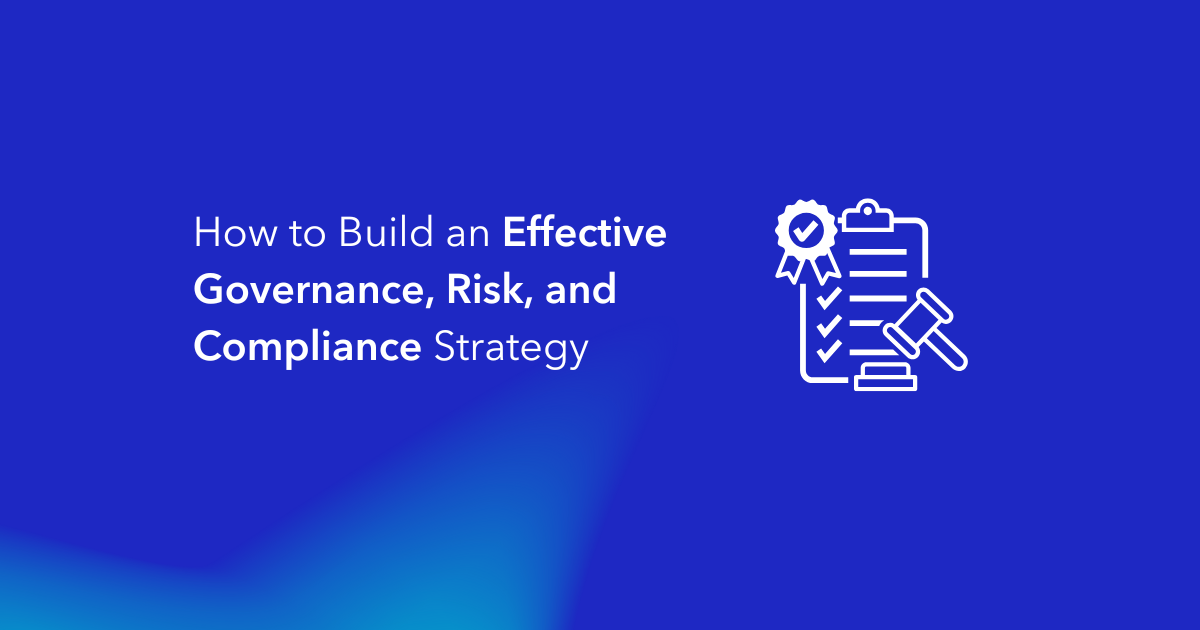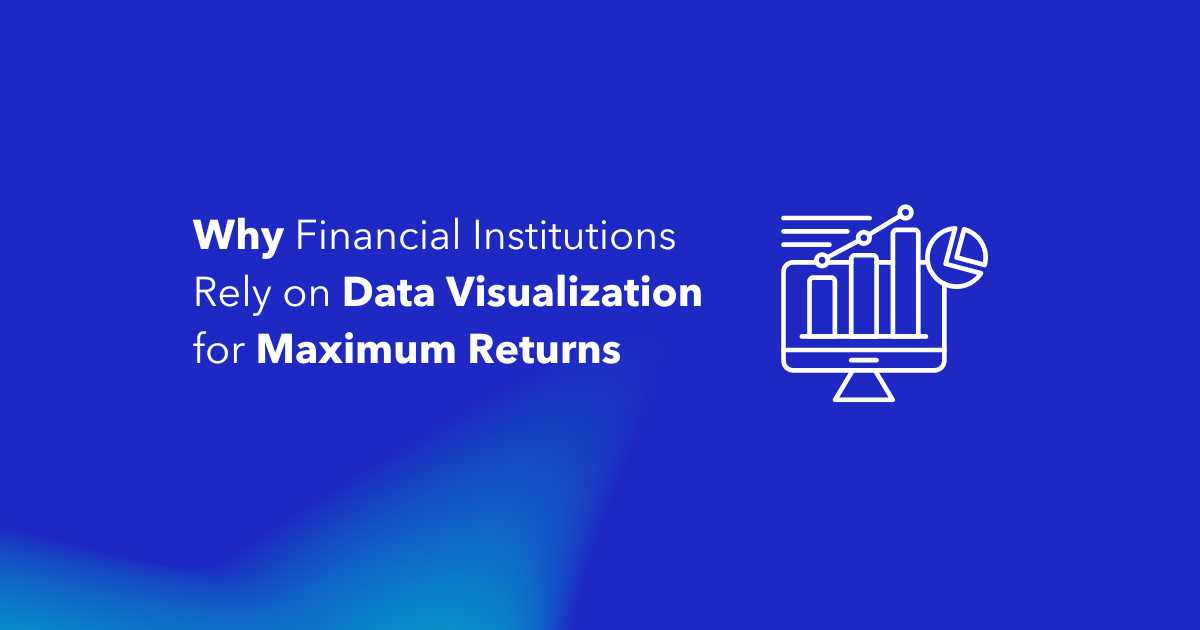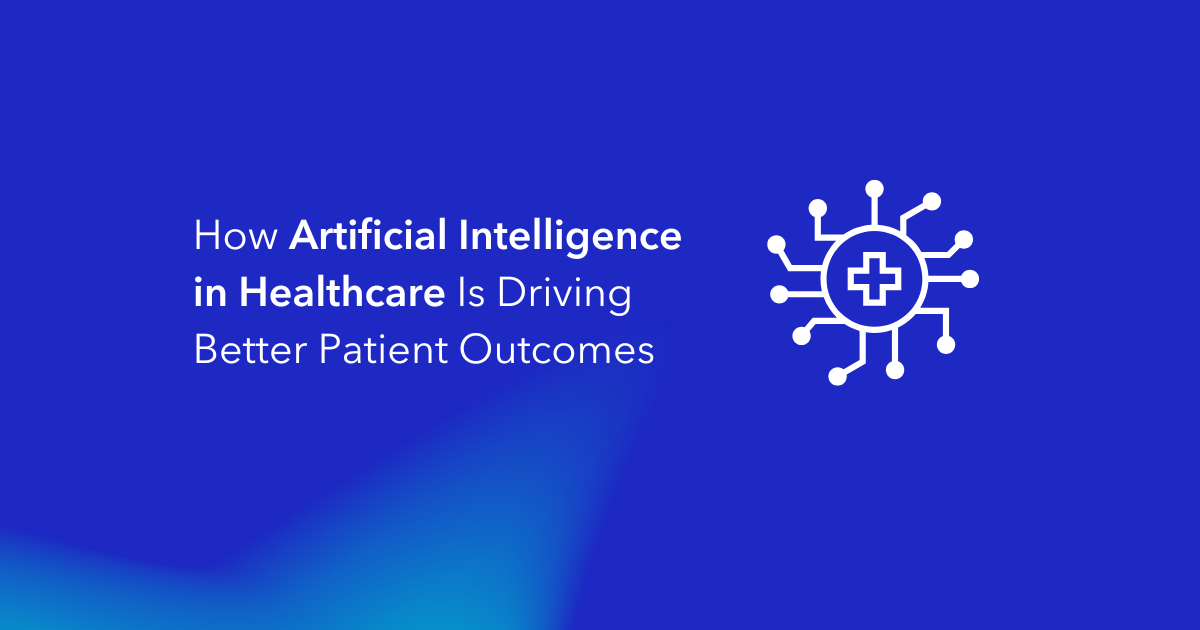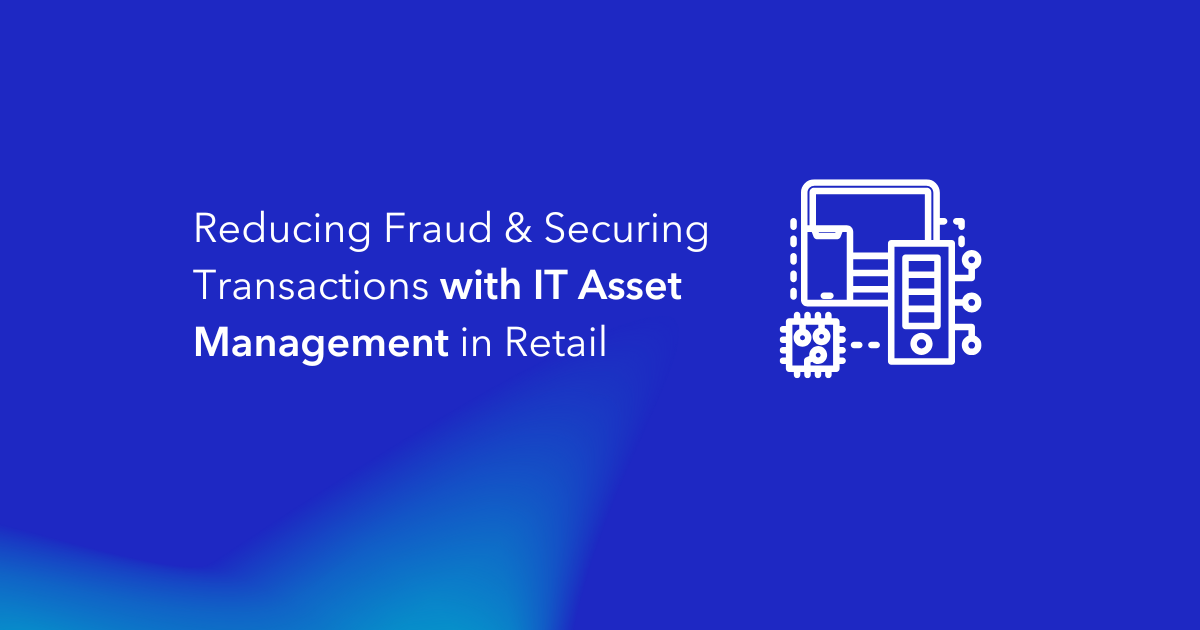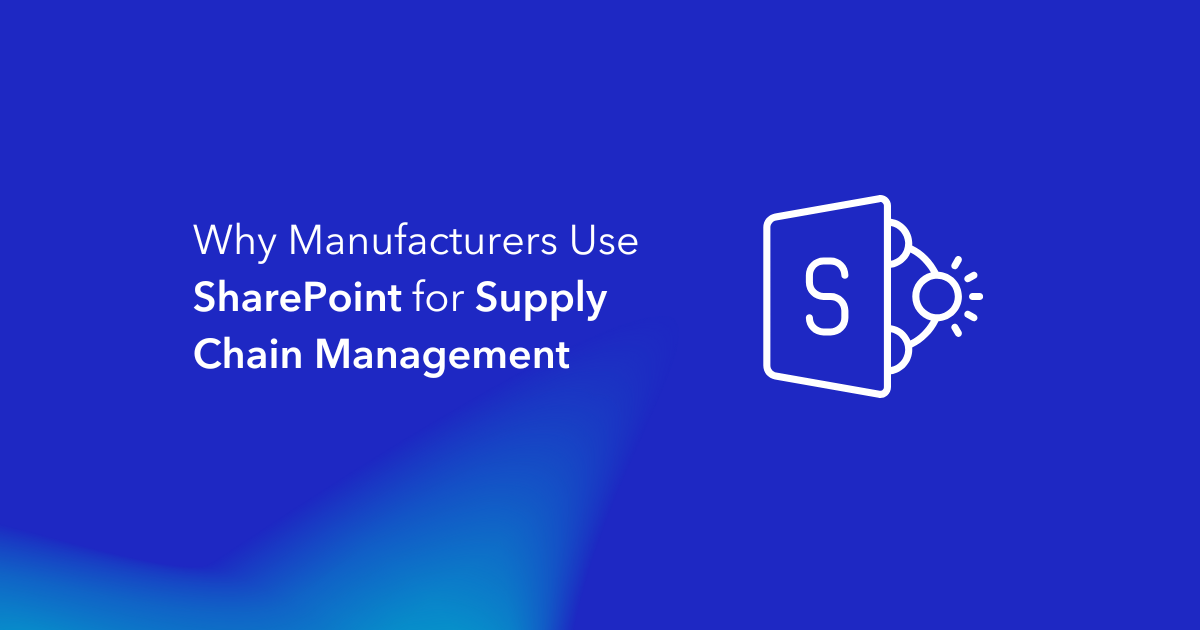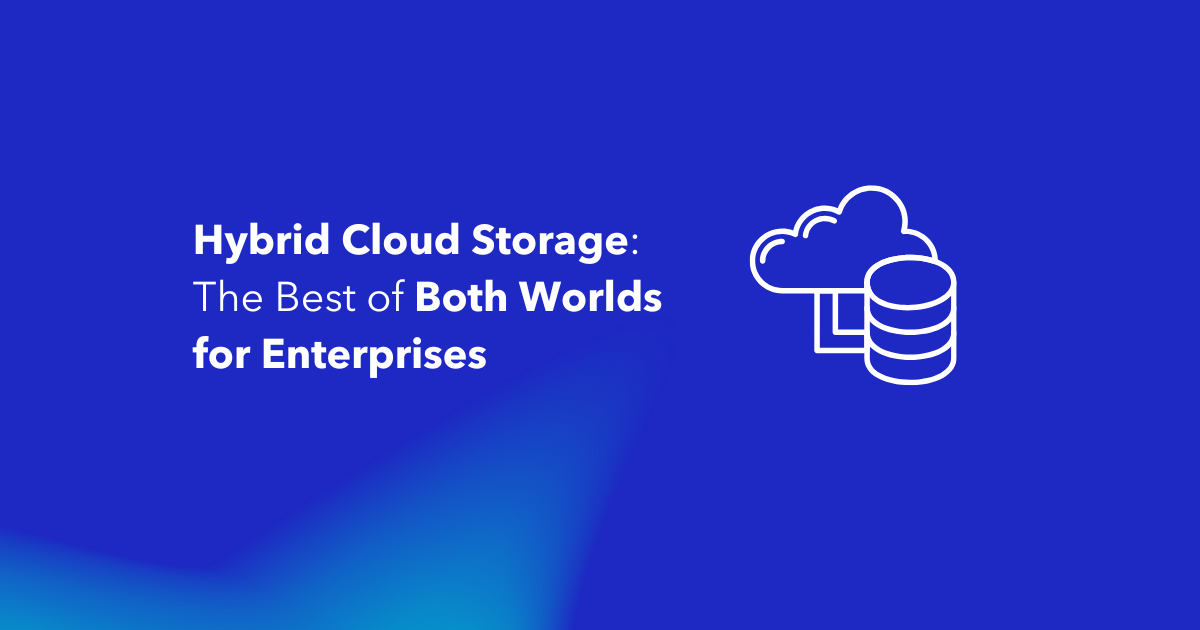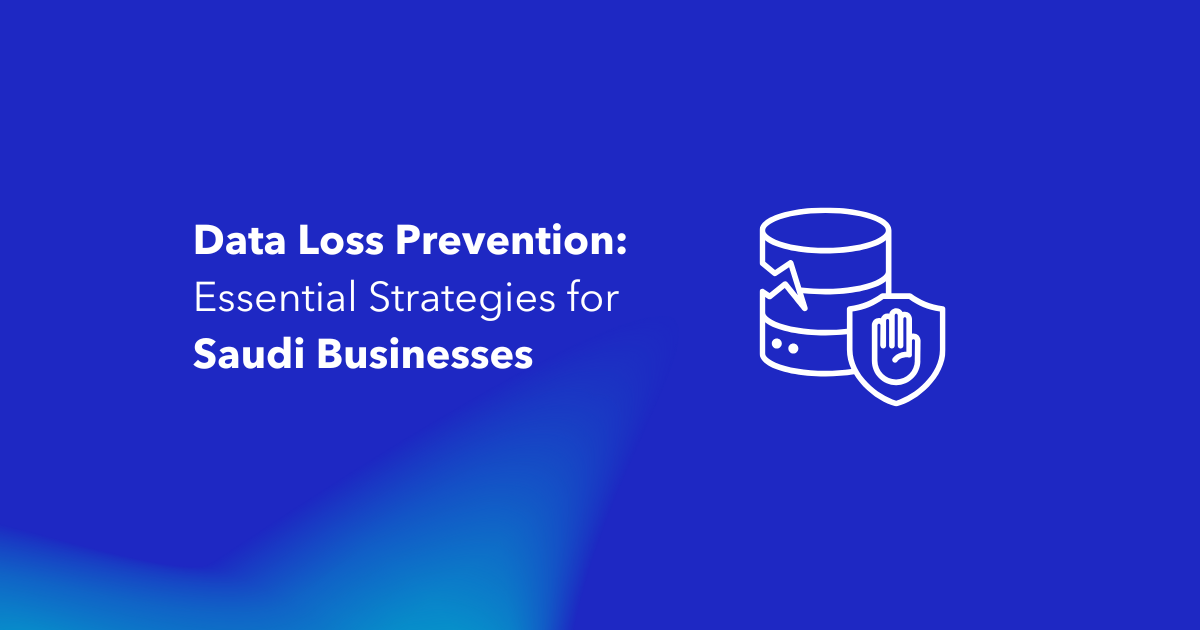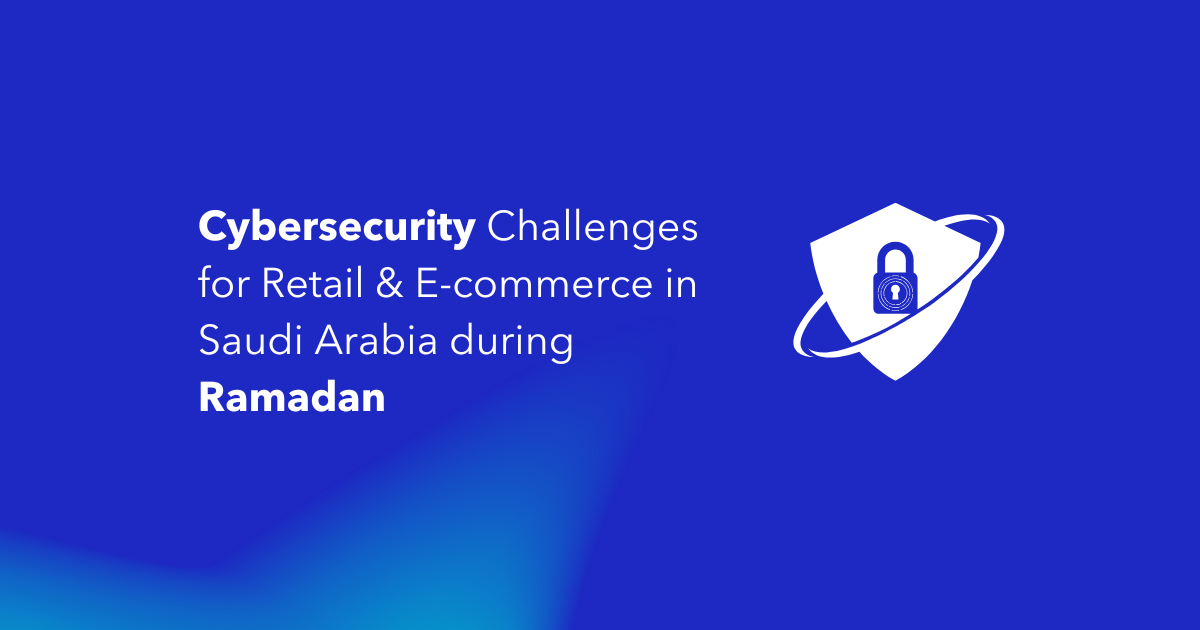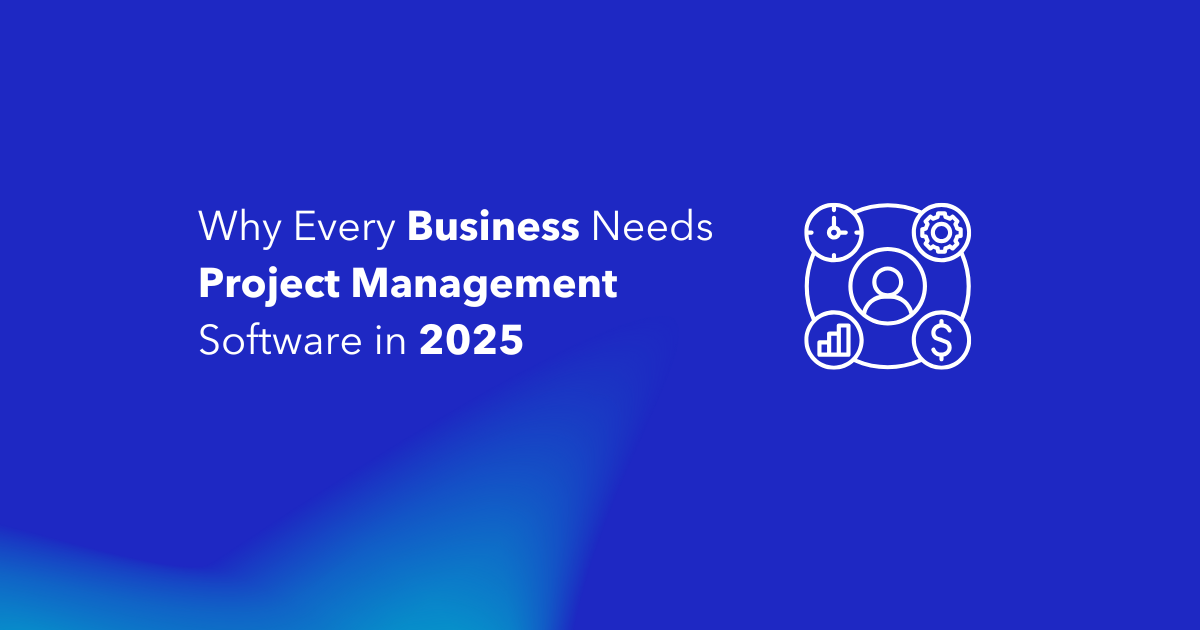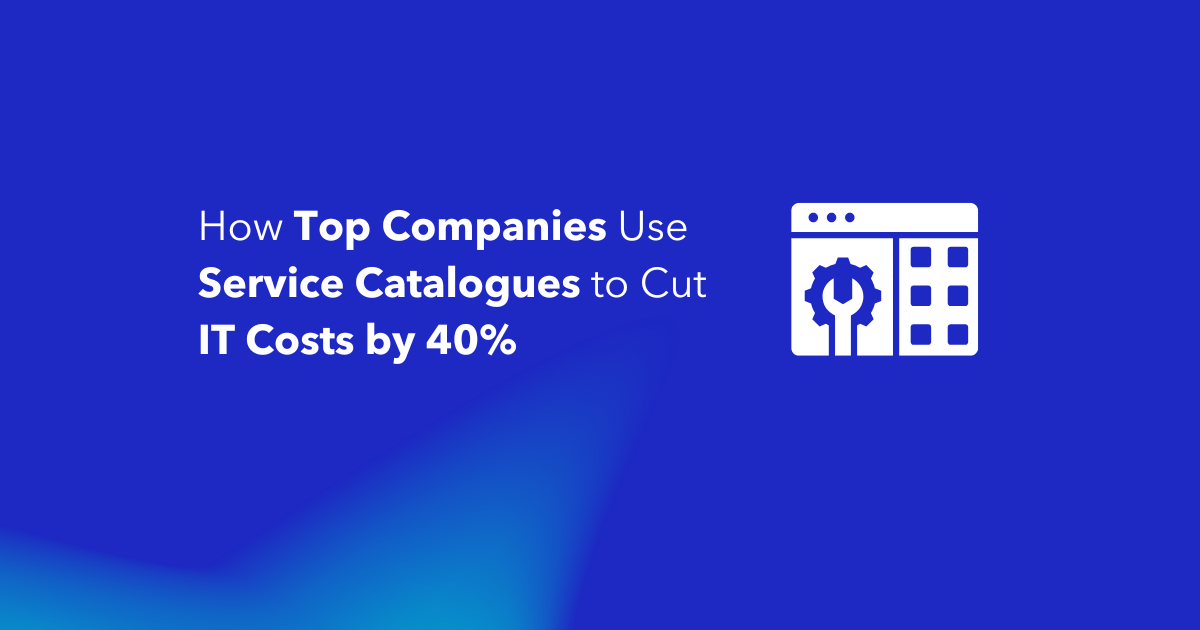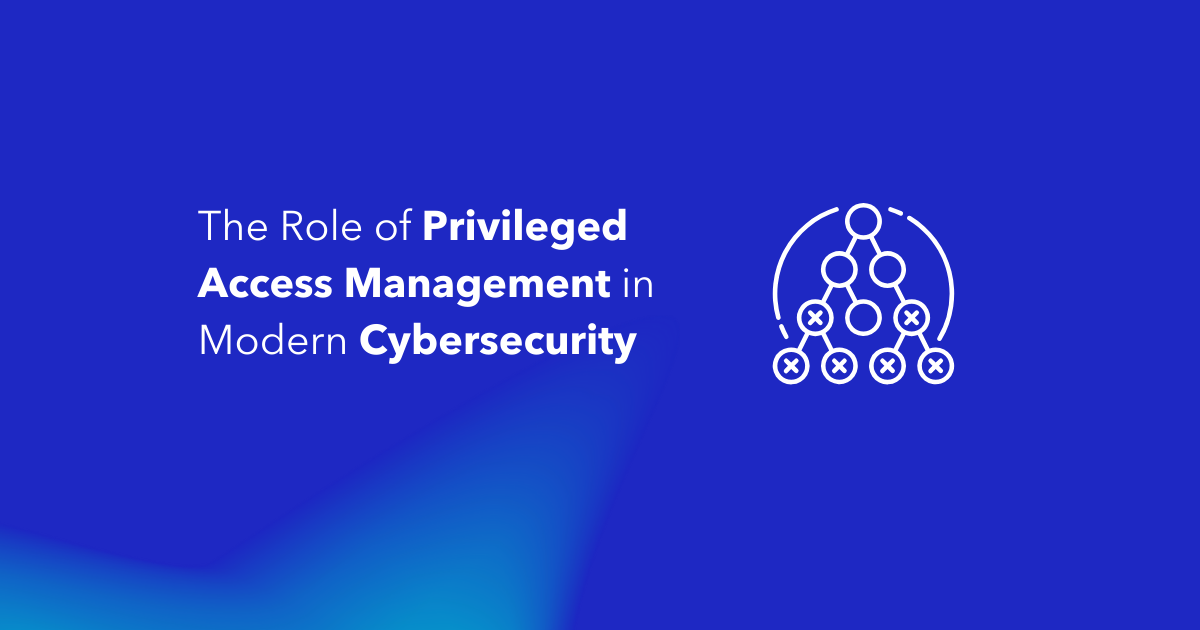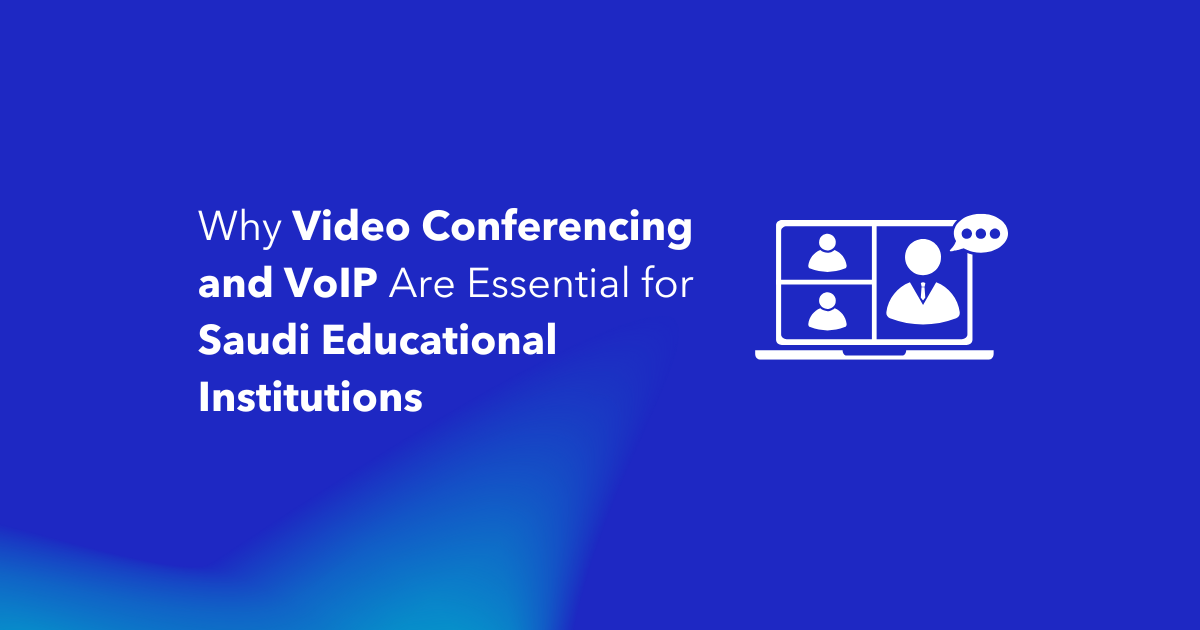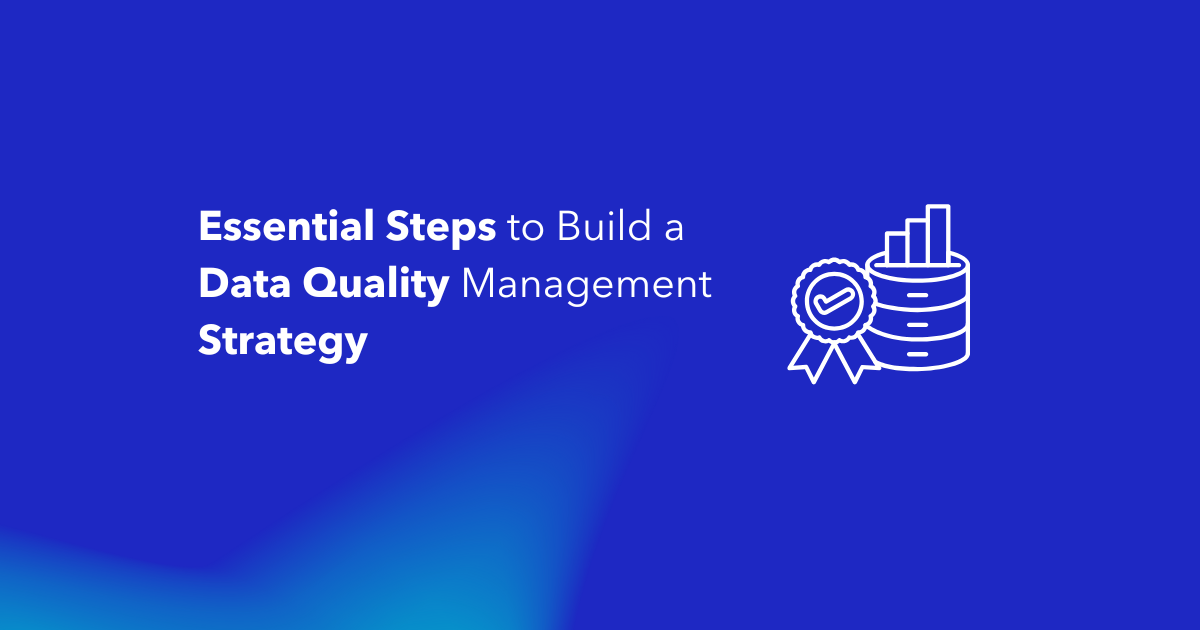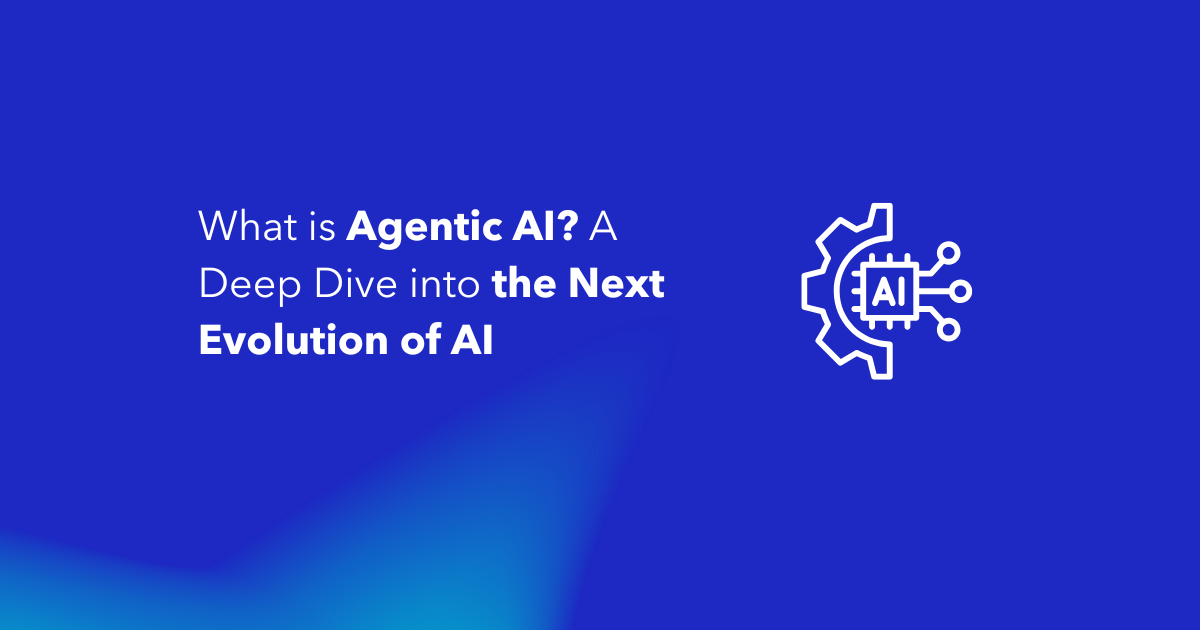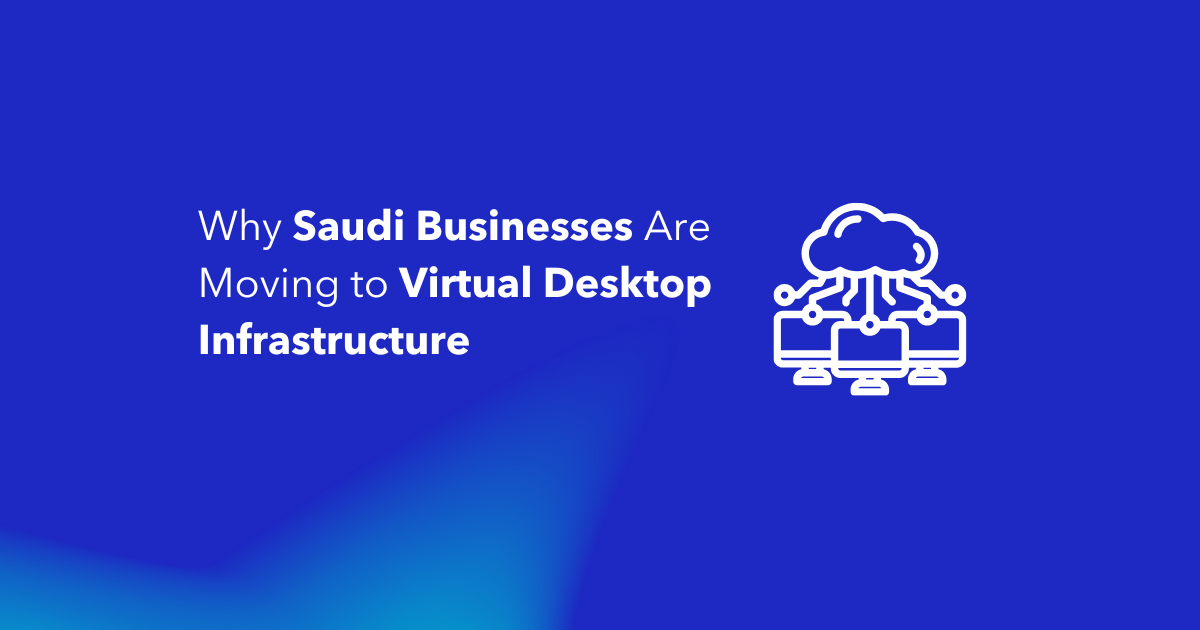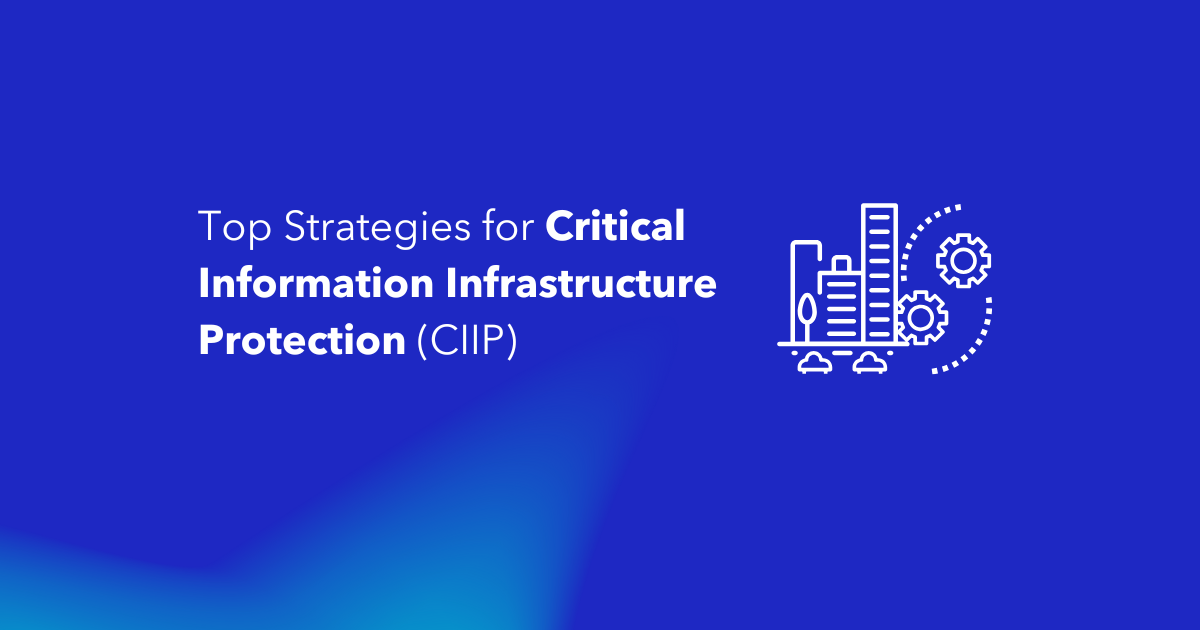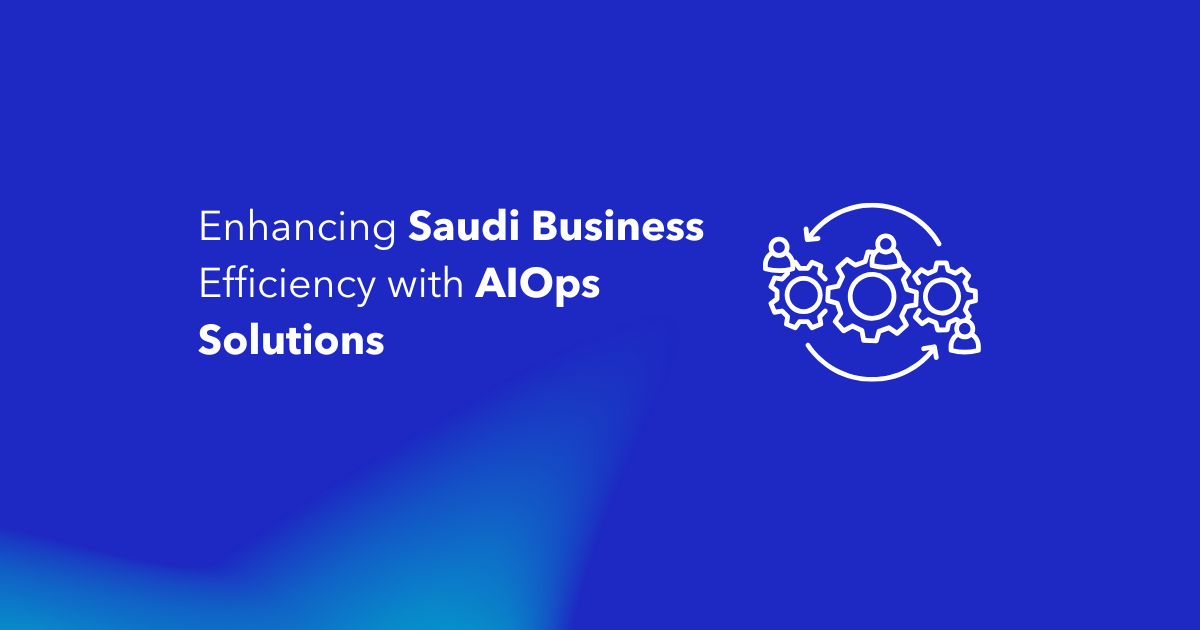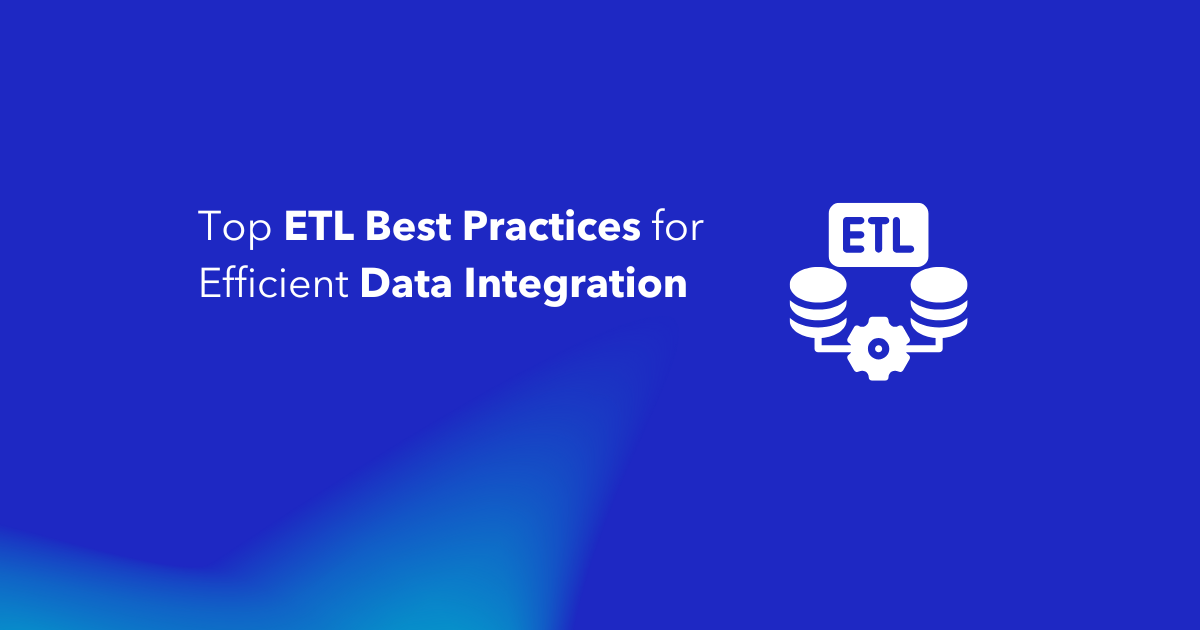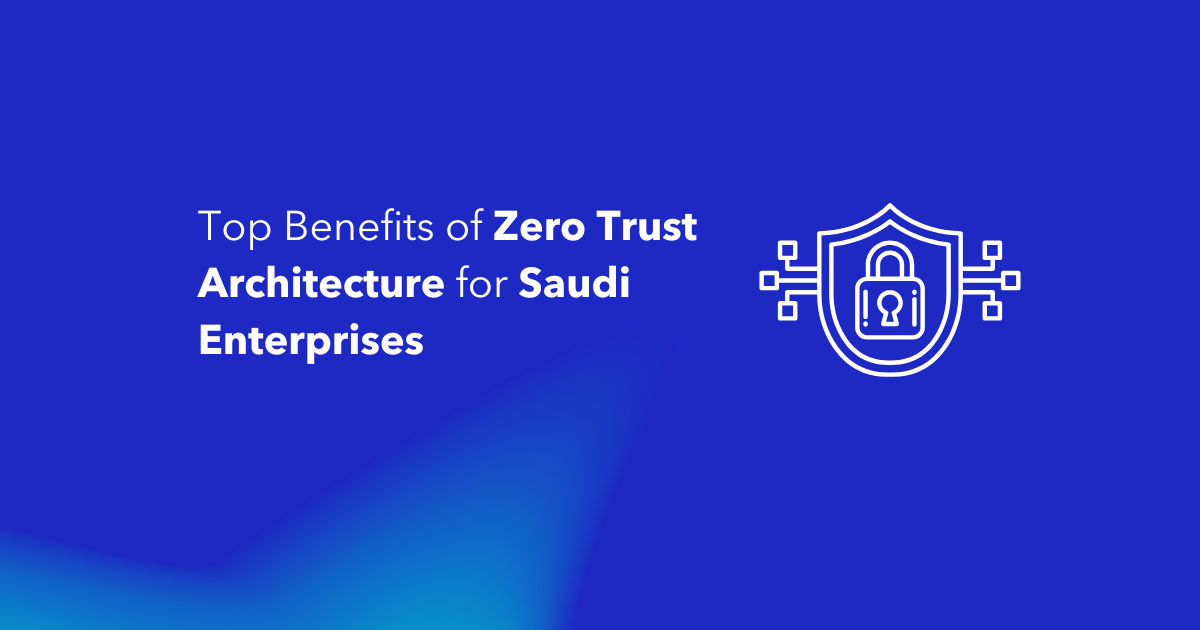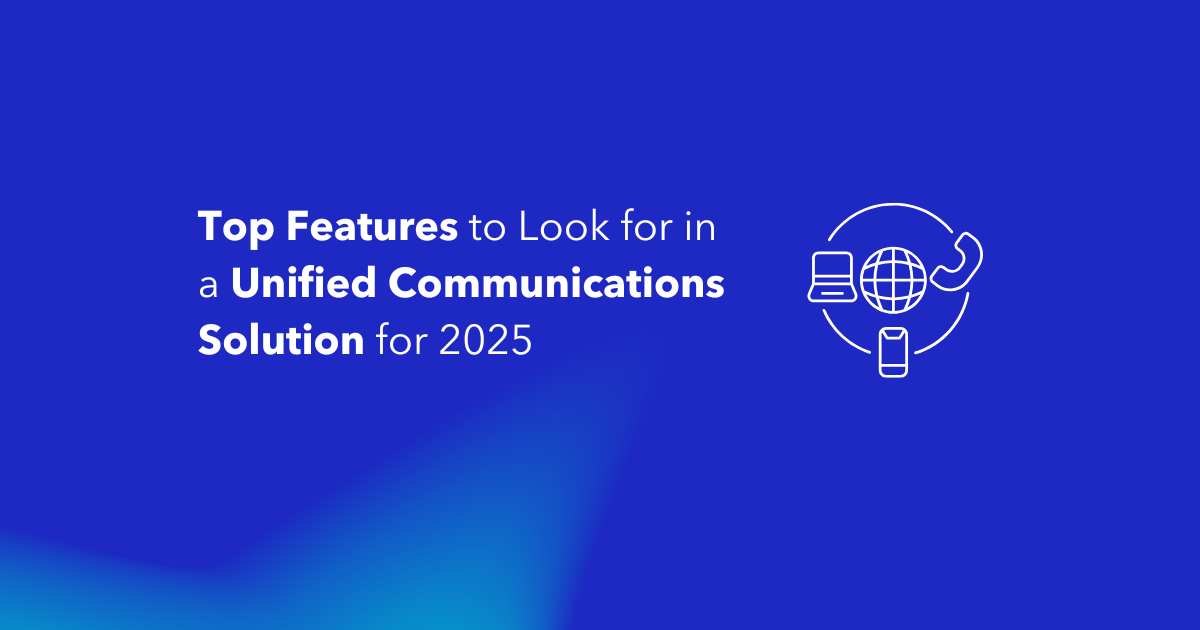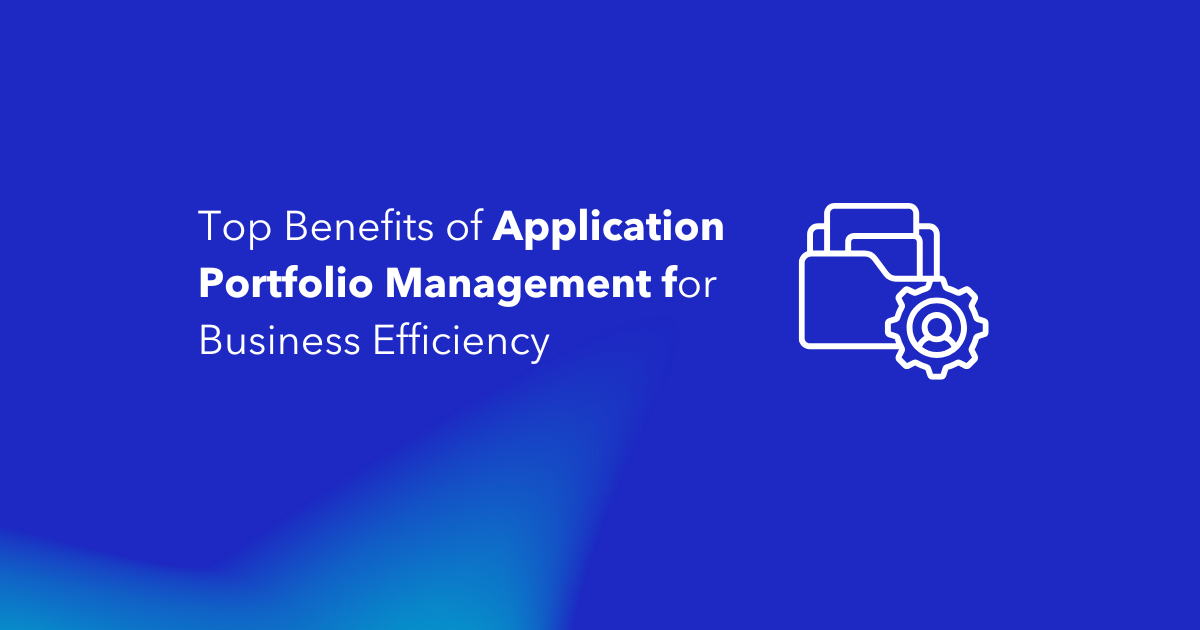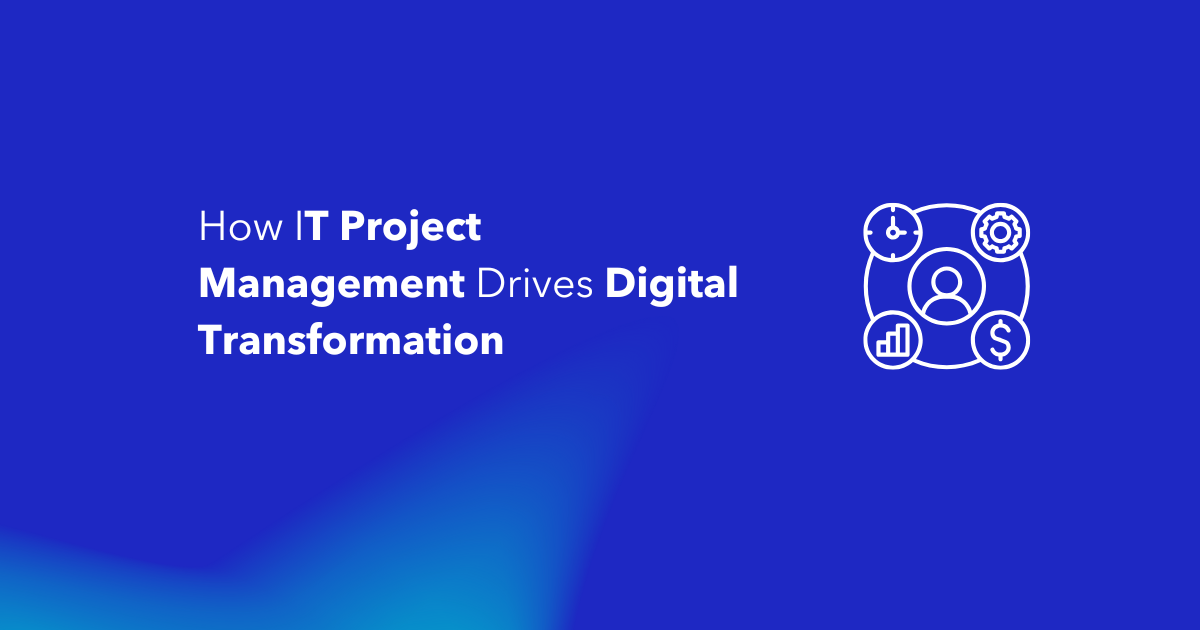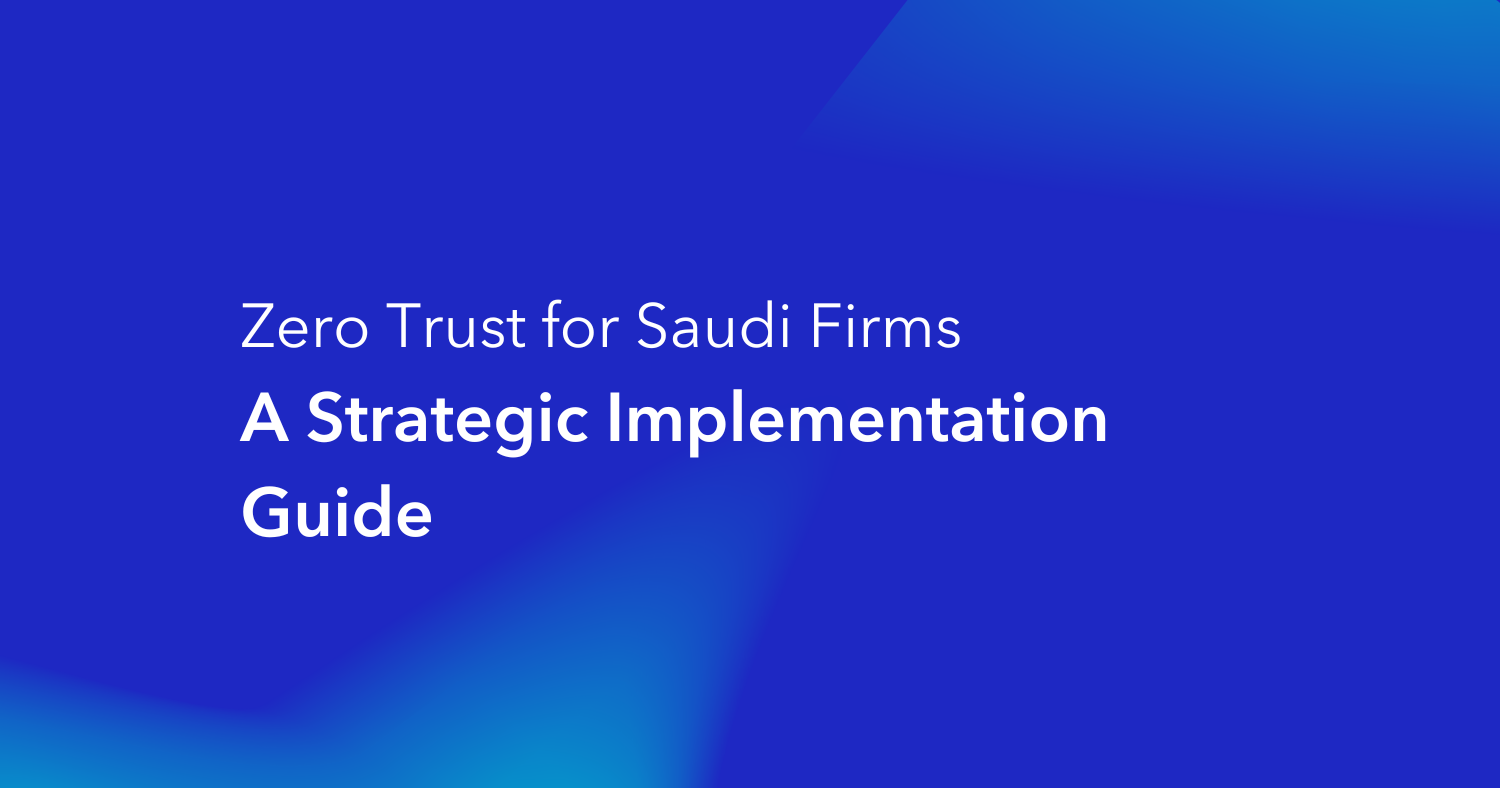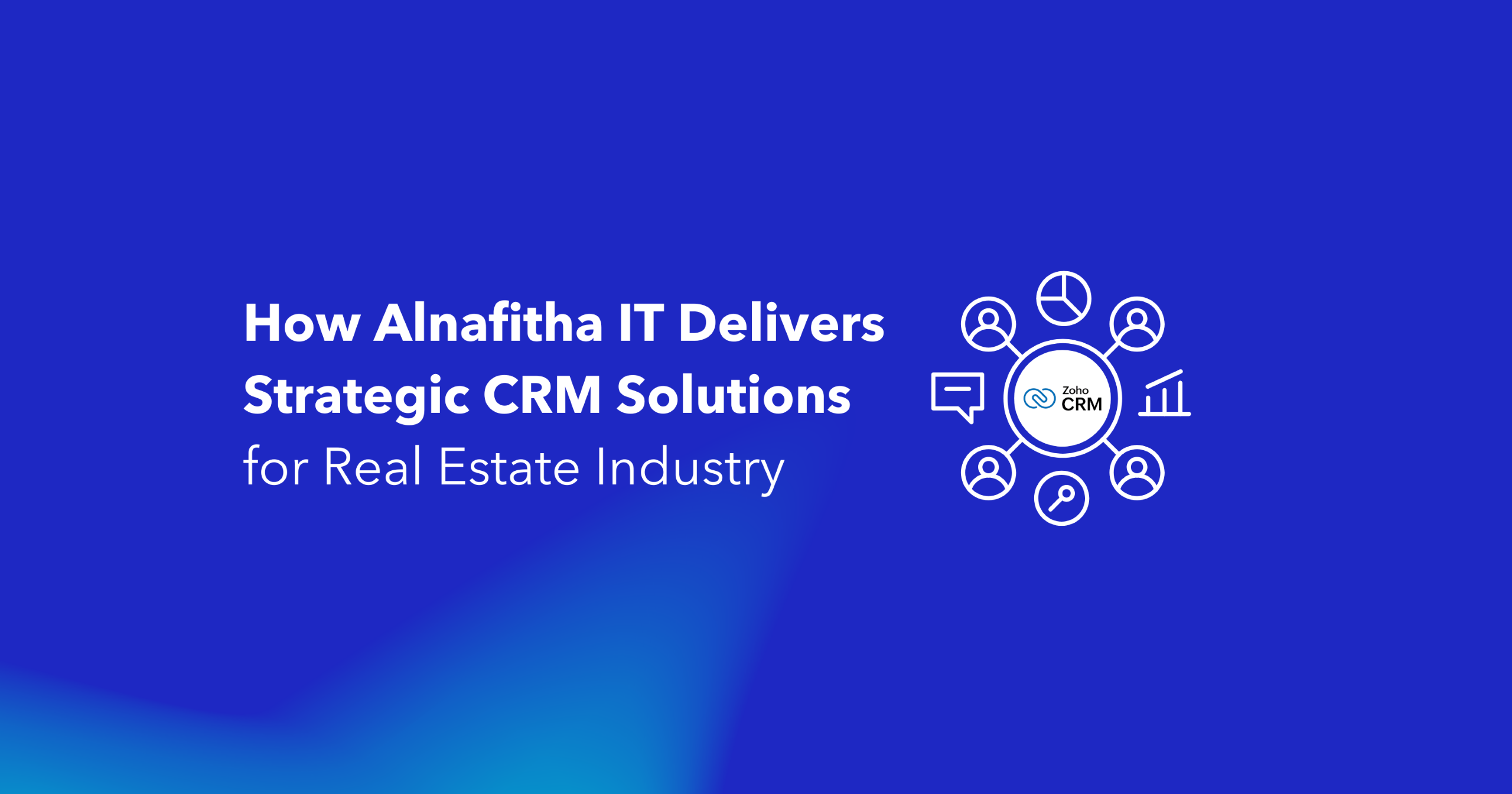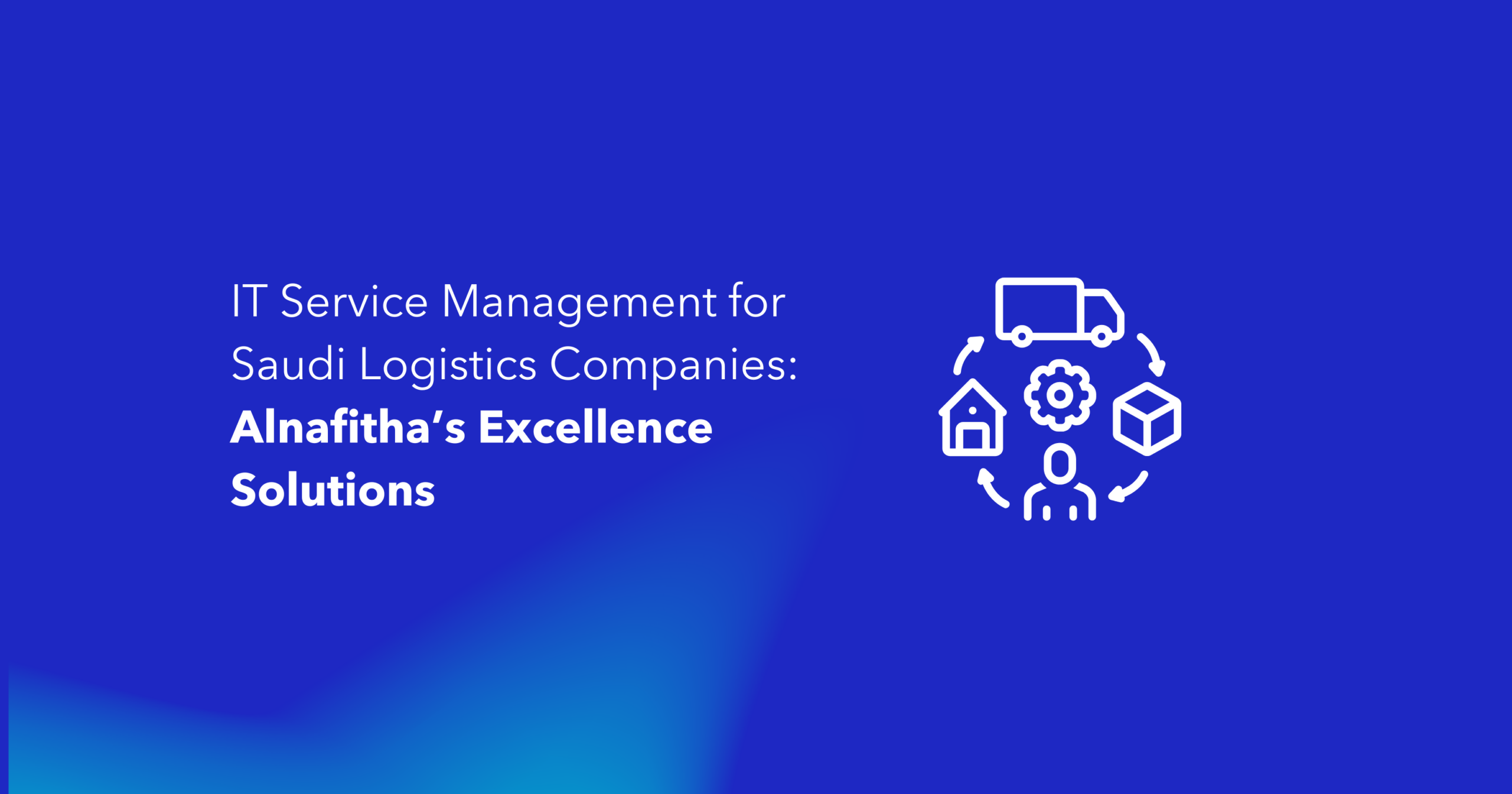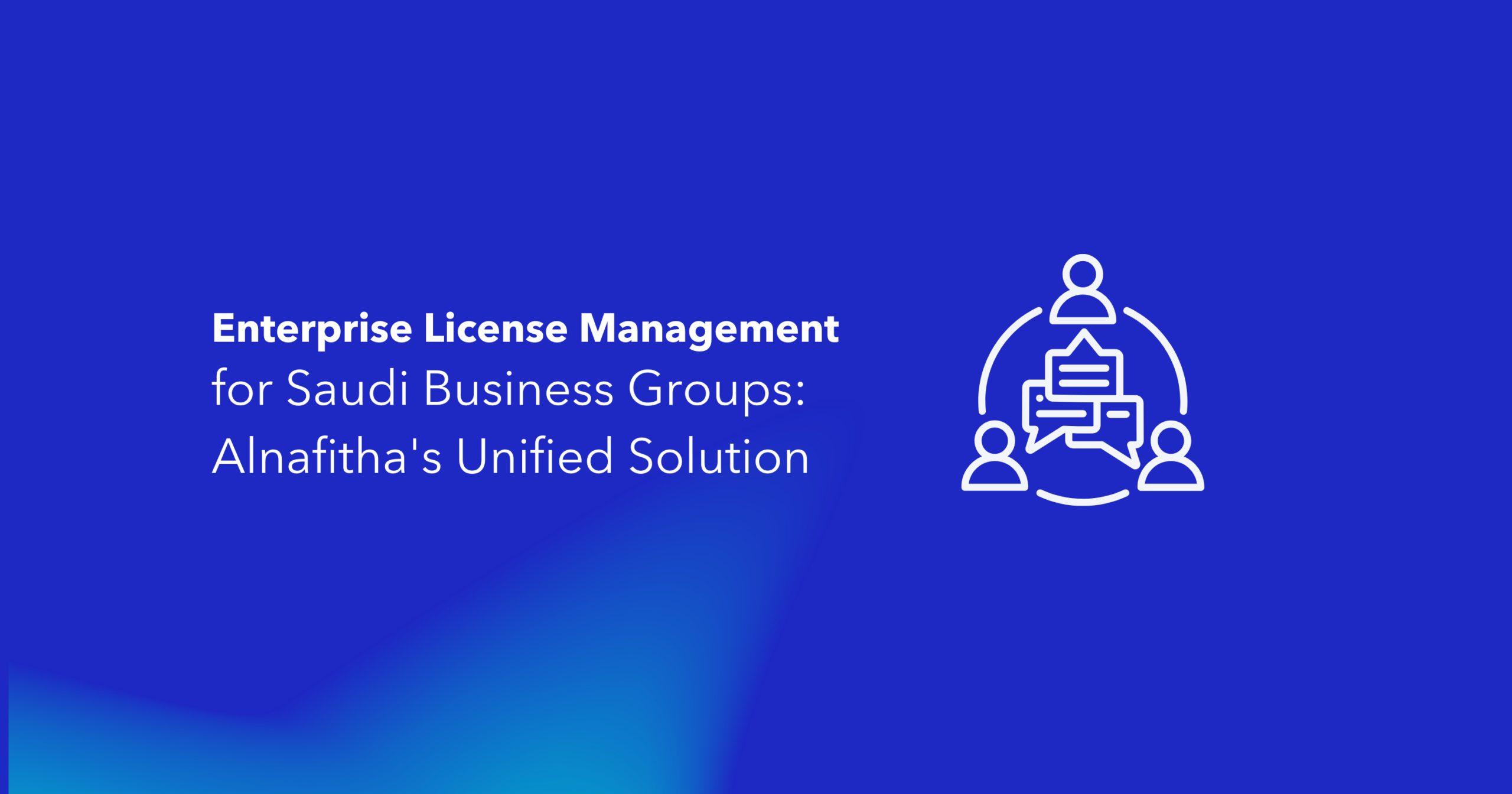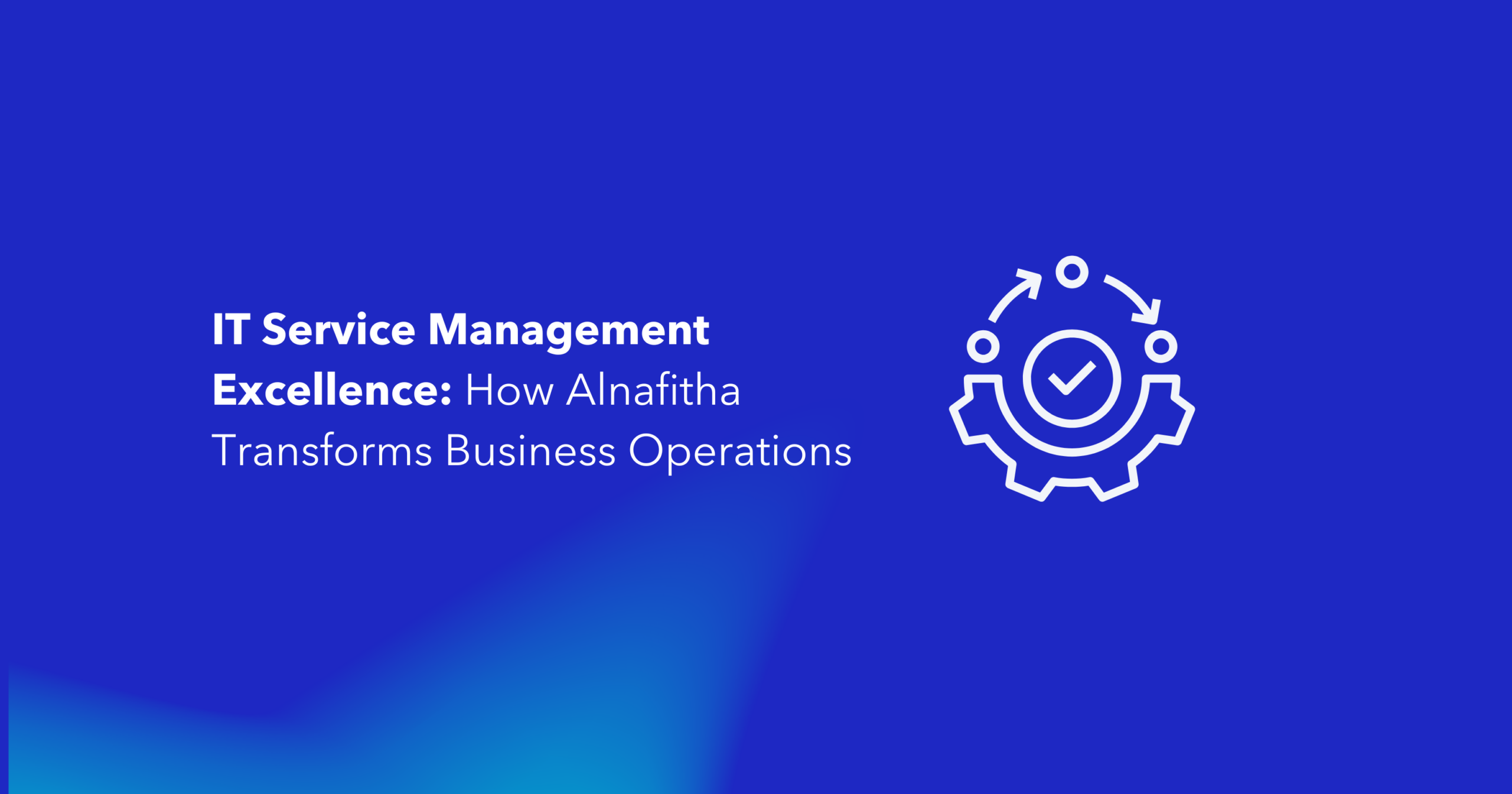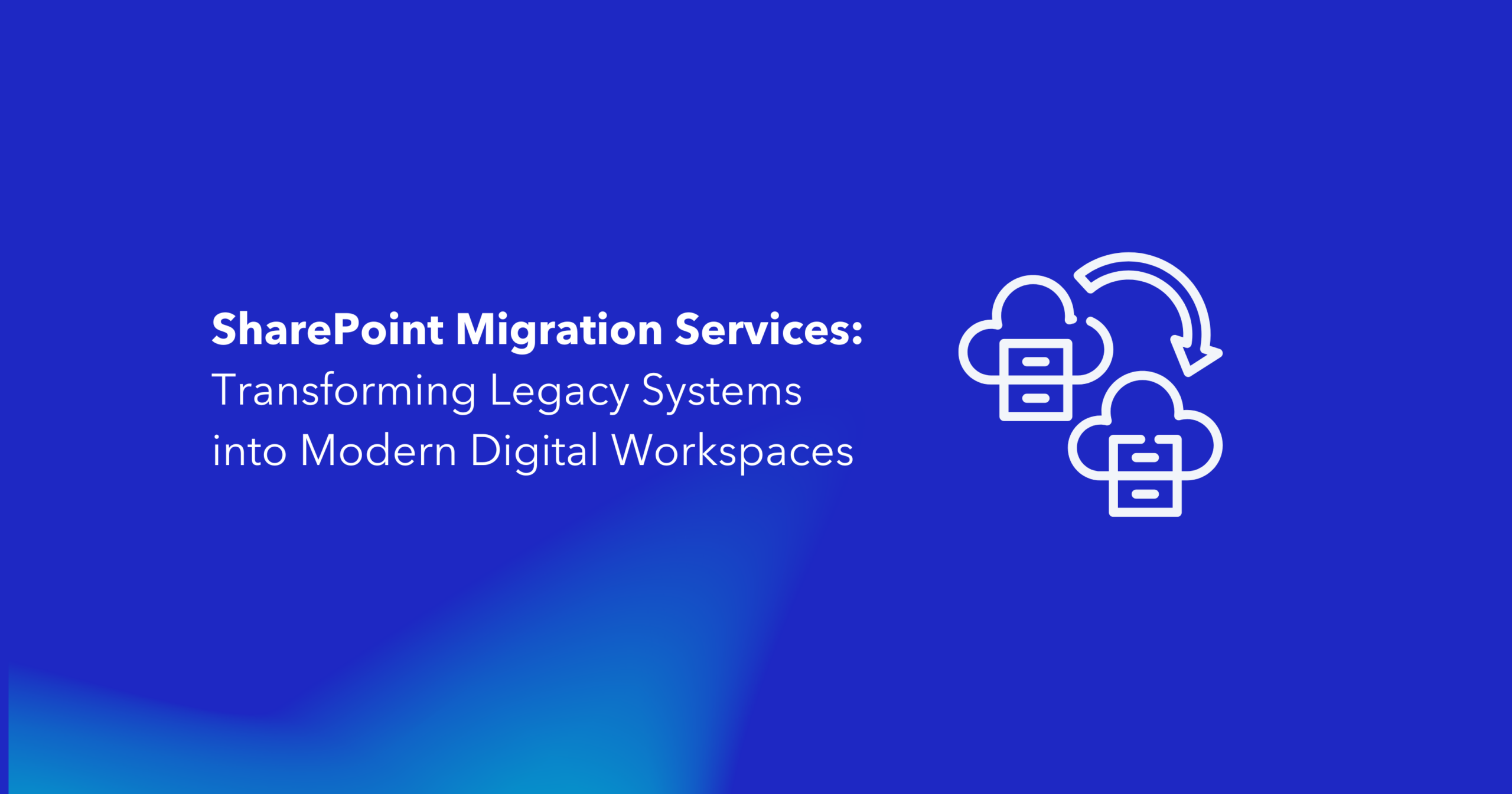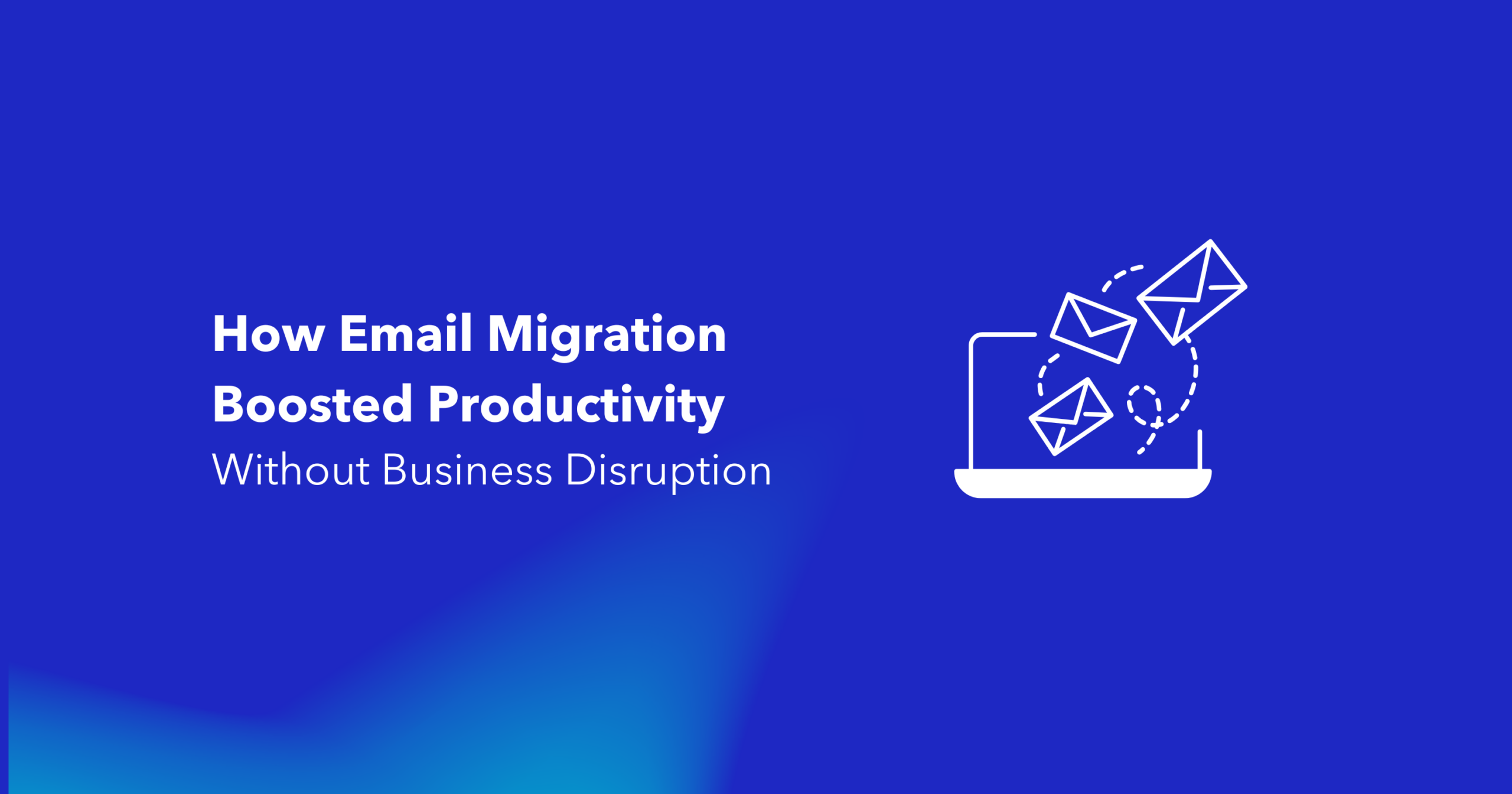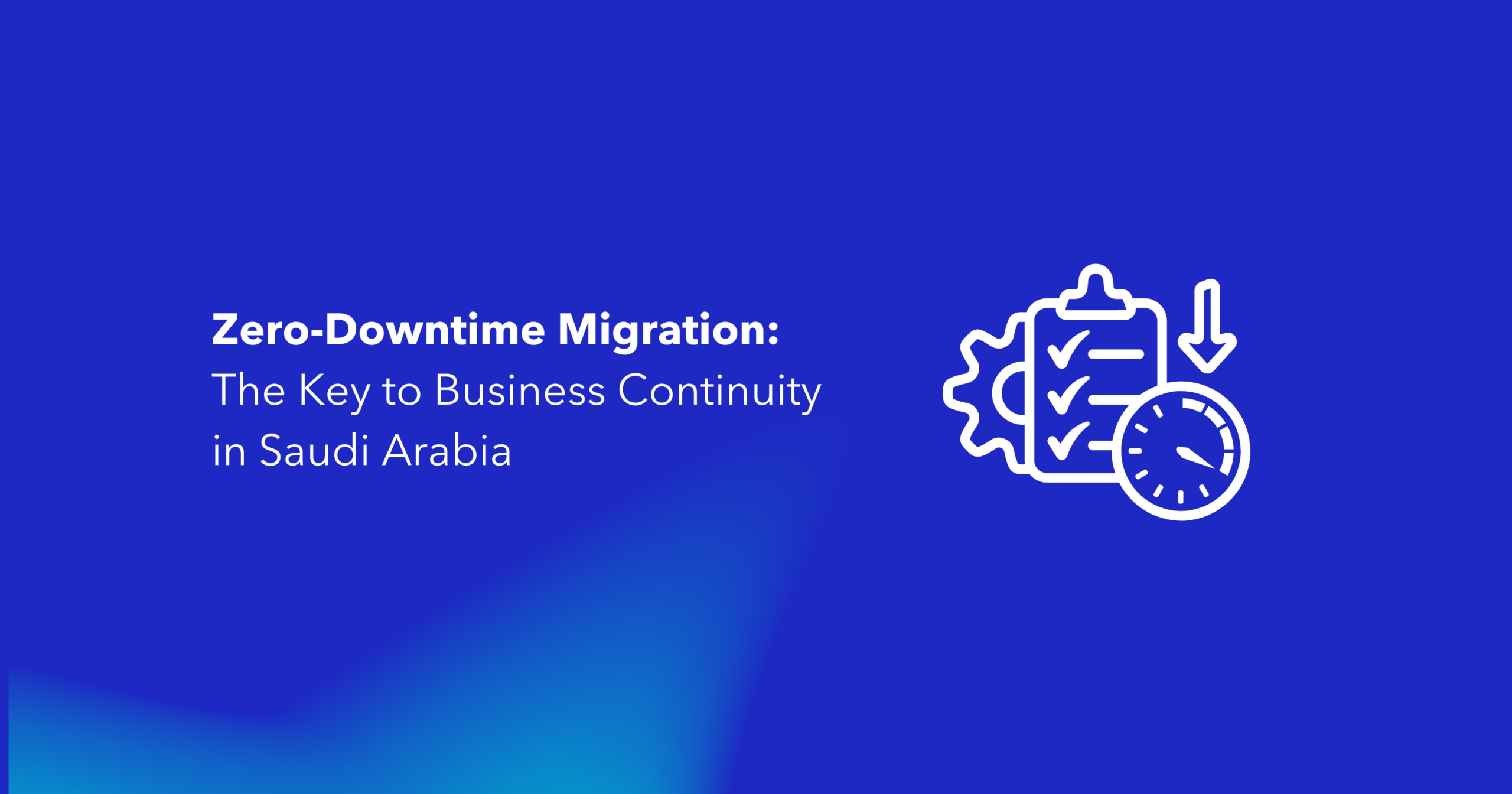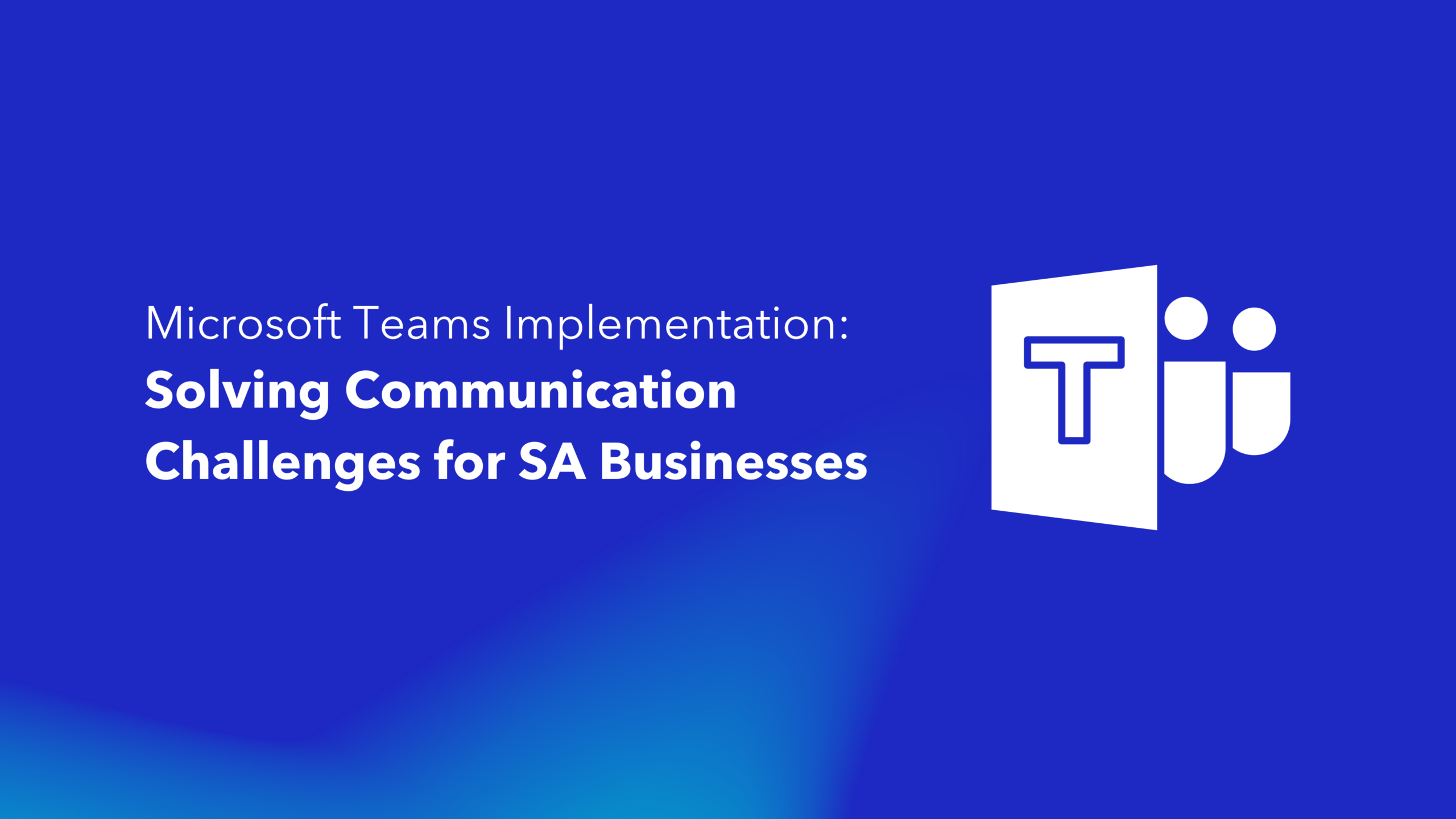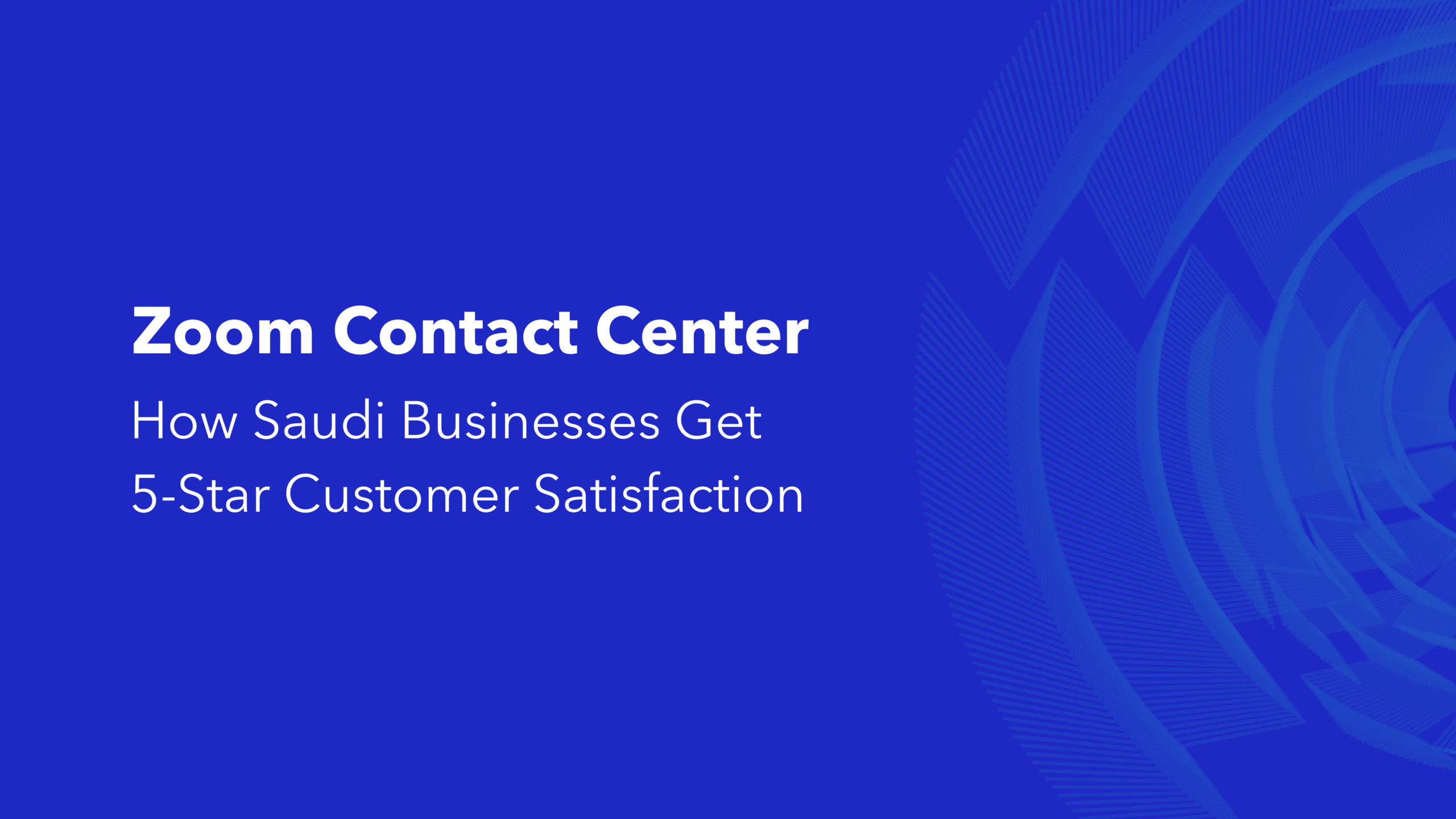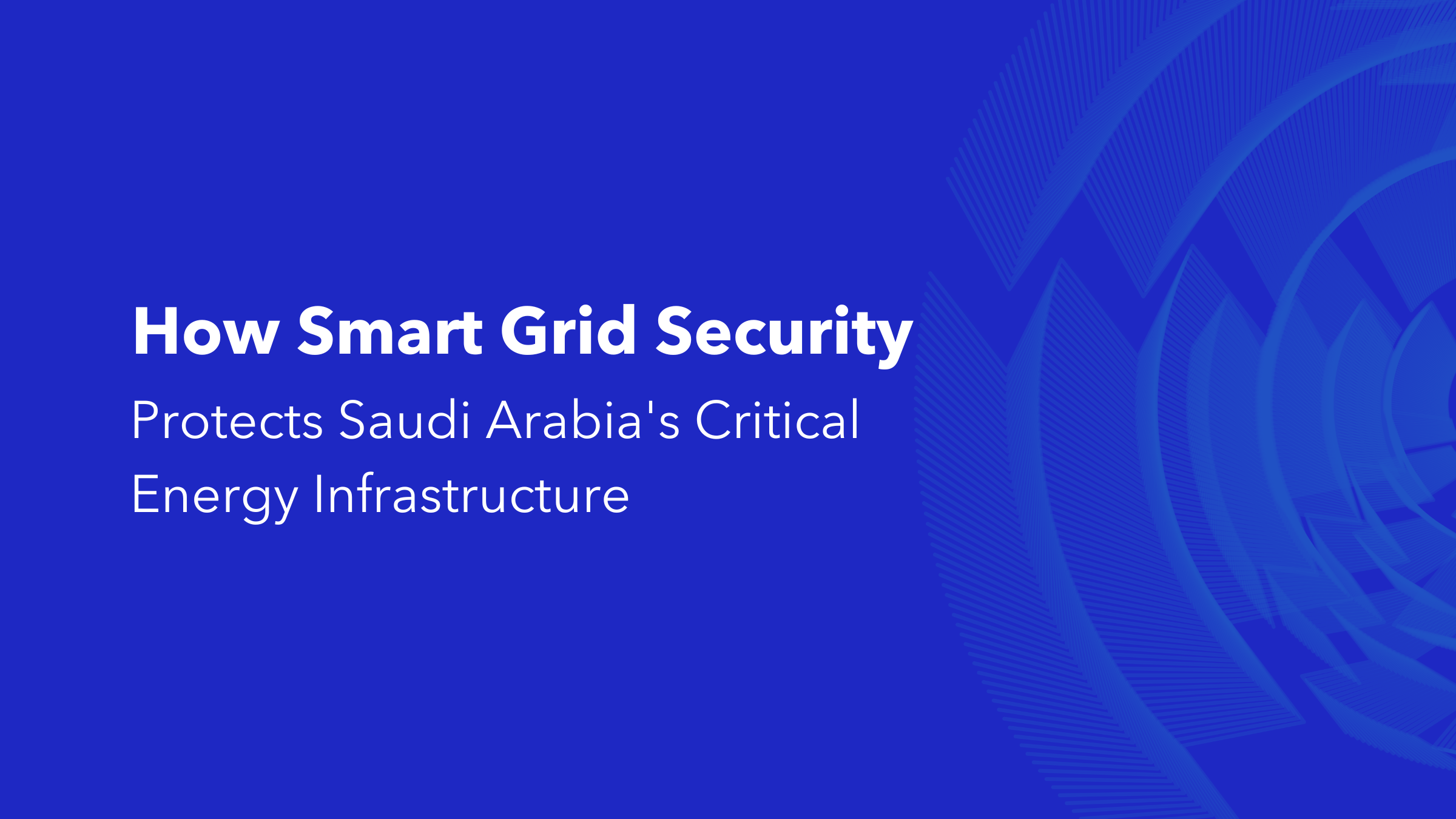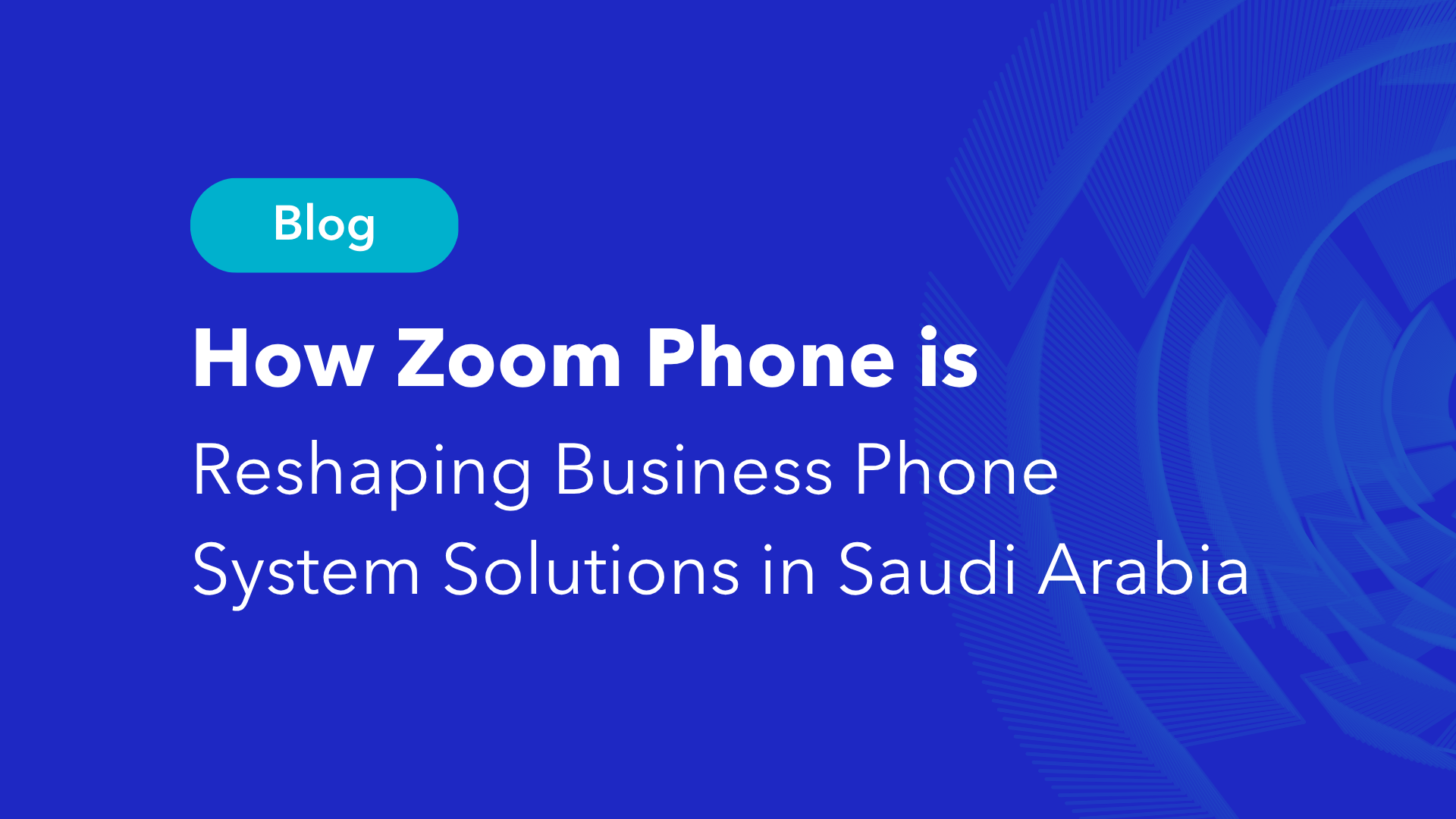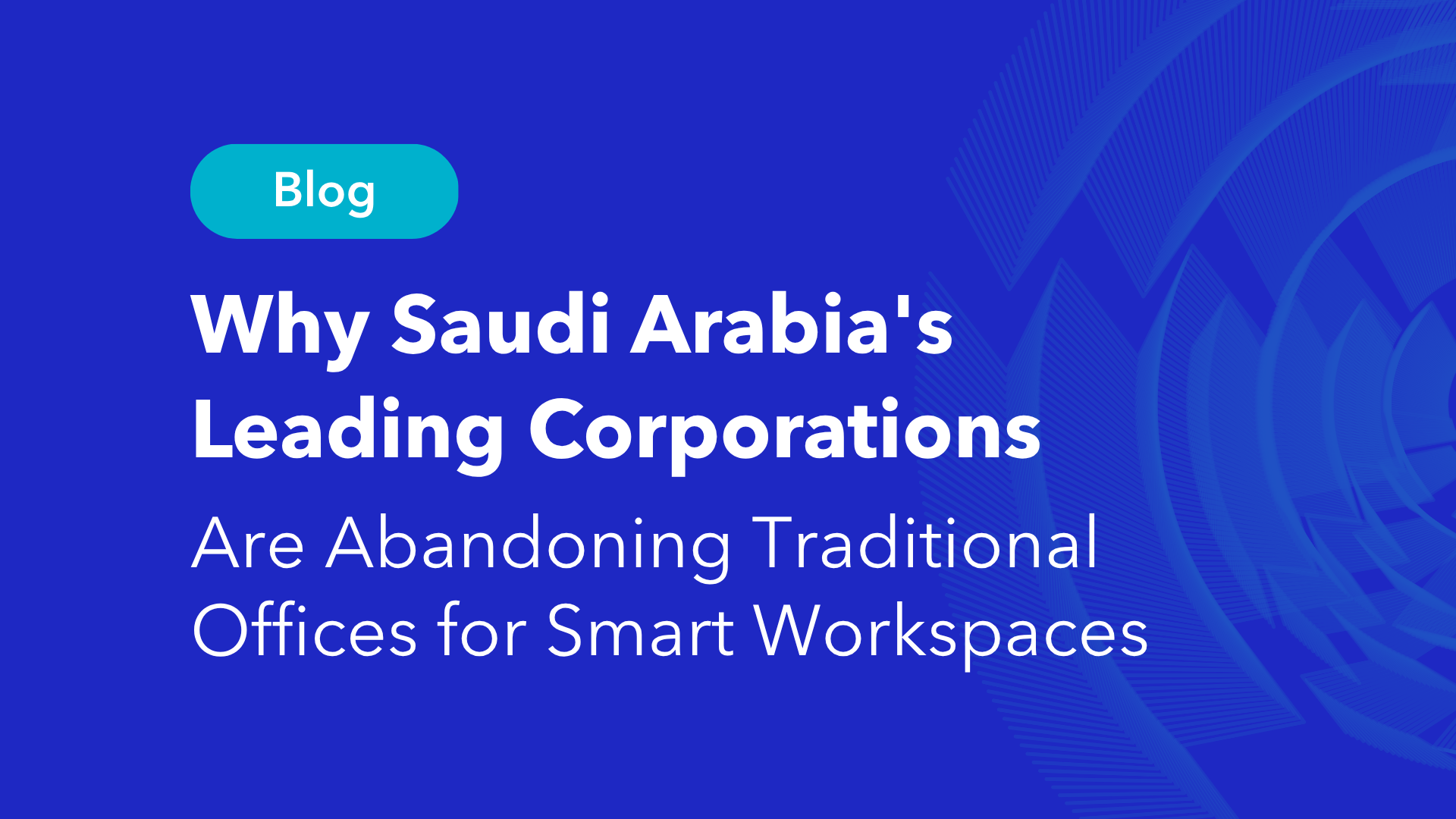In today’s complex business landscape, organizations face an array of challenges related to governance, risk, and compliance (GRC). These interconnected domains are crucial for ensuring effective management, mitigating risks, and adhering to regulatory requirements. GRC encompasses the processes, policies, and practices that enable organizations to achieve their strategic objectives while maintaining operational efficiency and legal compliance.
Governance refers to the framework of rules, practices, and processes that guide decision-making and ensure accountability within an organization. It encompasses corporate governance, which focuses on the roles and responsibilities of the board of directors, executives, and stakeholders, as well as data governance, which deals with the management and control of data assets.
Risk management involves identifying, assessing, and mitigating potential risks that could impact an organization’s operations, reputation, or financial performance. It encompasses various types of risks, including operational, financial, strategic, and compliance risks.
Compliance, on the other hand, refers to the adherence to relevant laws, regulations, industry standards, and internal policies. It ensures that organizations operate within legal and ethical boundaries, avoiding penalties, fines, and reputational damage.
The Importance of GRC in Organizations
Effective GRC practices are essential for organizations to achieve long-term success and maintain a competitive edge. By implementing robust GRC frameworks, organizations can:
- Enhance decision-making processes through transparent and accountable governance structures.
- Identify and mitigate potential risks, minimizing their impact on operations and financial performance.
- Ensure compliance with applicable laws, regulations, and industry standards, avoiding costly penalties and legal consequences.
- Foster a culture of ethical behavior and integrity, strengthening stakeholder trust and reputation.
- Streamline processes, reduce redundancies, and optimize resource allocation.
- Gain a competitive advantage by demonstrating a commitment to responsible and sustainable business practices.
Common Challenges in Governance
Implementing effective governance practices can be a daunting task for organizations, as they often face several challenges, including:
- Lack of clear roles and responsibilities: Ambiguity in the roles and responsibilities of various stakeholders, such as the board of directors, executives, and employees, can lead to confusion and ineffective decision-making processes.
- Siloed organizational structure: Departmental silos can hinder cross-functional collaboration and communication, making it difficult to establish a cohesive governance framework.
- Resistance to change: Implementing new governance policies and procedures may face resistance from employees accustomed to traditional ways of working, leading to delays and inefficiencies.
- Inadequate stakeholder engagement: Failing to involve key stakeholders, such as employees, customers, and shareholders, in the governance process can lead to a lack of buy-in and potential conflicts.
- Limited transparency and accountability: Insufficient transparency and accountability measures can erode trust among stakeholders and hinder effective decision-making.
Overcoming Challenges in Data Governance
Data has become a valuable asset for organizations, and effective data governance is crucial for ensuring data quality, security, and compliance. However, organizations often face challenges in implementing robust data governance practices, such as:
- Data silos: Data scattered across various systems and departments can lead to inconsistencies, duplications, and difficulties in accessing and integrating data.
- Data quality issues: Inaccurate, incomplete, or outdated data can undermine decision-making processes and lead to compliance violations.
- Lack of data ownership and accountability: Unclear roles and responsibilities regarding data management can result in ambiguity and conflicts.
- Limited data literacy: Insufficient understanding of data management principles and best practices among employees can hinder effective data governance implementation.
- Technological limitations: Outdated or inadequate data management tools and systems can impede data governance efforts.
To overcome these challenges, organizations should consider the following strategies:
- Establish a data governance committee: Assemble a cross-functional team responsible for developing and enforcing data governance policies and procedures.
- Implement data quality controls: Implement processes and tools to monitor and improve data quality, such as data validation, cleansing, and standardization.
- Foster data literacy: Provide training and education programs to enhance employees’ understanding of data management principles and best practices.
- Leverage data management tools: Invest in modern data management platforms and tools that facilitate data integration, quality control, and governance.
- Promote data ownership and accountability: Clearly define roles and responsibilities related to data management and ensure accountability measures are in place.
Addressing Challenges in Corporate Governance
Corporate governance is a critical aspect of ensuring ethical and responsible business practices. However, organizations often face challenges in implementing effective corporate governance frameworks, such as:
- Conflicts of interest: Potential conflicts of interest among board members, executives, and stakeholders can undermine objective decision-making and lead to unethical practices.
- Board independence and diversity: Lack of independence and diversity within the board of directors can lead to groupthink and limit the range of perspectives and expertise.
- Executive compensation and incentives: Misaligned compensation and incentive structures can encourage short-term thinking and excessive risk-taking.
- Shareholder activism: Increasing shareholder activism and demands for greater transparency and accountability can create tensions and challenges for organizations.
- Regulatory compliance: Navigating complex and evolving regulatory landscapes can be challenging, particularly for organizations operating in multiple jurisdictions.
To address these challenges, organizations should consider the following strategies:
- Enhance board independence and diversity: Ensure that the board of directors comprises a diverse range of backgrounds, expertise, and perspectives, and maintain appropriate levels of independence from management.
- Implement robust conflict of interest policies: Establish clear policies and procedures for identifying and managing potential conflicts of interest among board members, executives, and stakeholders.
- Align executive compensation with long-term performance: Design executive compensation and incentive structures that encourage sustainable growth and align with the organization’s long-term strategic objectives.
- Strengthen shareholder engagement: Promote open and transparent communication with shareholders, addressing their concerns and involving them in decision-making processes where appropriate.
- Continuously monitor regulatory changes: Stay informed about evolving regulatory landscapes and proactively adapt governance practices to ensure compliance.
Understanding the Governance, Risk, and Compliance Framework
The governance risk and compliance (GRC) framework is a structured approach that integrates the various components of GRC into a cohesive and comprehensive management system. By adopting a GRC framework, organizations can effectively manage risks, ensure compliance, and promote ethical and responsible business practices.
The GRC framework typically consists of the following key elements:
Governance
This component establishes the organizational structure, policies, and processes that guide decision-making and ensure accountability. It includes aspects such as corporate governance, data governance, and IT governance.
Risk Management
This component involves identifying, assessing, and mitigating potential risks that could impact the organization’s operations, financial performance, or reputation. It encompasses various risk categories, including operational, financial, strategic, and compliance risks.
Compliance
This component focuses on ensuring adherence to relevant laws, regulations, industry standards, and internal policies. It involves implementing controls, monitoring mechanisms, and reporting processes to maintain compliance and avoid penalties or legal consequences.
Integration and Automation
The GRC framework promotes the integration and automation of various processes and systems to streamline operations, enhance efficiency, and reduce redundancies.
Continuous Improvement
The framework emphasizes the importance of continuous monitoring, evaluation, and improvement of GRC practices to adapt to changing business environments and regulatory landscapes.
By implementing a comprehensive GRC framework, organizations can achieve several benefits, including:
- Improved decision-making and risk management.
- Enhanced operational efficiency and cost savings.
- Increased transparency and accountability.
- Strengthened compliance and reduced legal exposure.
- Fostered ethical and responsible business practices.
- Improved stakeholder trust and reputation.
- Implementing effective risk management strategies.
Risk management is a critical component of the GRC framework, as it helps organizations identify, assess, and mitigate potential risks that could impact their operations, financial performance, or reputation. Effective risk management strategies involve the following key steps:
Risk Identification
Identify potential risks across various categories, including operational, financial, strategic, and compliance risks. This can be achieved through risk assessments, stakeholder consultations, and continuous monitoring of internal and external environments.
Risk Analysis and Evaluation
Analyze and evaluate identified risks based on their likelihood of occurrence and potential impact. This process involves quantifying risks, prioritizing them, and determining appropriate mitigation strategies.
Risk Mitigation
Develop and implement strategies to mitigate or manage identified risks. These strategies may include:
- Avoidance: Eliminating or discontinuing activities that pose unacceptable risks.
- Reduction: Implementing controls or processes to reduce the likelihood or impact of risks.
- Transfer: Transferring risks to third parties through insurance, outsourcing, or contractual arrangements.
- Acceptance: Accepting risks within the organization’s risk tolerance levels and implementing monitoring and contingency plans.
- Risk monitoring and reporting: Continuously monitor and report on the effectiveness of risk mitigation strategies, emerging risks, and changes in the risk landscape. This information should be communicated to relevant stakeholders for informed decision-making.
- Continuous improvement: Regularly review and update risk management processes, policies, and tools to ensure their effectiveness and alignment with the organization’s evolving needs and industry best practices.
By implementing robust risk management strategies, organizations can proactively identify and address potential risks, minimizing their impact on operations, financial performance, and reputation.
Compliance Challenges and Solutions
Ensuring compliance with relevant laws, regulations, and industry standards is a critical aspect of the GRC framework. However, organizations often face several challenges in maintaining compliance, including:
- Regulatory complexity: Navigating the intricate web of laws, regulations, and industry standards can be complex, particularly for organizations operating in multiple jurisdictions or industries.
- Constantly evolving regulatory landscape: Regulatory requirements are constantly evolving, making it challenging for organizations to stay up-to-date and adapt their compliance programs accordingly.
- Data privacy and security concerns: With the increasing importance of data privacy and security, organizations must ensure compliance with data protection regulations, such as the General Data Protection Regulation (GDPR) and the California Consumer Privacy Act (CCPA).
- Limited resources and expertise: Maintaining compliance often requires dedicated resources, expertise, and specialized tools, which can be challenging for organizations with limited budgets or staffing constraints.
- Lack of integration and automation: Manual processes and siloed systems can hinder compliance efforts, leading to inefficiencies, errors, and increased risk of non-compliance.
To address these challenges, organizations should consider the following solutions:
- Implement a compliance management system: Establish a centralized system for managing and monitoring compliance requirements, policies, and procedures across the organization.
- Leverage technology and automation: Invest in compliance management tools and automated processes to streamline compliance activities, reduce manual effort, and enhance accuracy.
- Prioritize compliance training and awareness: Provide regular training and awareness programs to ensure employees understand and adhere to compliance requirements.
- Establish a dedicated compliance team: Assemble a cross-functional team with expertise in various compliance domains to oversee and coordinate compliance efforts.
- Conduct regular compliance audits and assessments: Implement processes for regularly auditing and assessing compliance status, identifying gaps, and implementing corrective actions.
- Stay informed about regulatory changes: Monitor regulatory developments and industry best practices to proactively adapt compliance programs and minimize the risk of non-compliance.
By addressing these challenges and implementing effective compliance solutions, organizations can mitigate legal and financial risks, protect their reputation, and foster a culture of ethical and responsible business practices.
Best Practices for Successful GRC Implementation
Implementing a comprehensive GRC framework is a complex undertaking that requires careful planning, execution, and ongoing monitoring. To ensure successful GRC implementation, organizations should consider the following best practices:
- Secure executive sponsorship and buy-in: Obtain strong support and commitment from executive leadership and ensure they actively champion GRC initiatives throughout the organization.
- Establish a dedicated GRC team: Assemble a cross-functional team with expertise in governance, risk management, and compliance to drive and coordinate GRC efforts.
- Conduct a thorough assessment: Perform a comprehensive assessment of the organization’s current state, identifying gaps, risks, and areas for improvement in GRC practices.
- Develop a comprehensive GRC strategy and roadmap: Based on the assessment findings, develop a clear strategy and roadmap for implementing and integrating GRC processes, policies, and technologies.
- Foster a culture of compliance and risk awareness: Promote a culture of compliance and risk awareness through ongoing training, communication, and reinforcement of GRC principles at all levels of the organization.
- Leverage technology and automation: Invest in modern GRC software and tools to streamline processes, enhance collaboration, and enable data-driven decision-making.
- Ensure integration and alignment: Align GRC initiatives with the organization’s overall strategy, objectives, and existing processes to ensure seamless integration and avoid siloed efforts.
- Establish clear roles, responsibilities, and accountability: Clearly define roles, responsibilities, and accountability for GRC activities across the organization, ensuring effective governance and oversight.
- Continuously monitor and improve: Regularly monitor and assess the effectiveness of GRC practices, identify areas for improvement, and implement necessary adjustments to adapt to changing business environments and regulatory landscapes.
- Promote transparency and stakeholder engagement: Foster transparency and actively engage with stakeholders, including employees, customers, partners, and regulatory bodies, to ensure alignment and build trust.
By following these best practices, organizations can increase the chances of successful GRC implementation, enabling them to effectively manage risks, ensure compliance, and promote ethical and responsible business practices.
Depend on Alnafitha IT for IT GRC Services: Alnafitha IT offers comprehensive IT GRC services to help organizations navigate the complexities of governance, risk, and compliance in the digital age. Our team of experts can assist you in implementing robust GRC frameworks, ensuring data security, and maintaining compliance with industry regulations. Trust Alnafitha IT to streamline your GRC processes, mitigate risks, and unlock the full potential of your IT investments.
Conclusion and Future Trends in GRC
Governance, risk, and compliance (GRC) are essential components for organizations to achieve long-term success, maintain operational efficiency, and foster a culture of ethical and responsible business practices. As the business landscape continues to evolve, organizations must adapt their GRC strategies to address emerging challenges and leverage new opportunities.
One of the key future trends in GRC is the increasing integration of technology and automation. Advanced technologies, such as artificial intelligence (AI), machine learning (ML), and robotic process automation (RPA), are expected to play a significant role in streamlining GRC processes, enhancing risk detection and mitigation, and enabling real-time compliance monitoring.
Additionally, the growing importance of environmental, social, and governance (ESG) factors is likely to shape the future of GRC. Organizations will need to prioritize sustainability, social responsibility, and ethical governance practices to meet stakeholder expectations and regulatory requirements.
Data privacy and security will remain a critical focus area, with ongoing updates to data protection regulations and heightened concerns over cyber threats. Organizations must continuously adapt their data governance and compliance strategies to safeguard sensitive information and maintain consumer trust.
Furthermore, the increasing complexity of global supply chains and third-party relationships will necessitate robust vendor risk management practices. Organizations will need to implement comprehensive due diligence processes and continuously monitor their supply chain partners to mitigate risks and ensure compliance.
Effective GRC implementation requires a holistic approach, involving cross-functional collaboration, strong leadership support, and a culture of continuous improvement. By embracing best practices, leveraging technology, and staying ahead of emerging trends, organizations can navigate the challenges of governance, risk, and compliance, and position themselves for long-term success in an ever-changing business environment.
